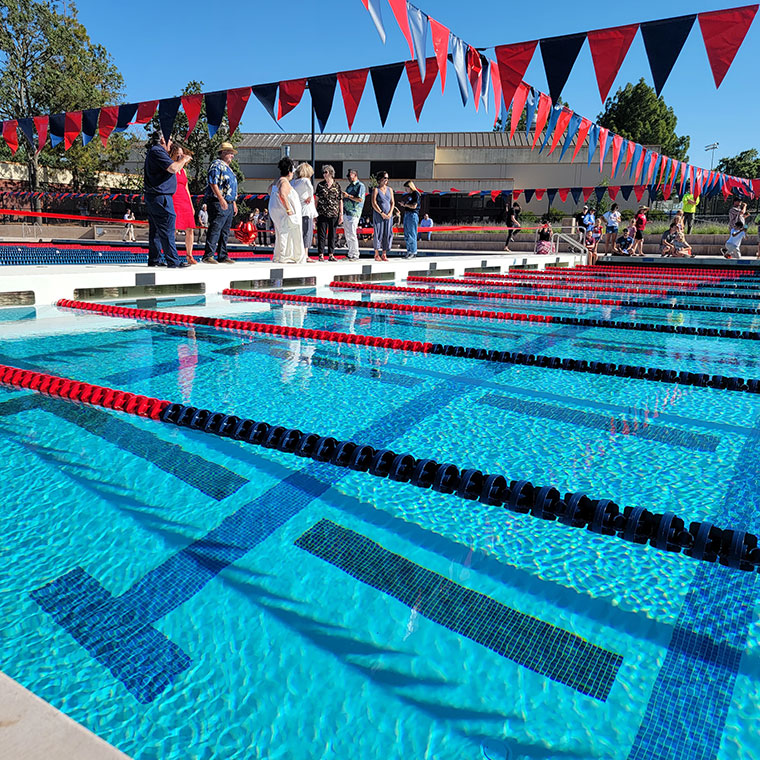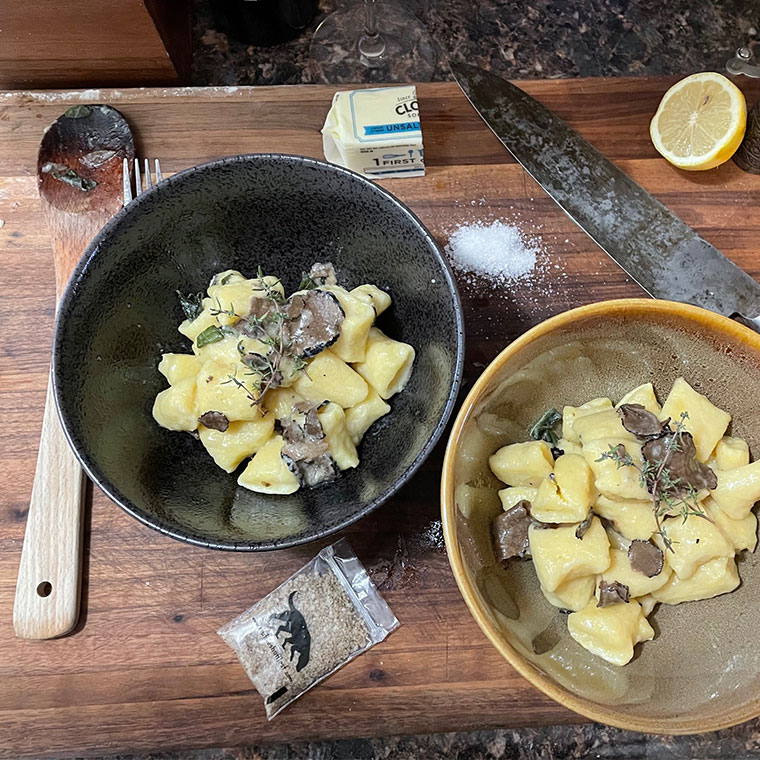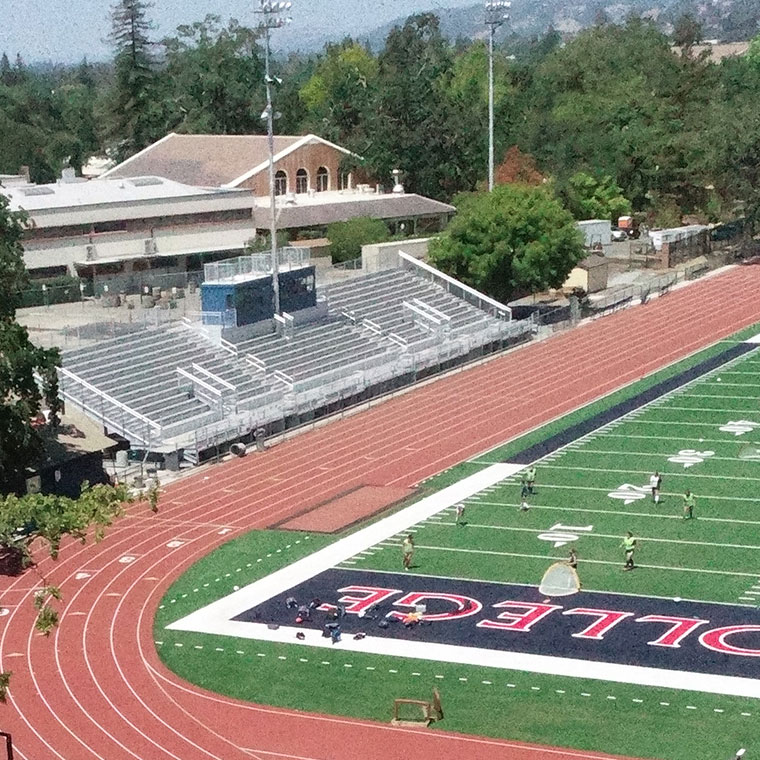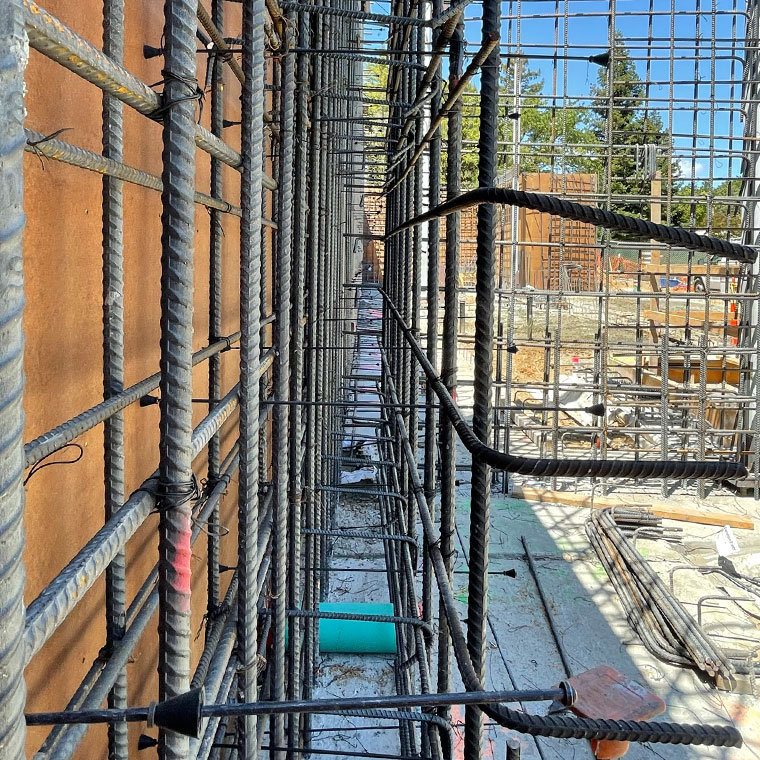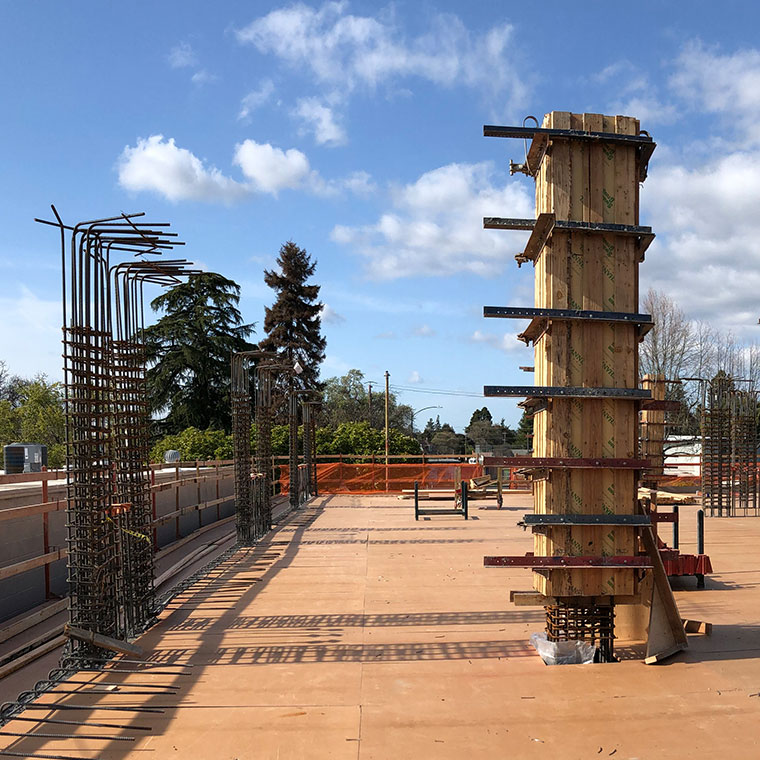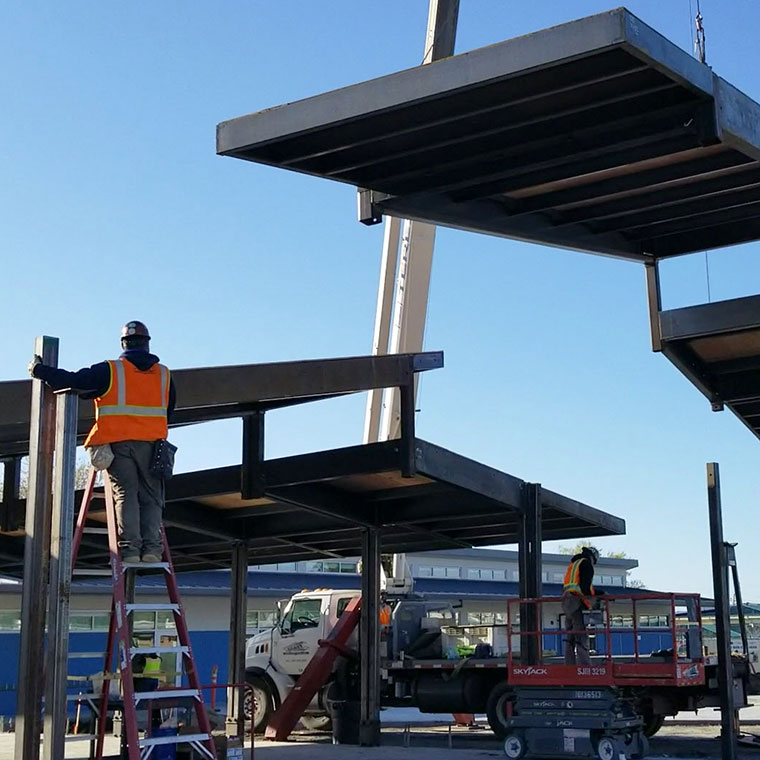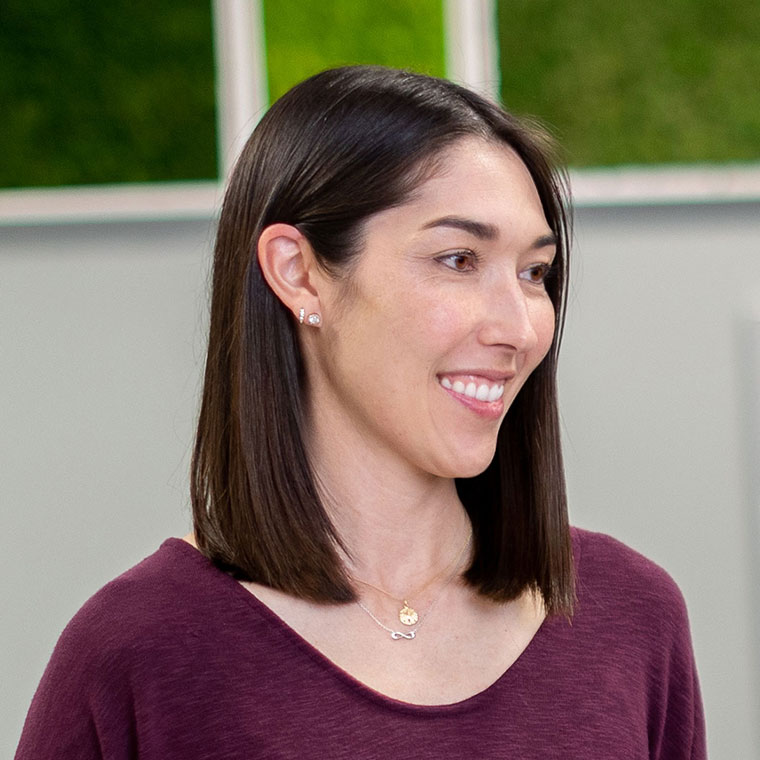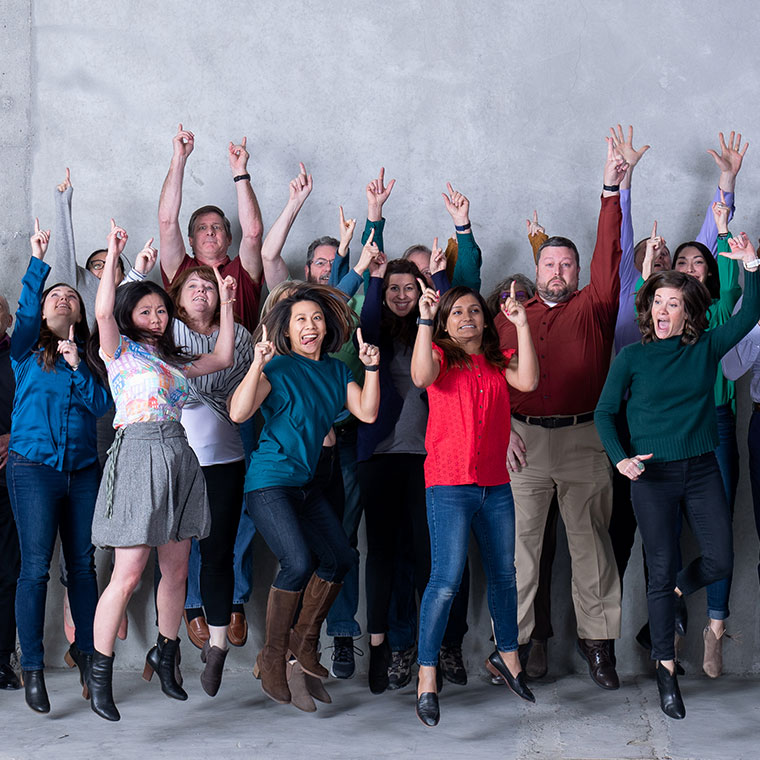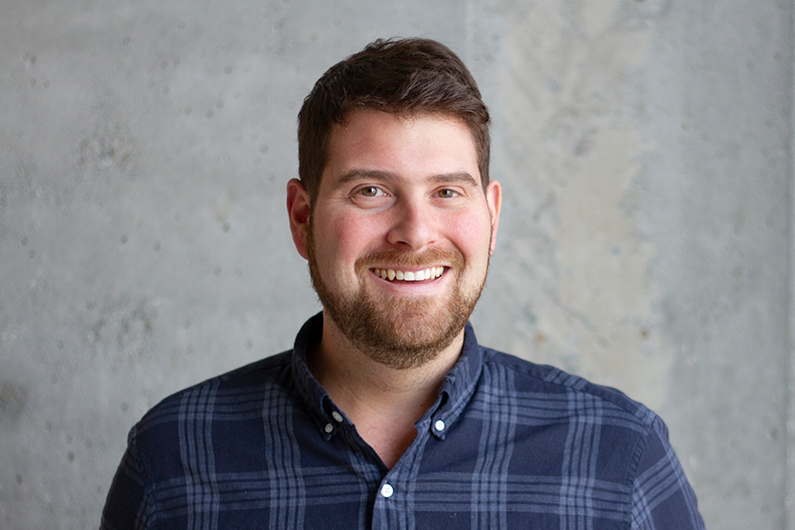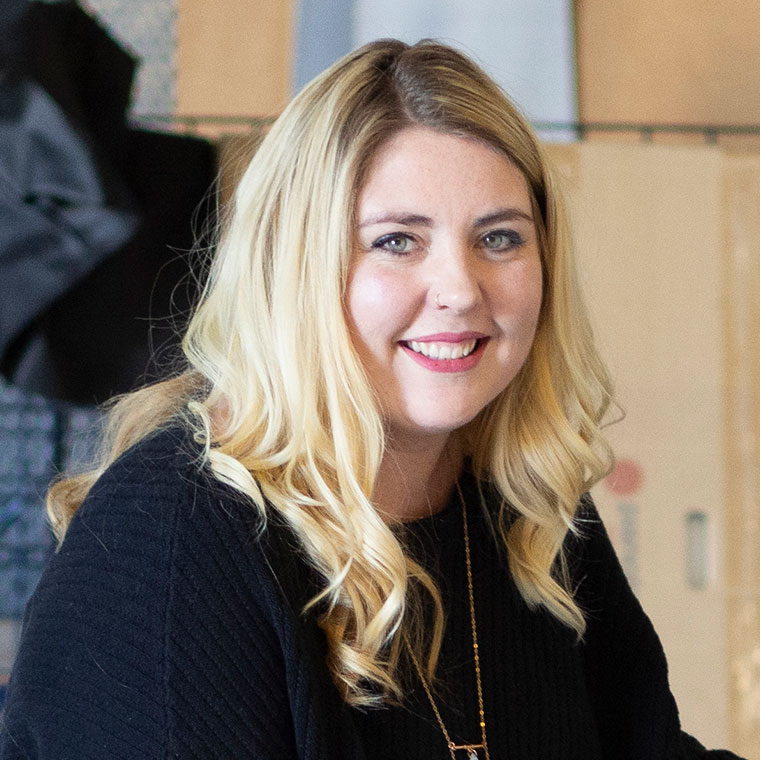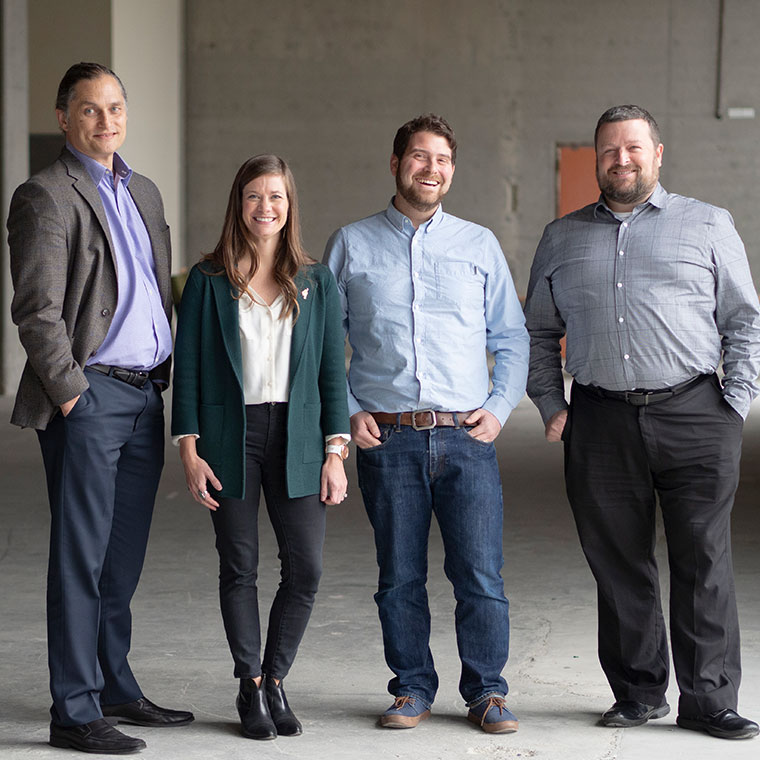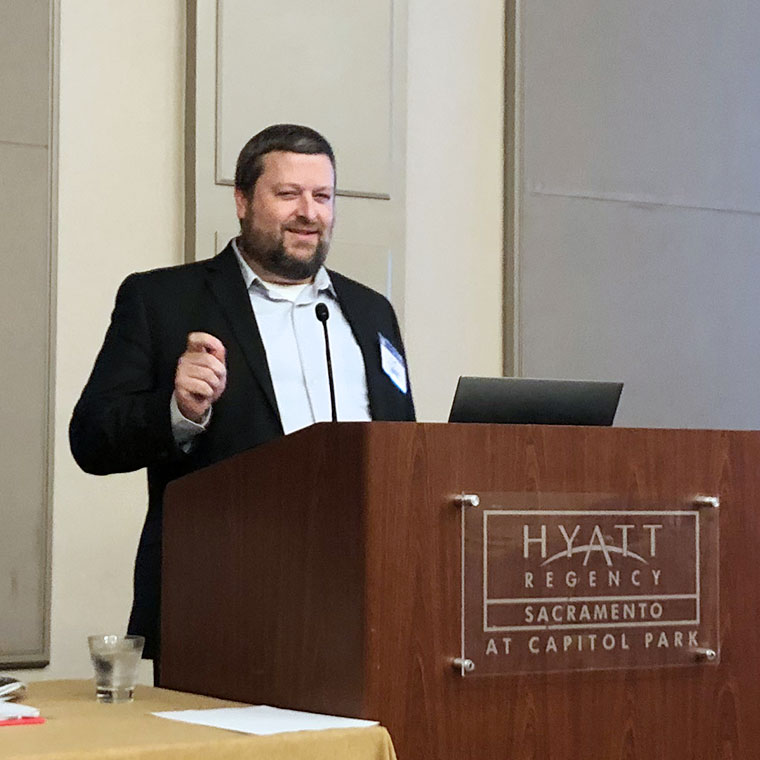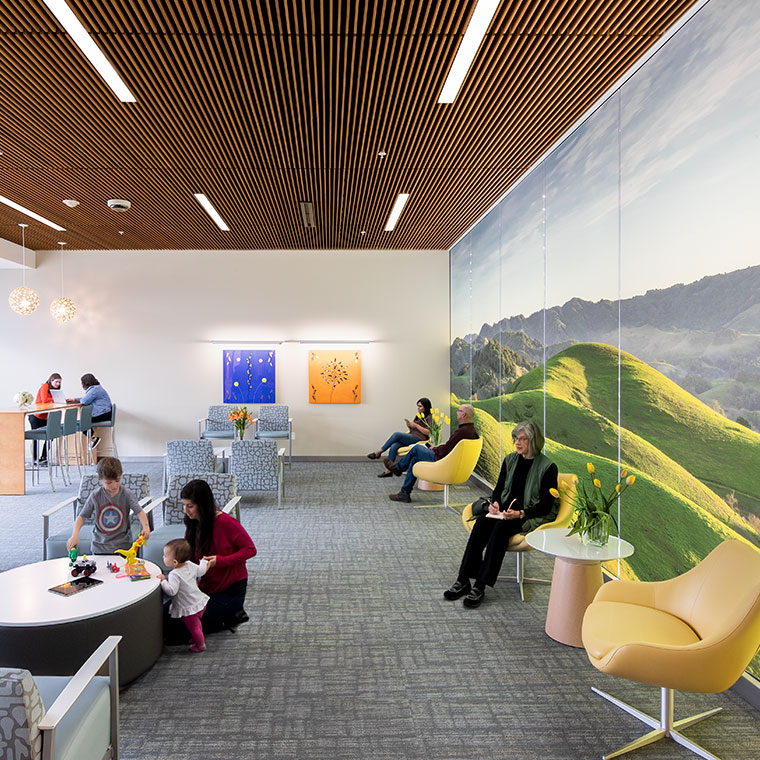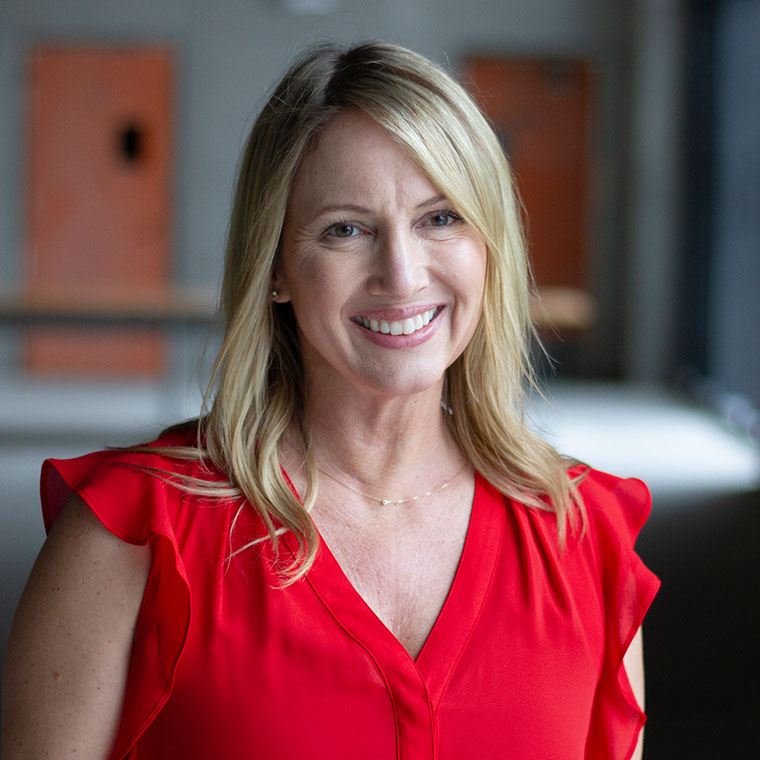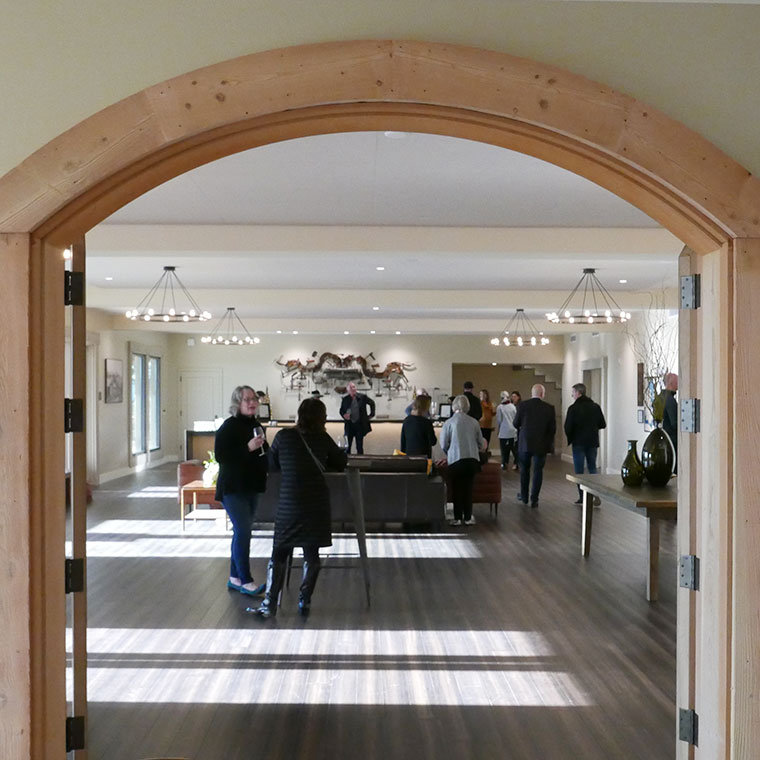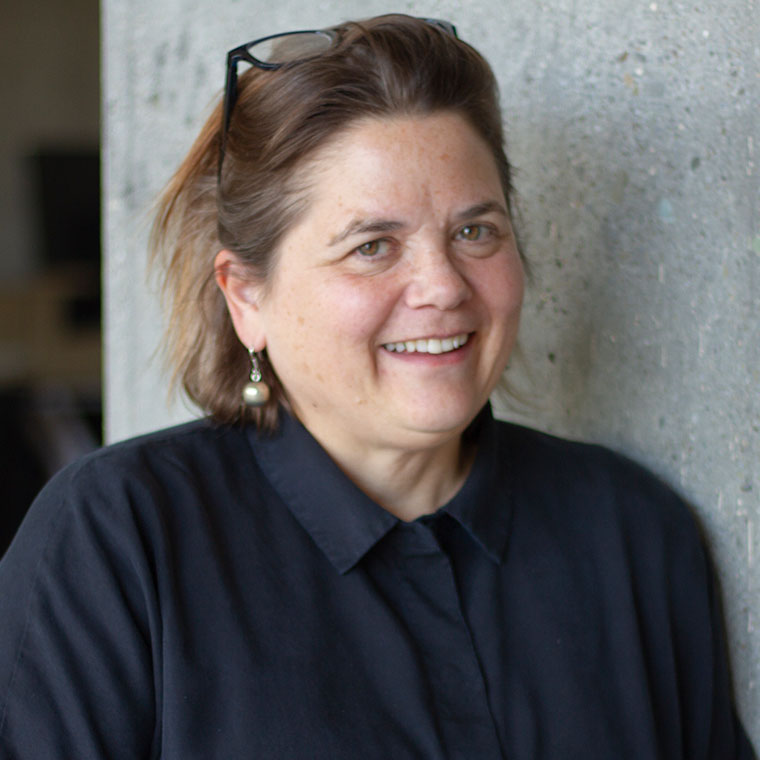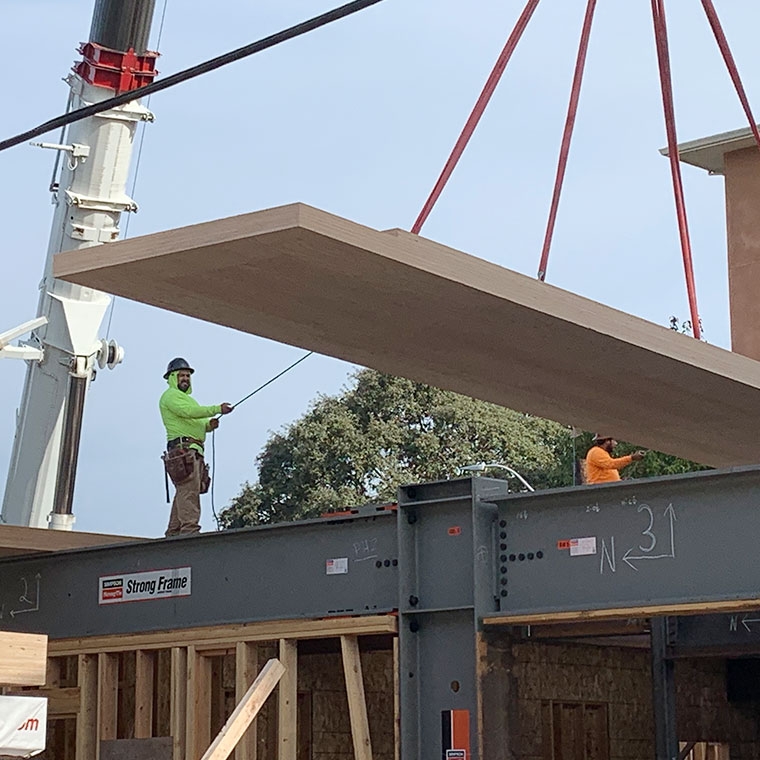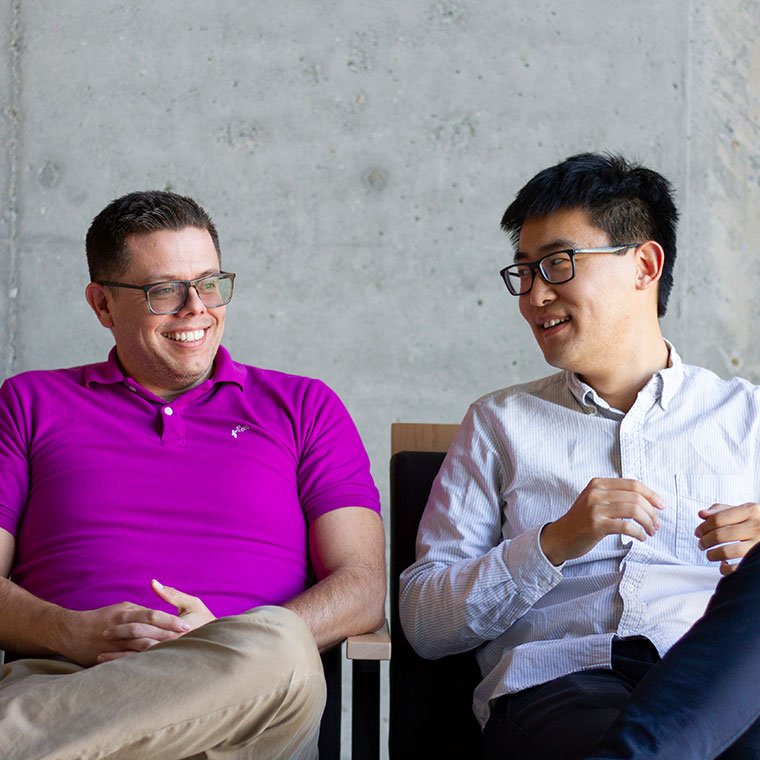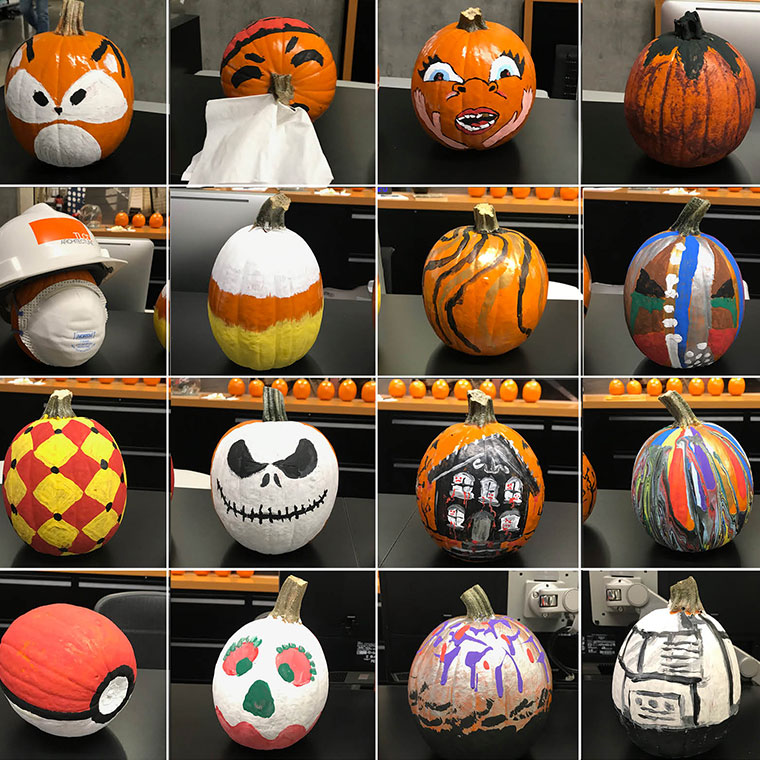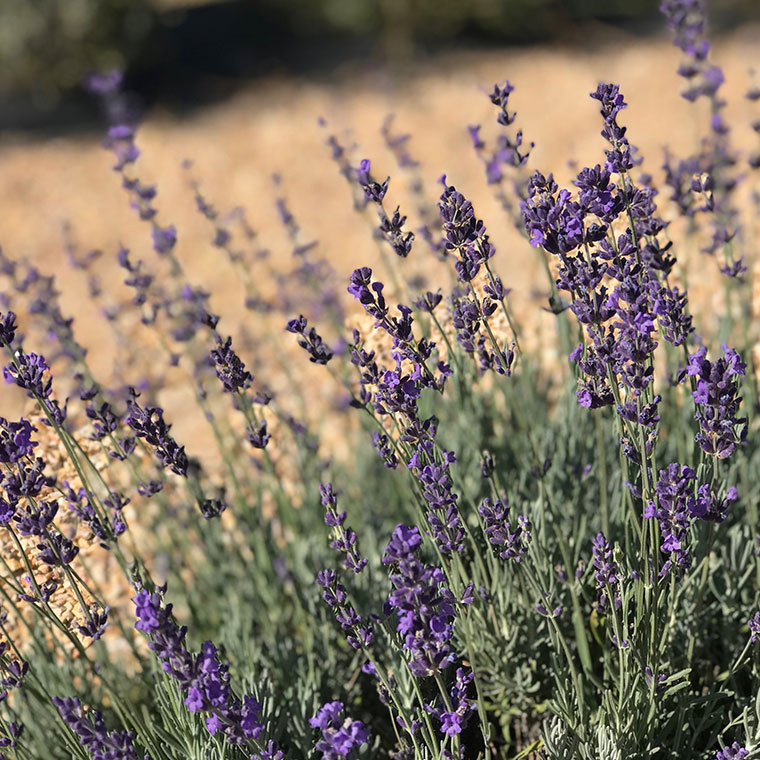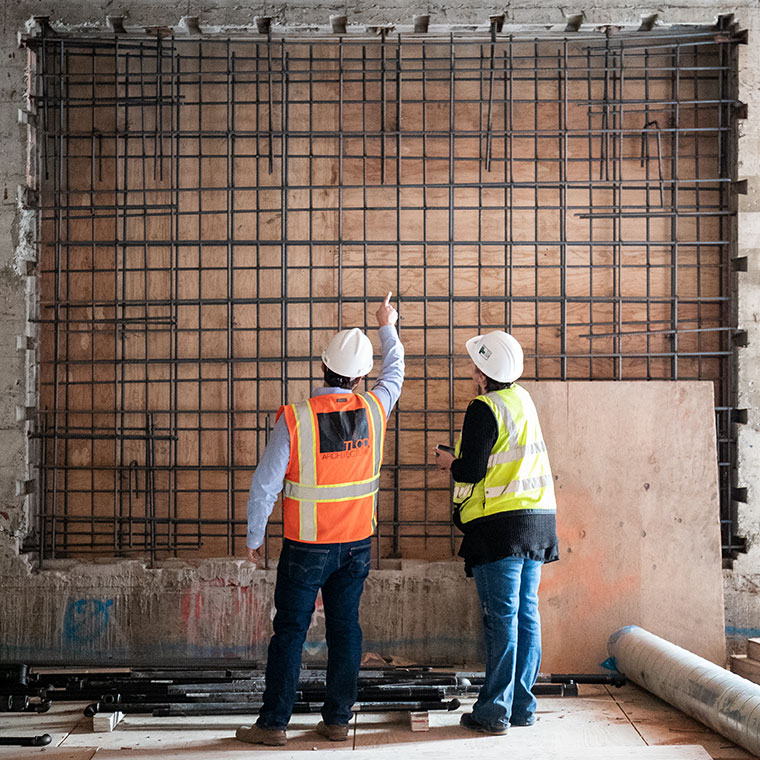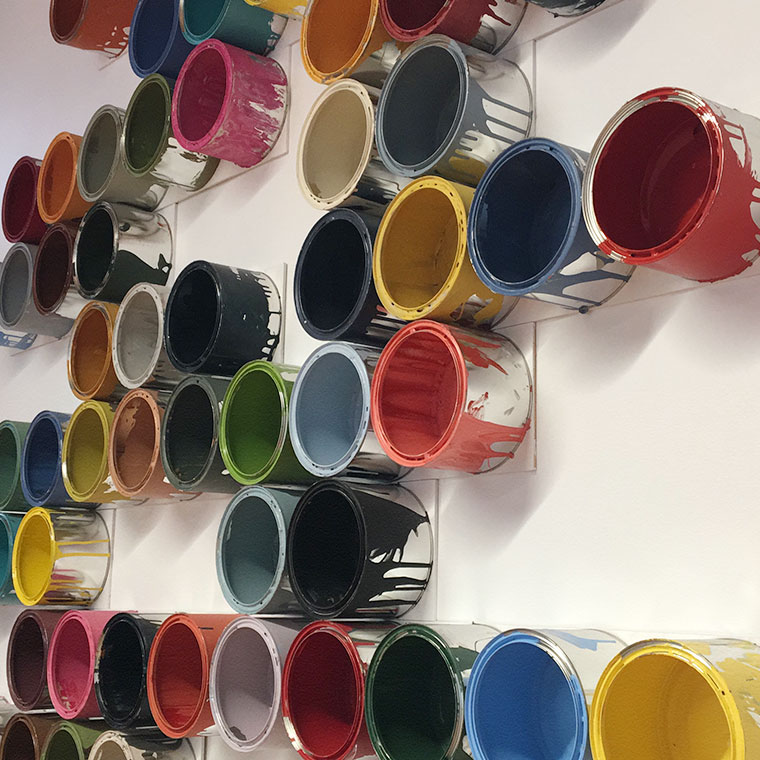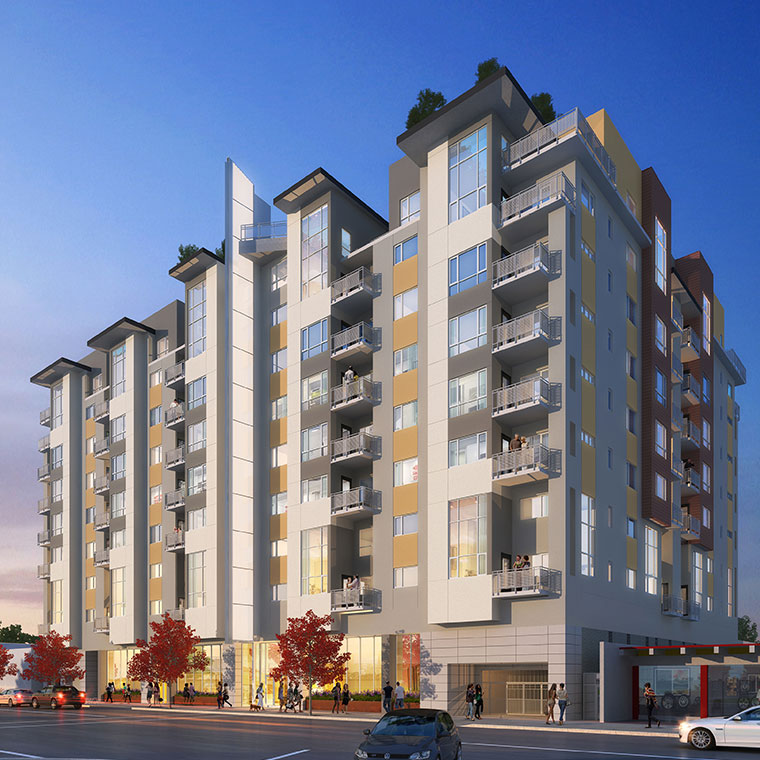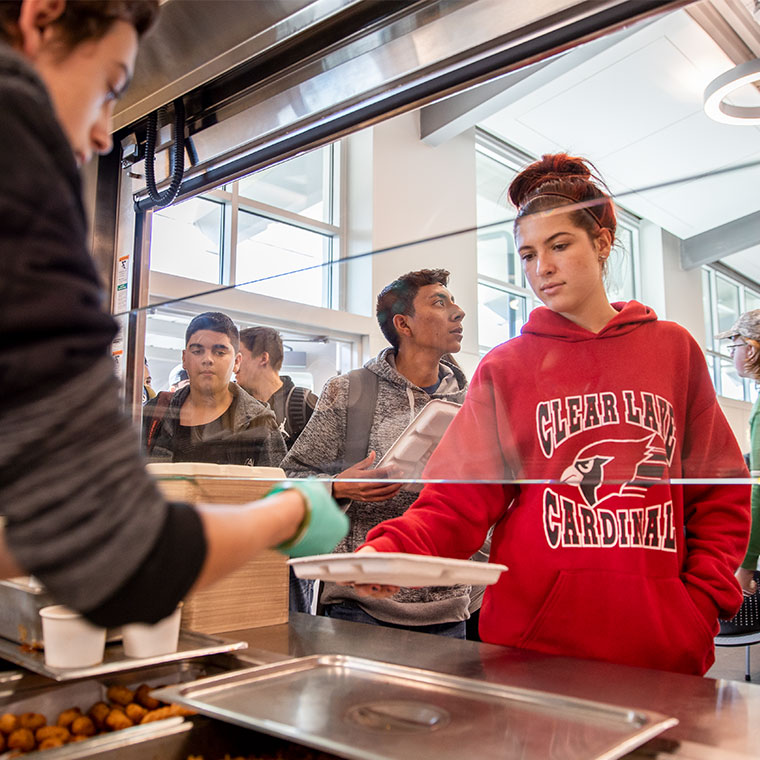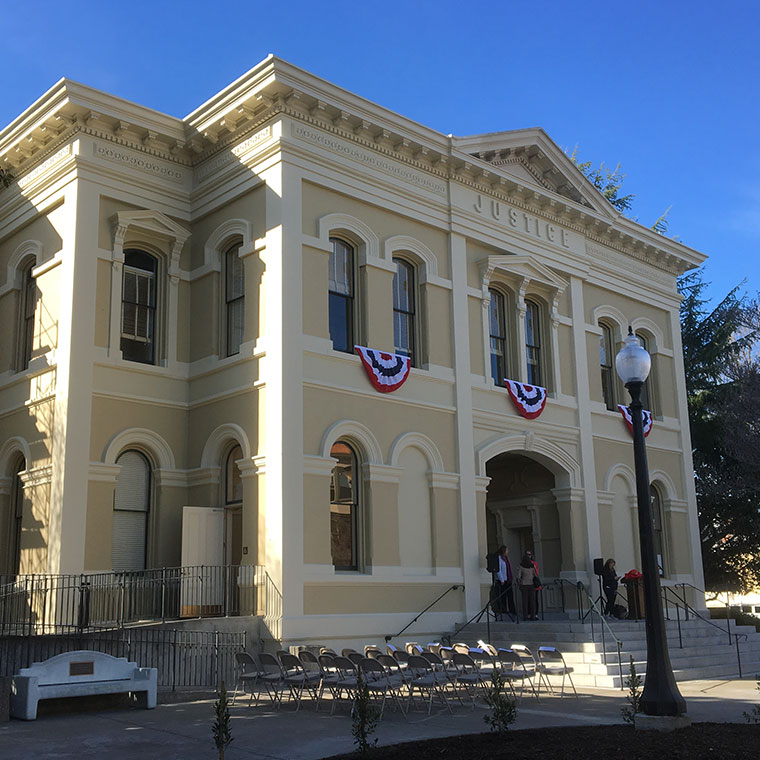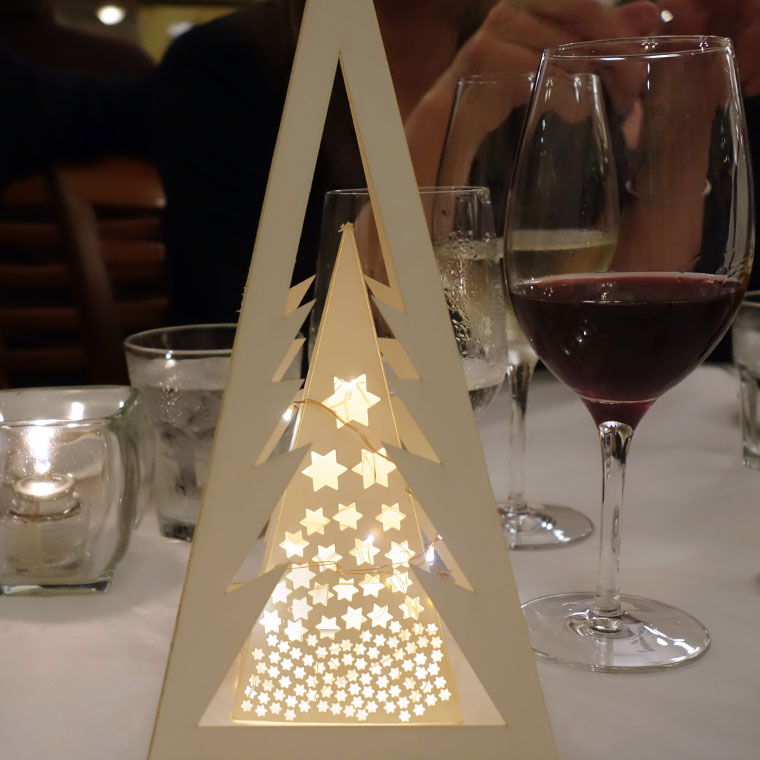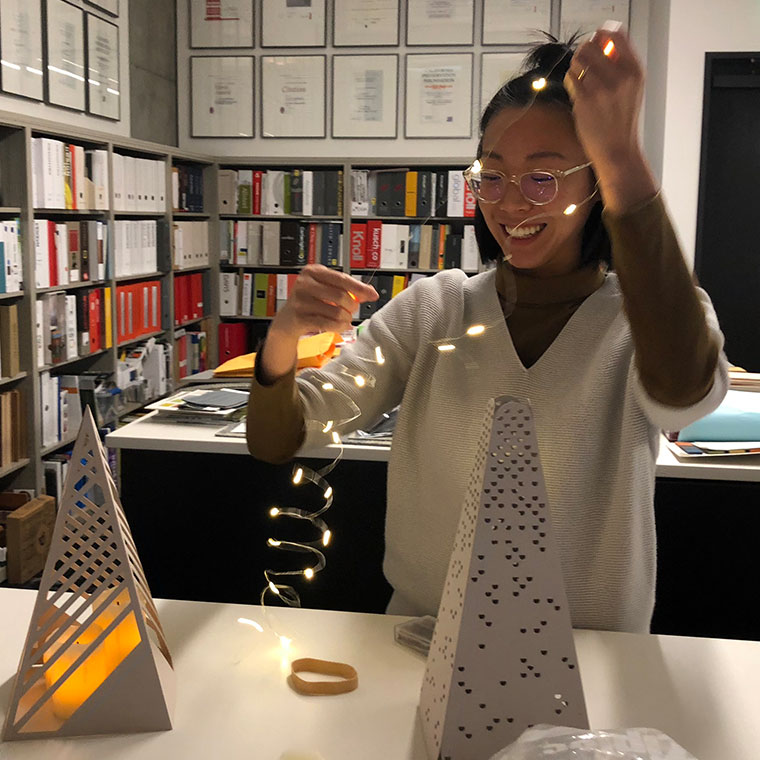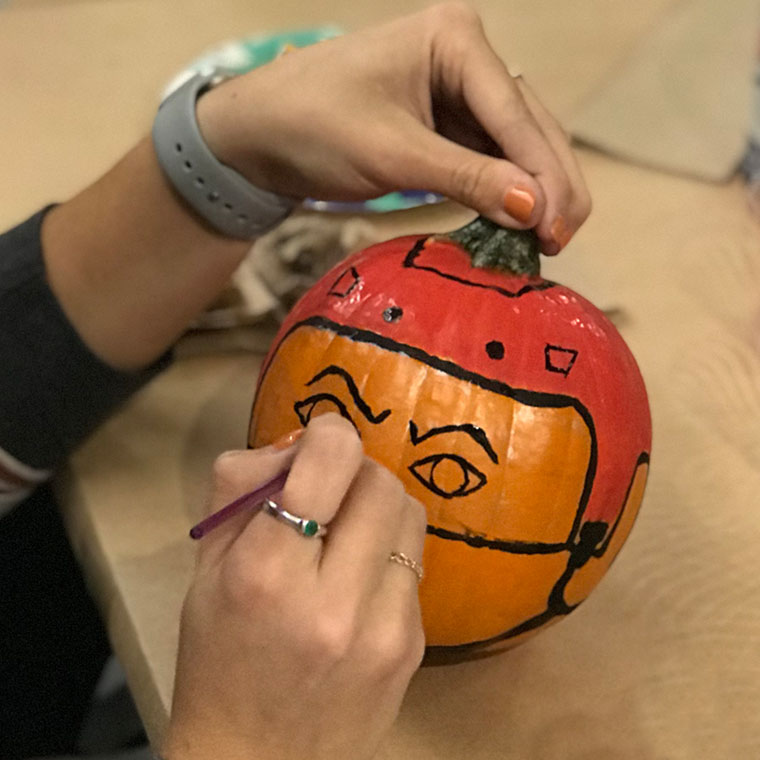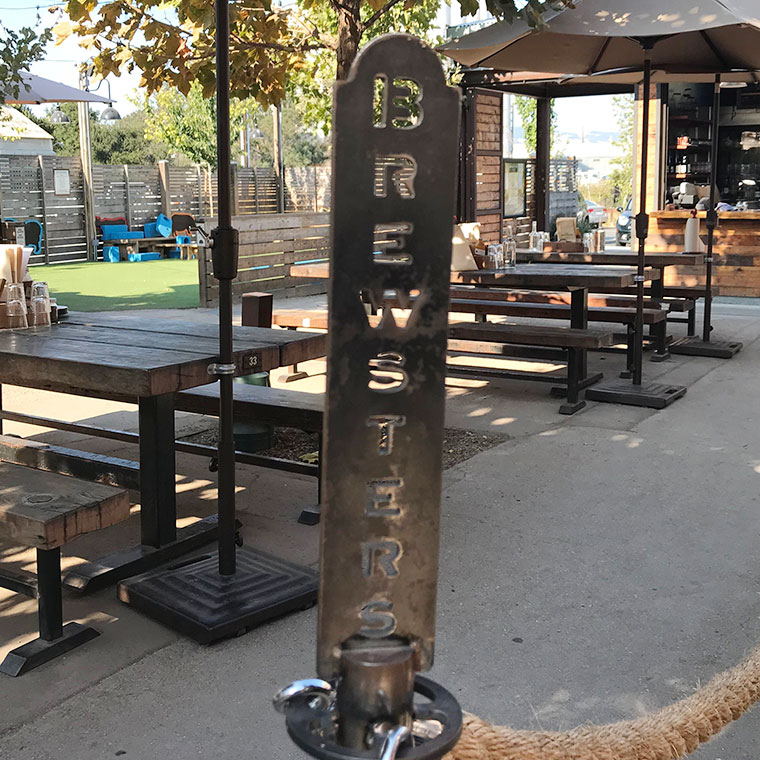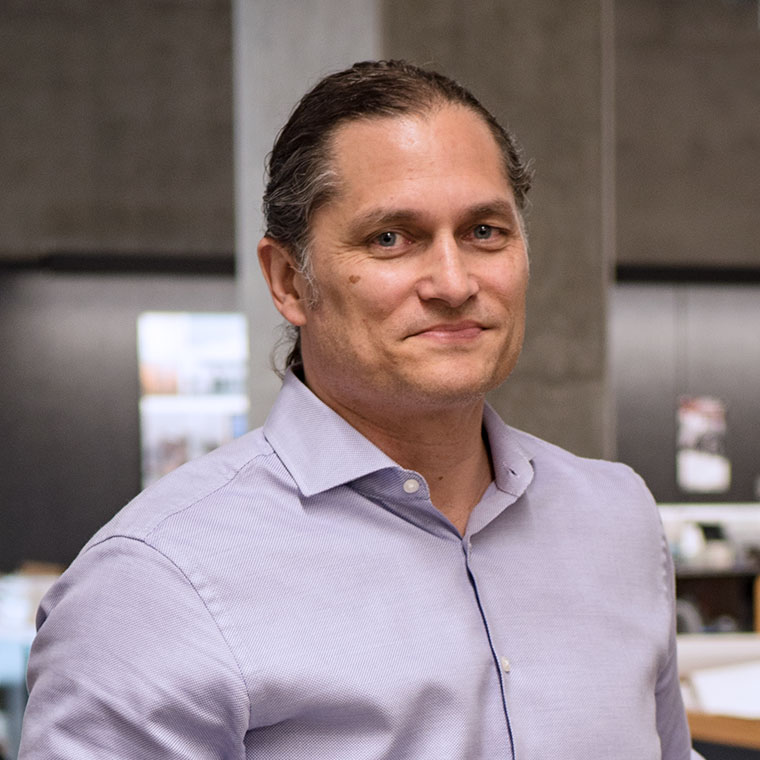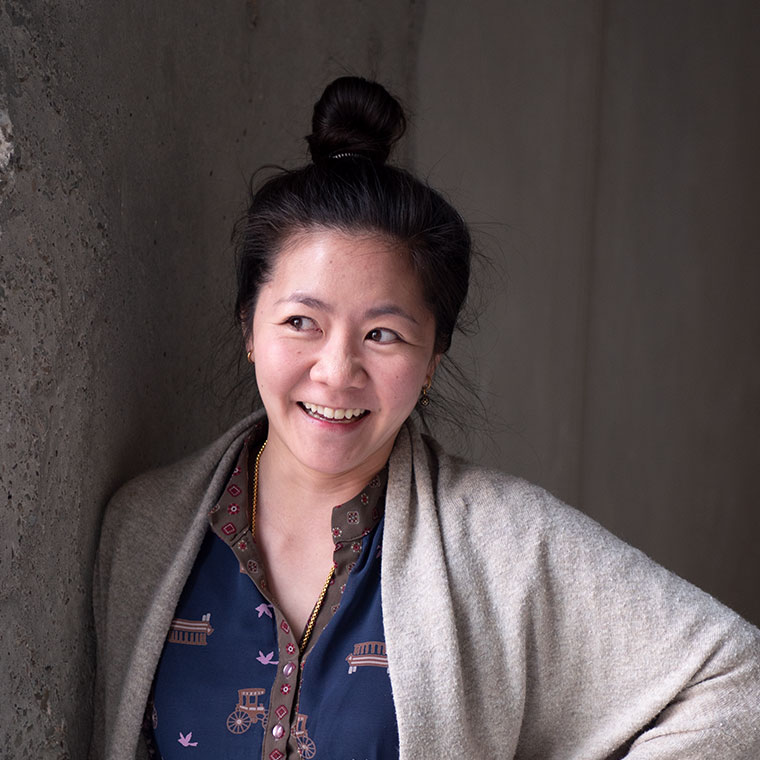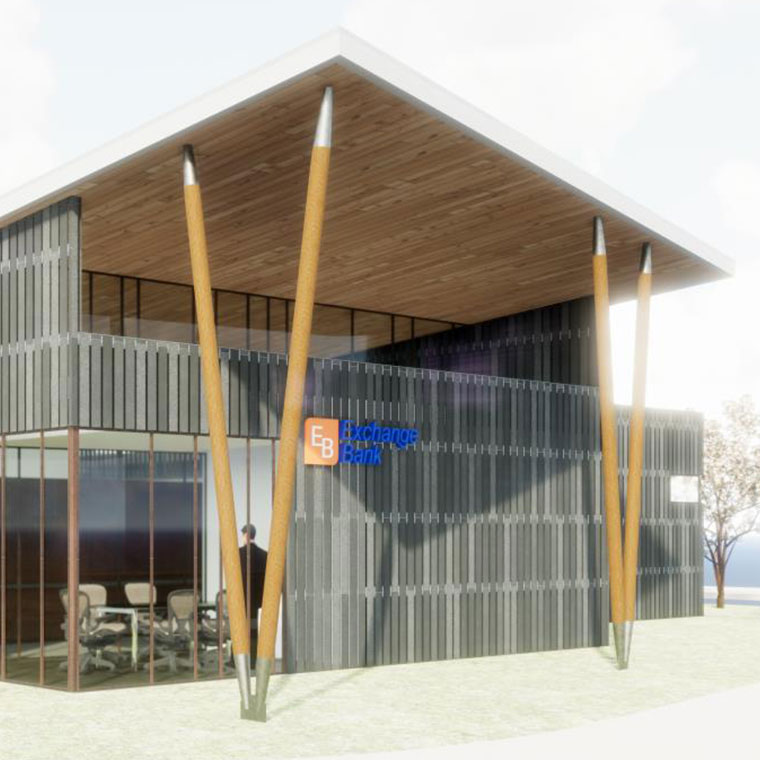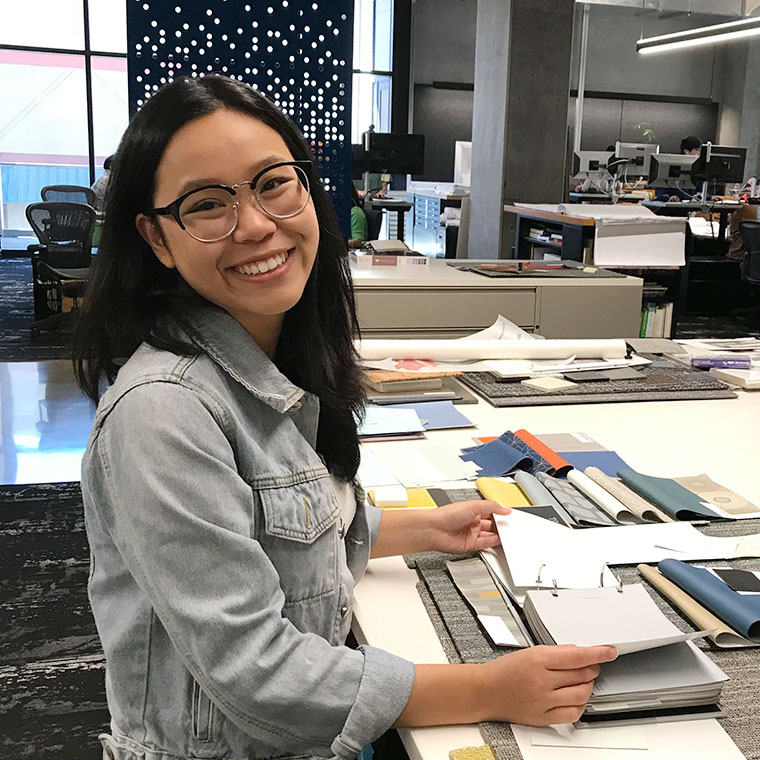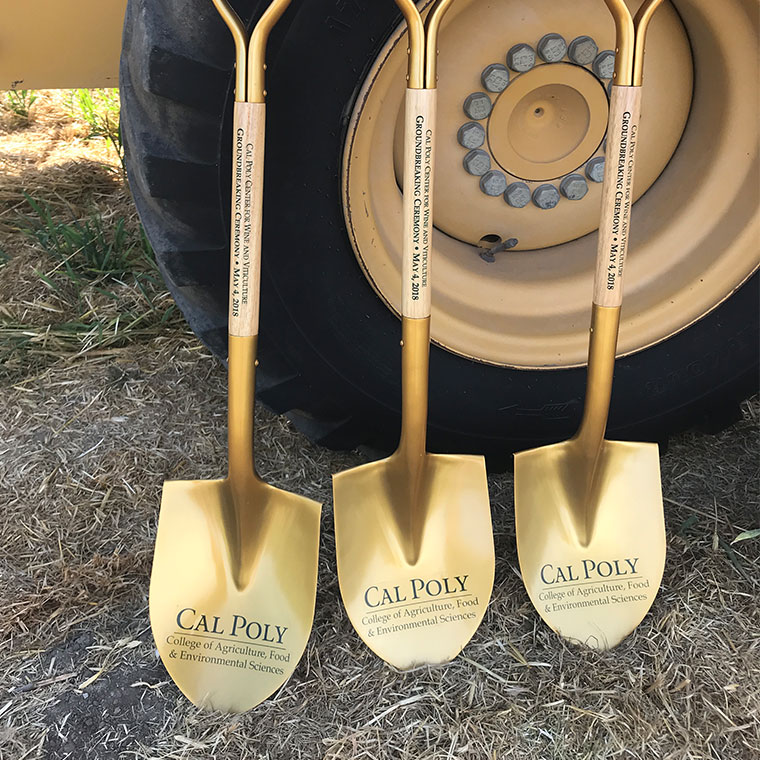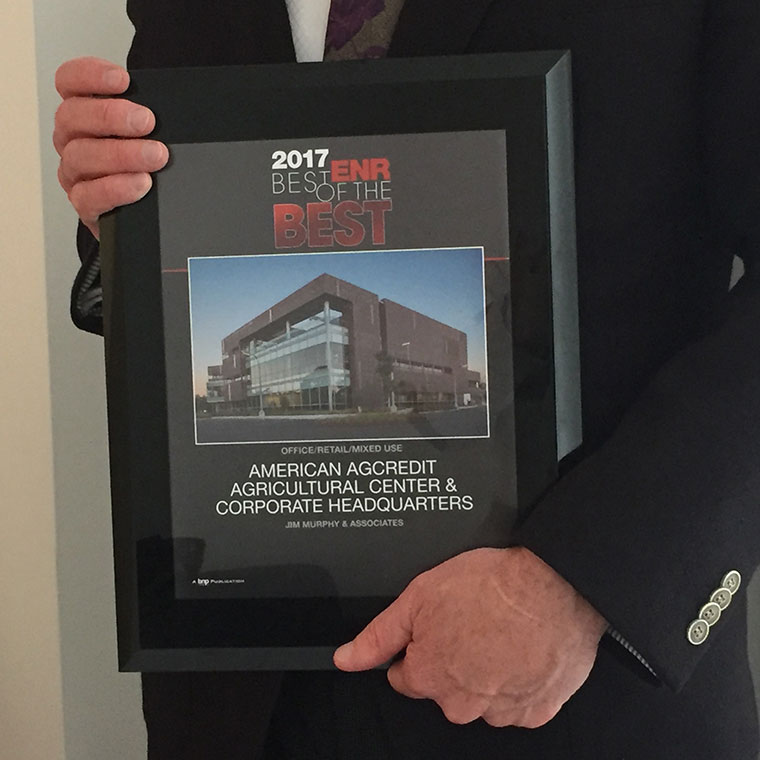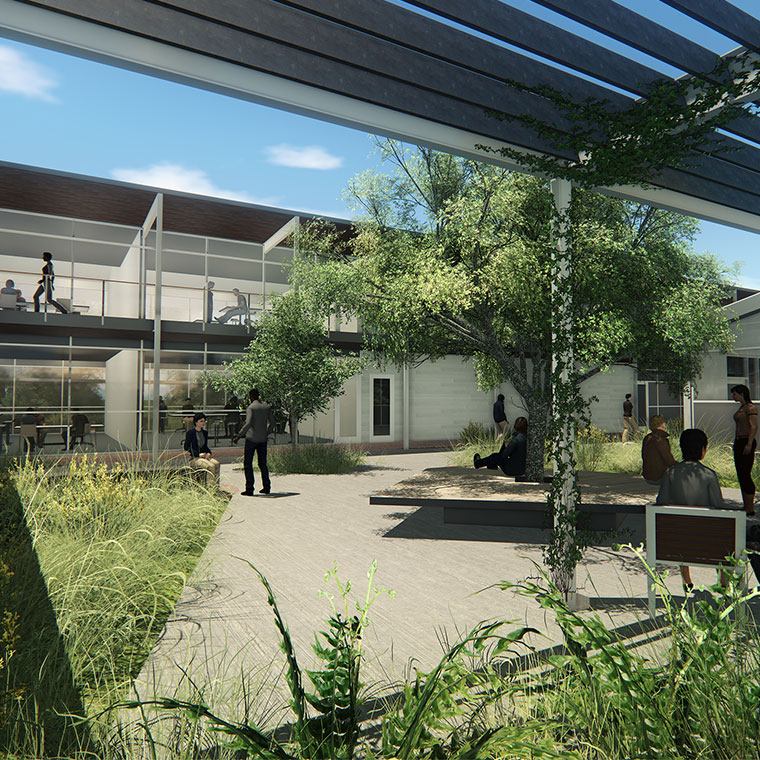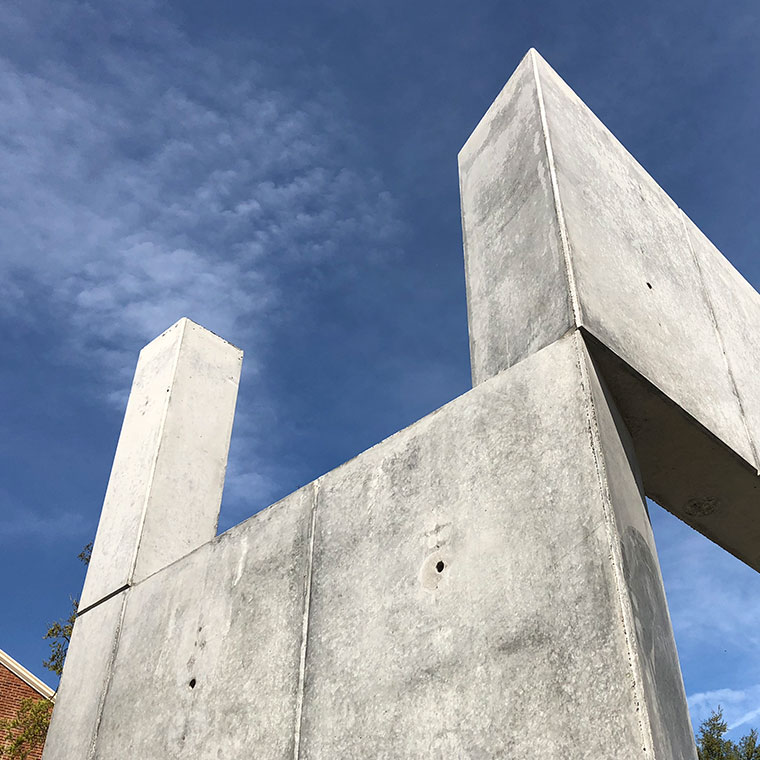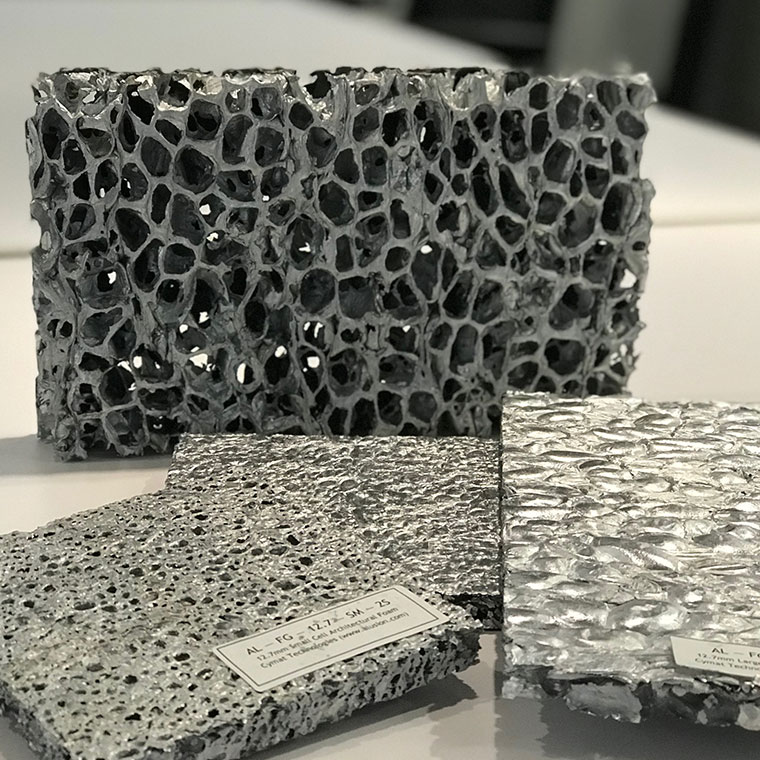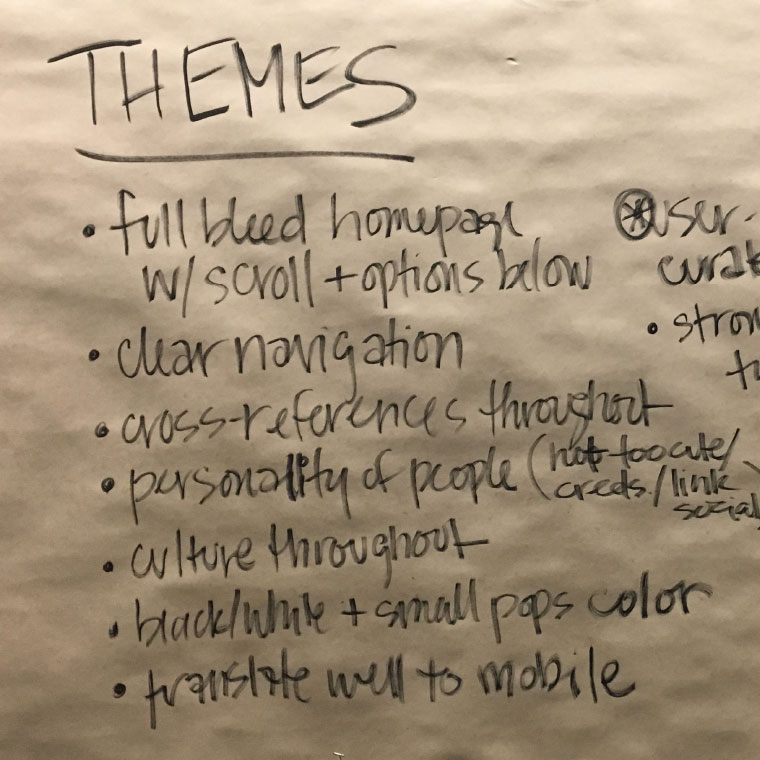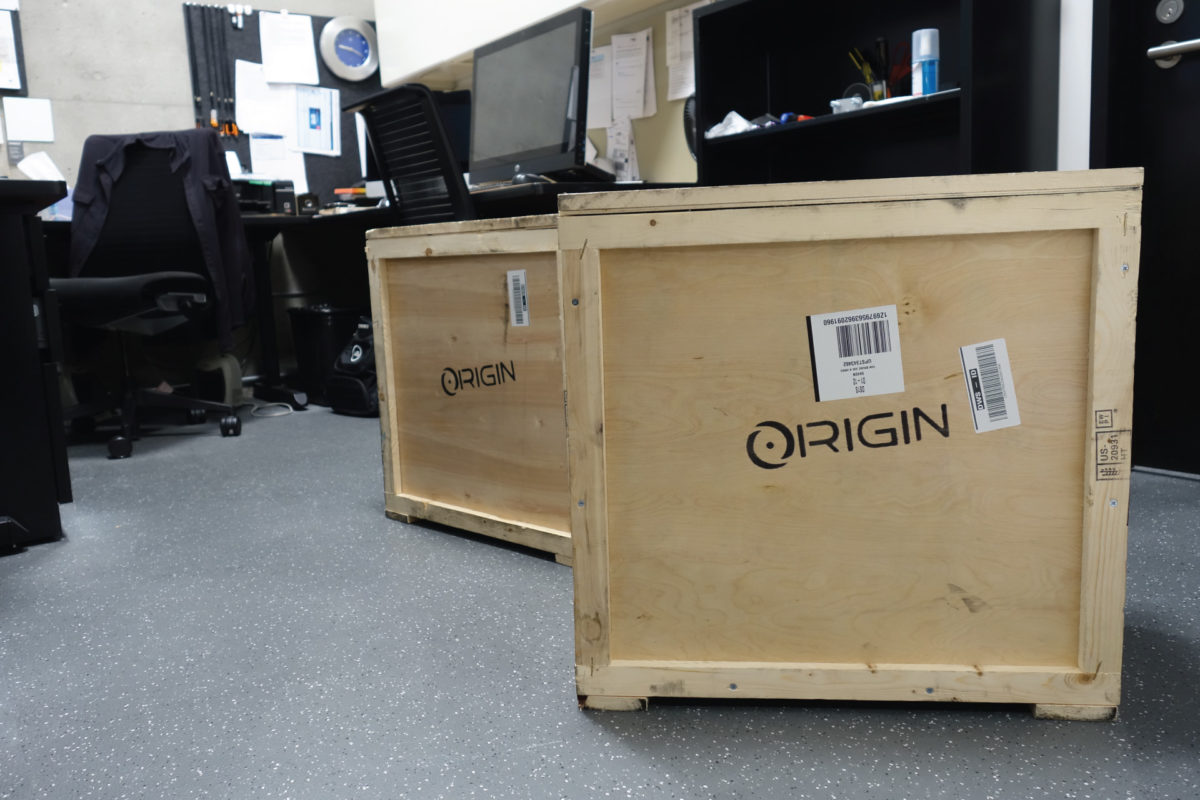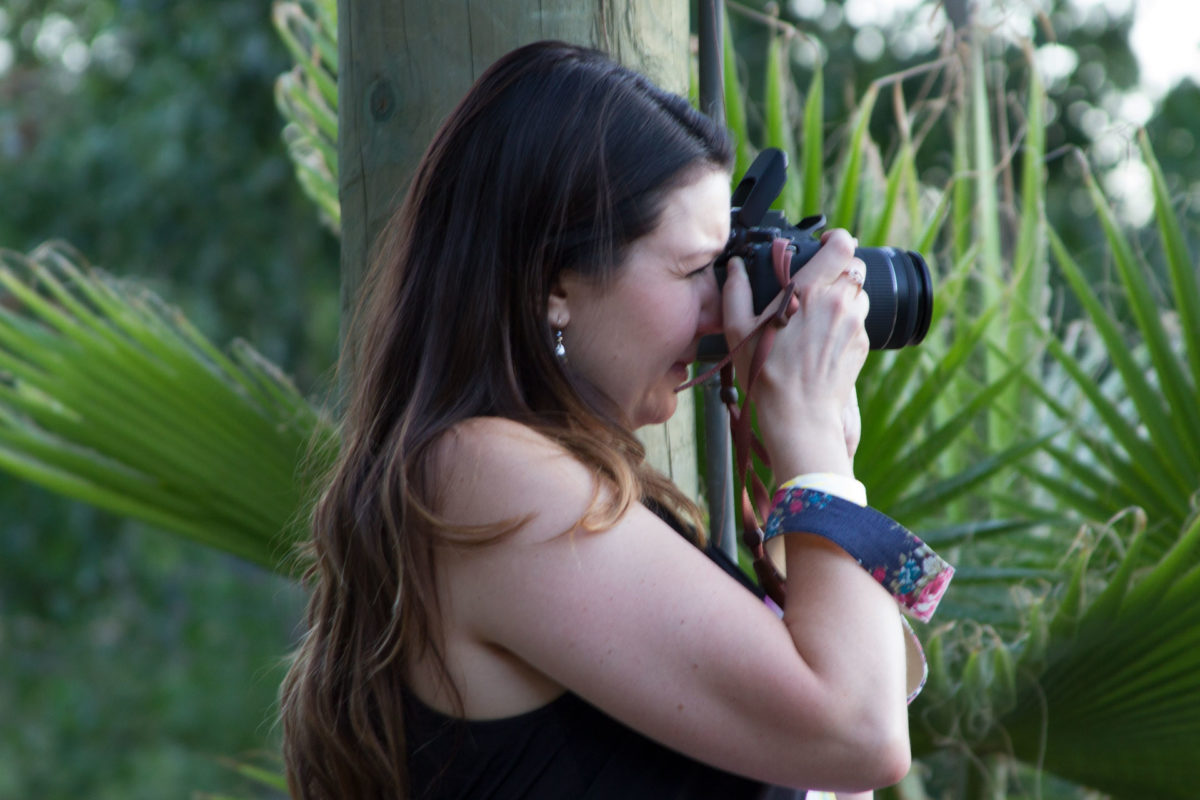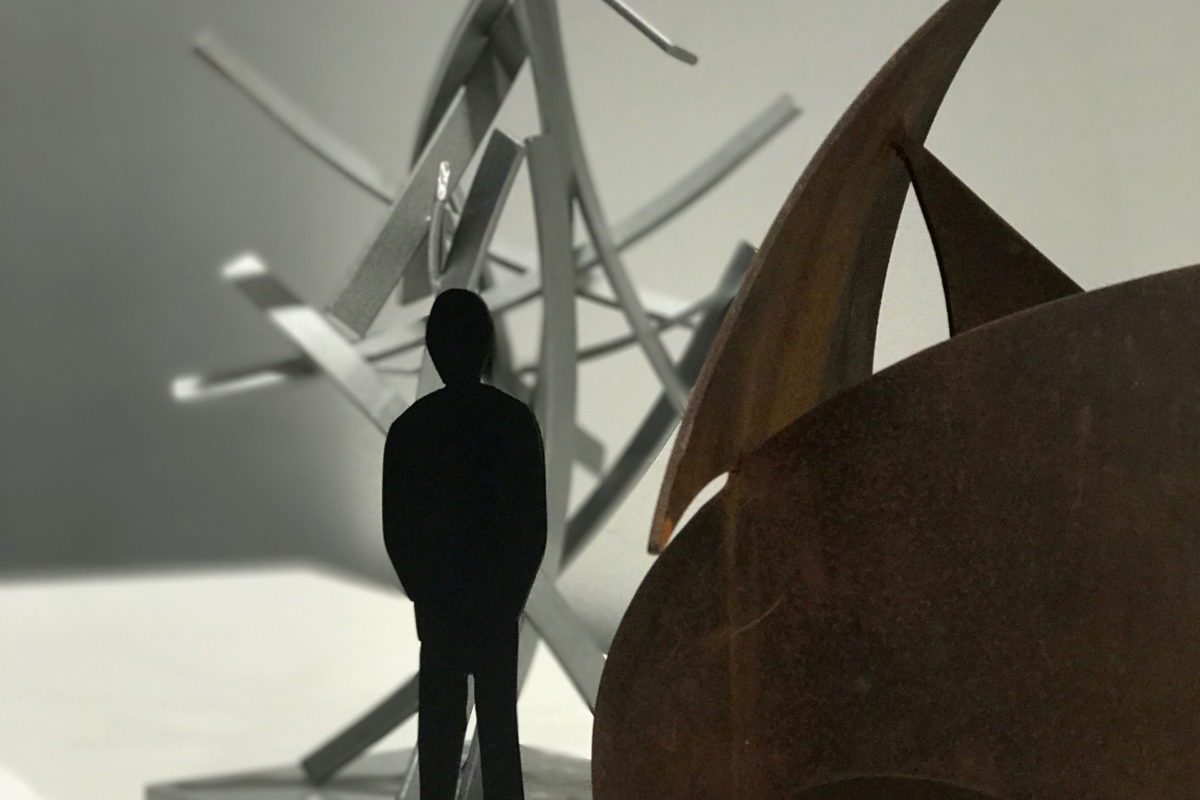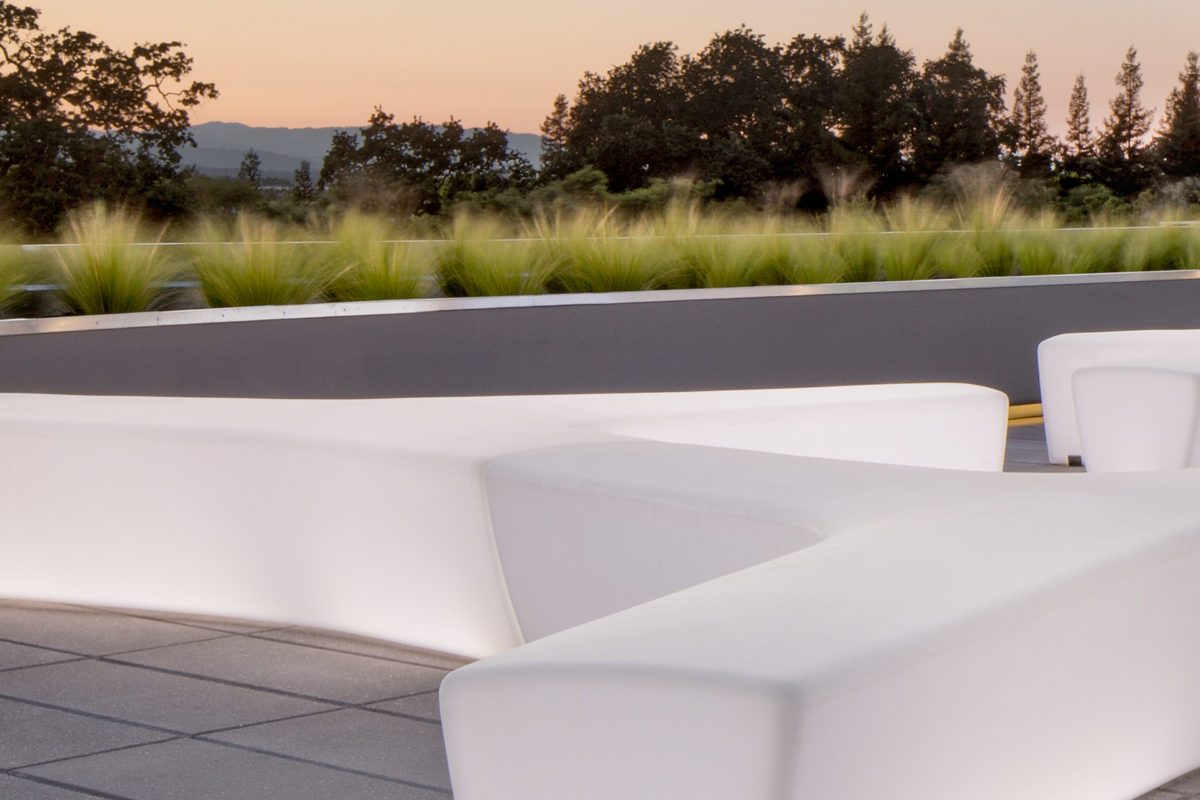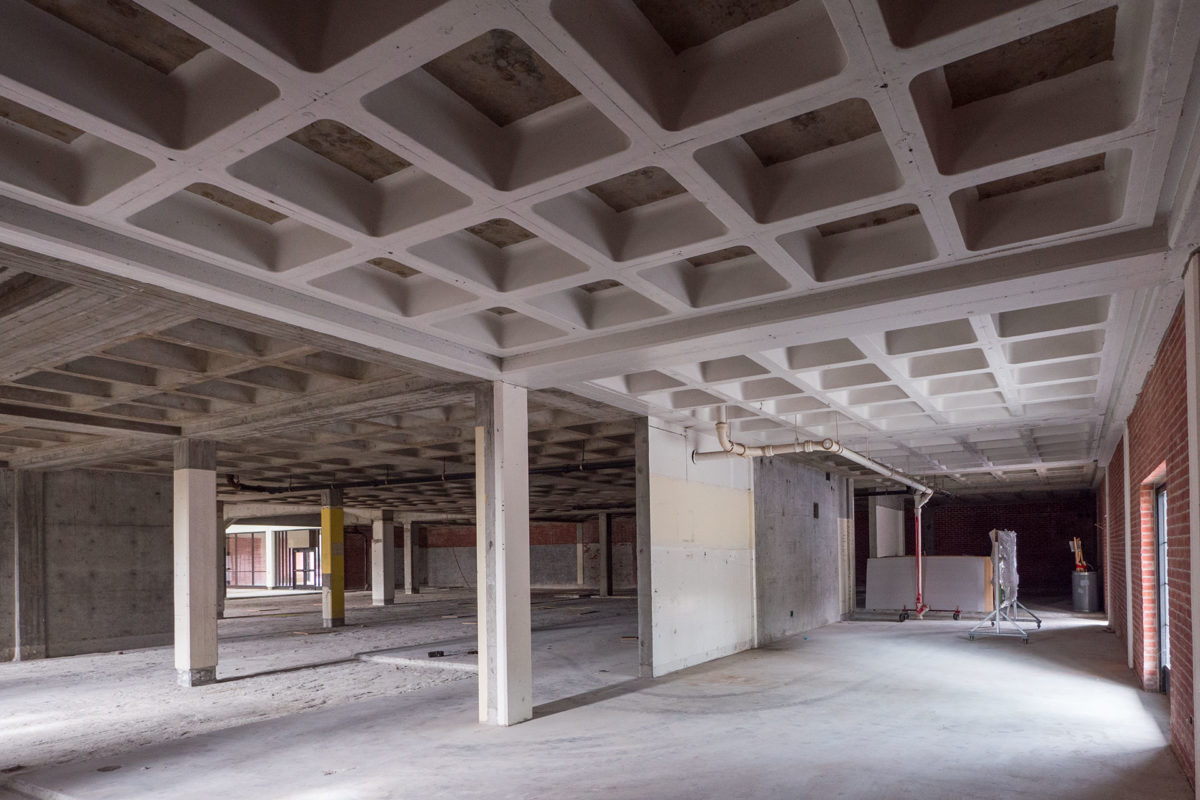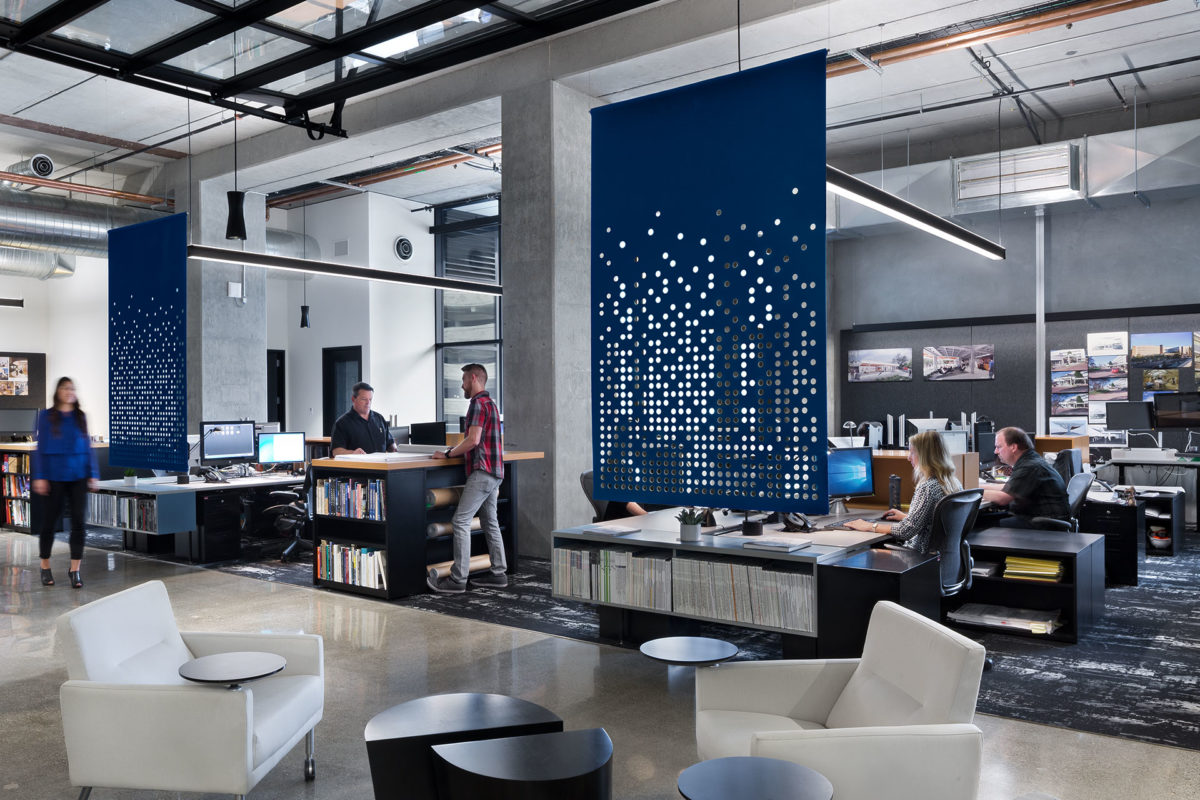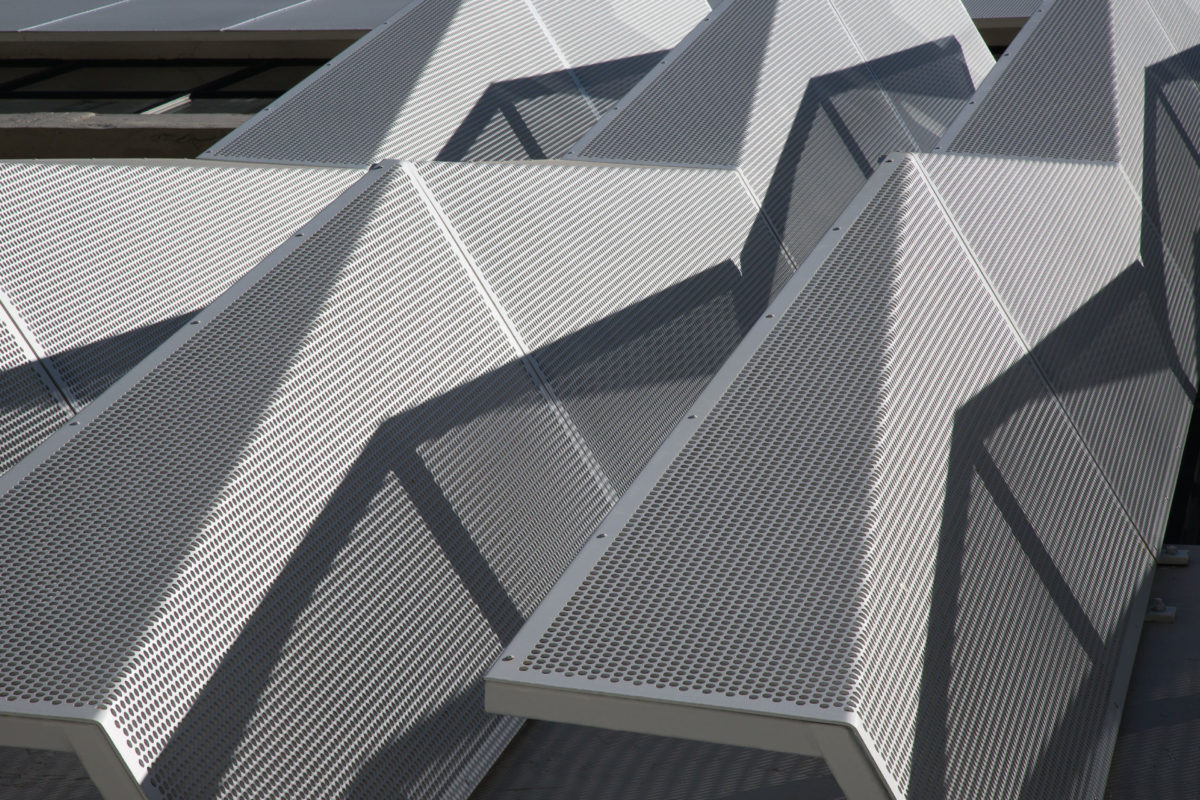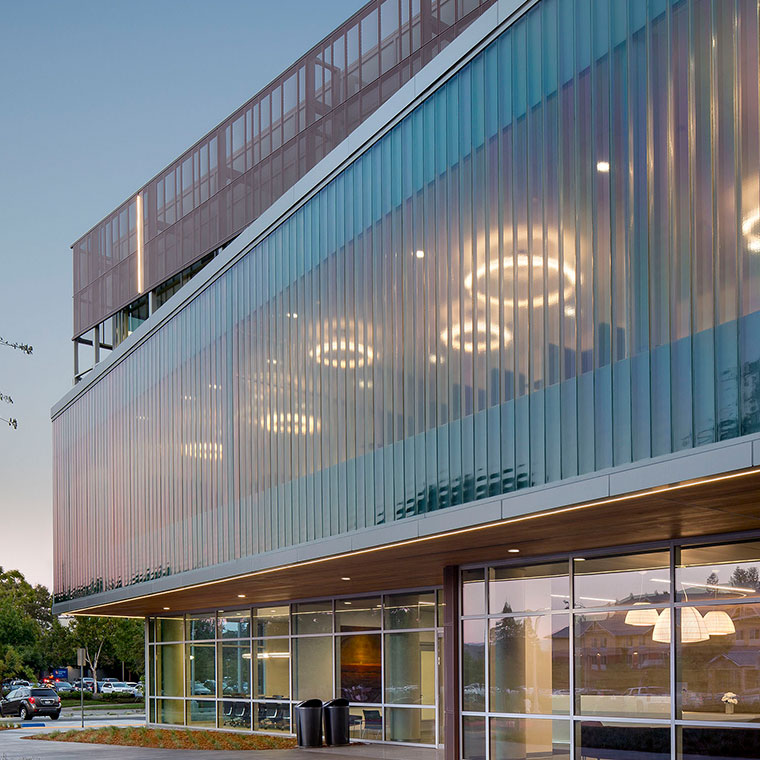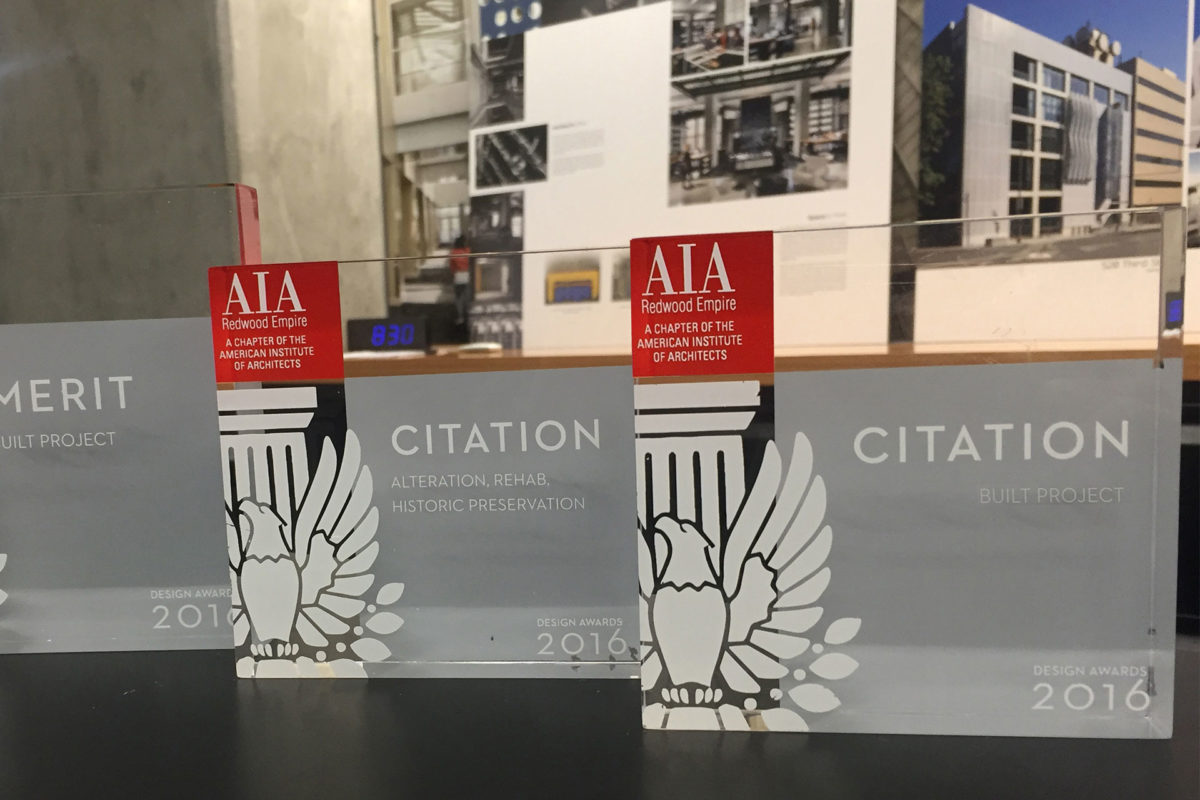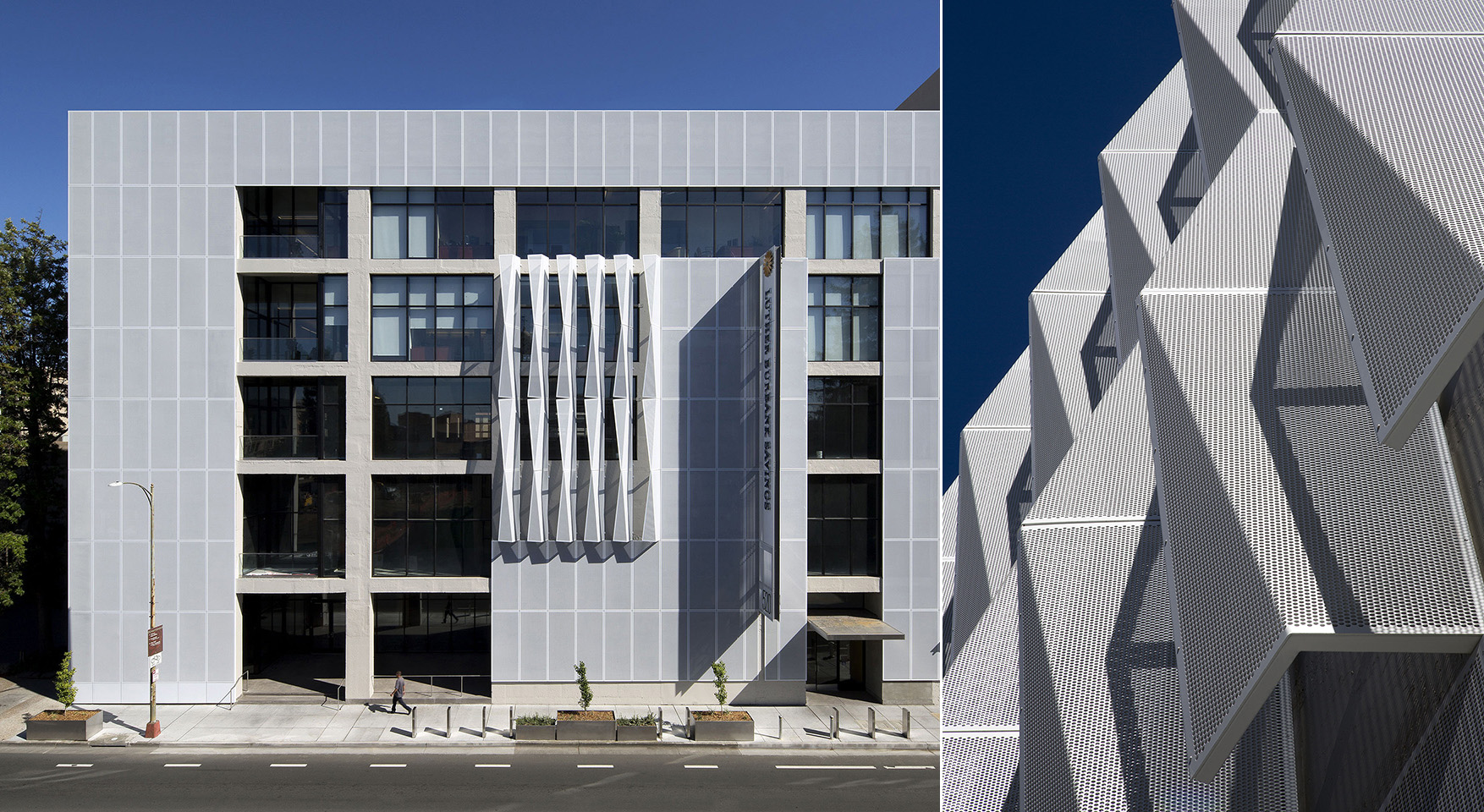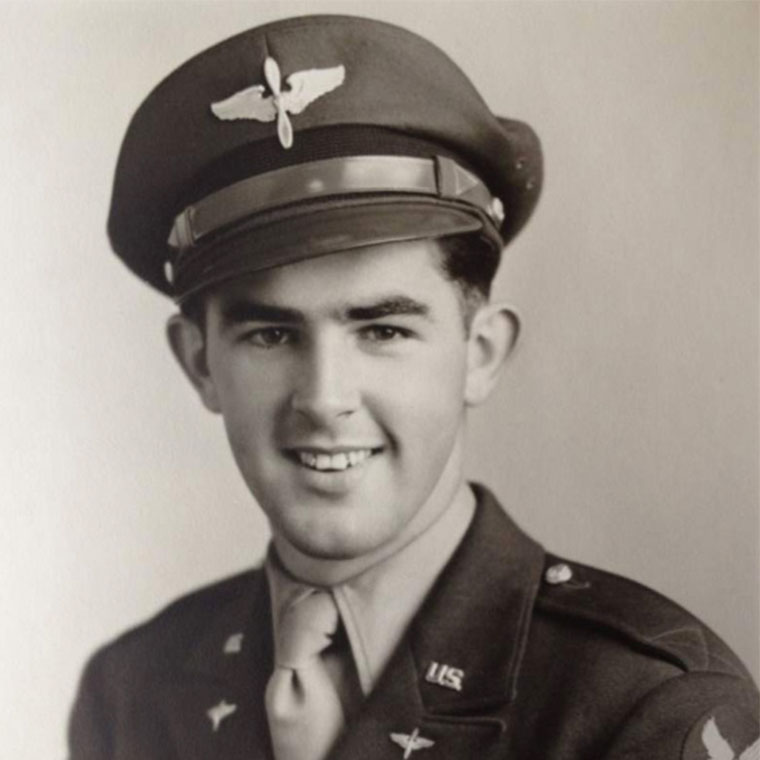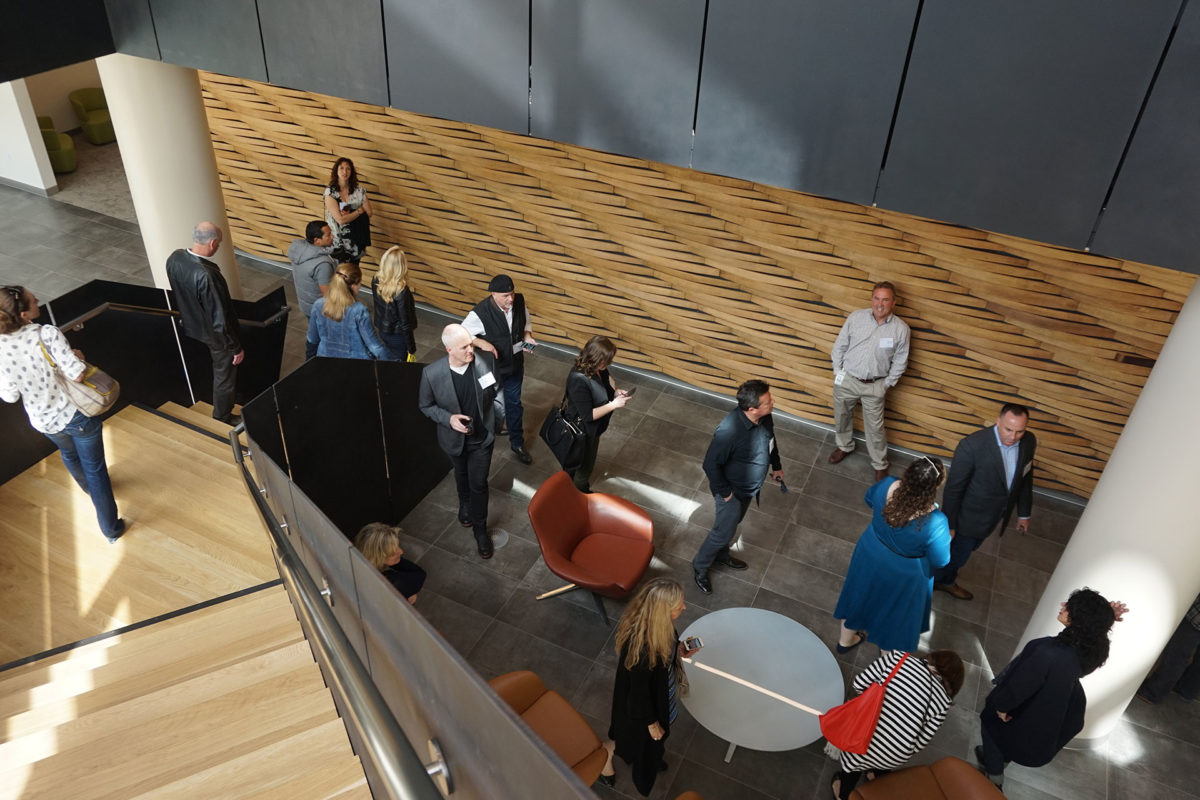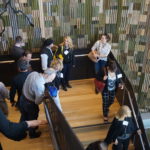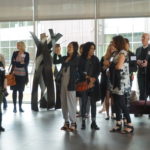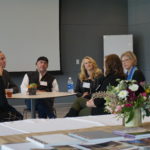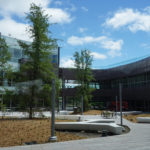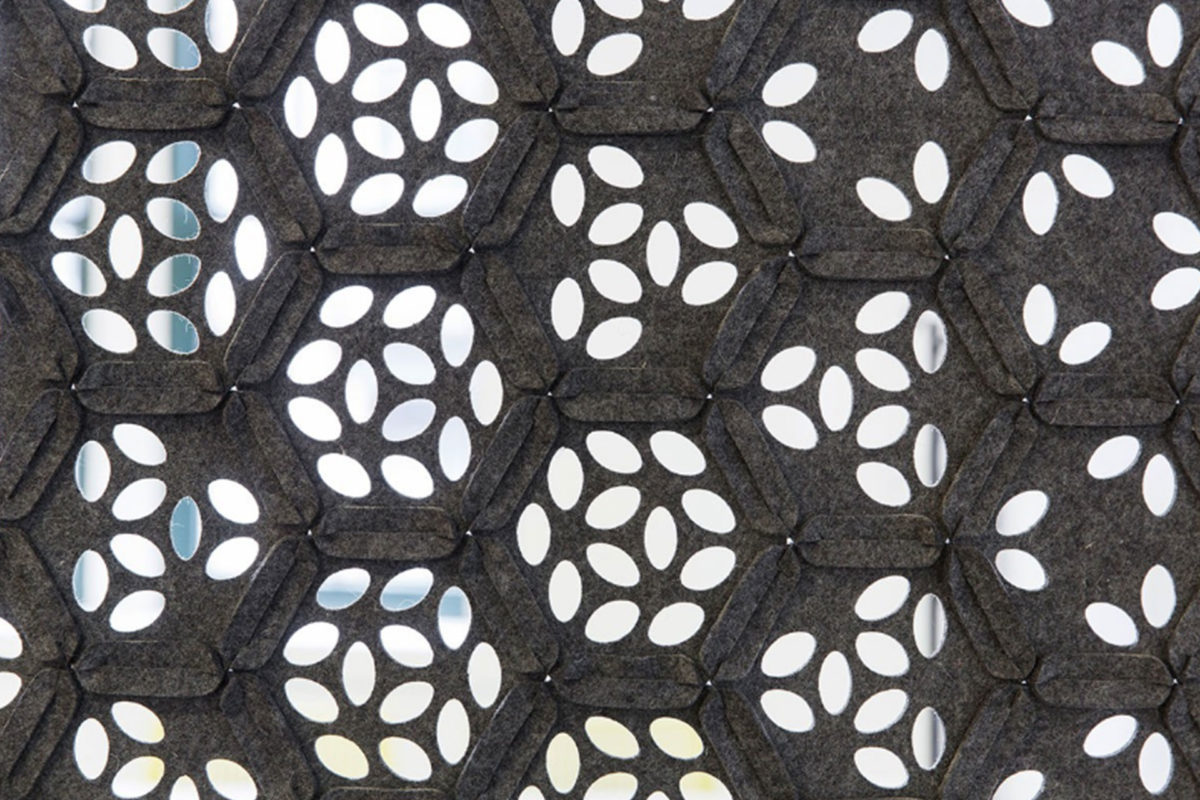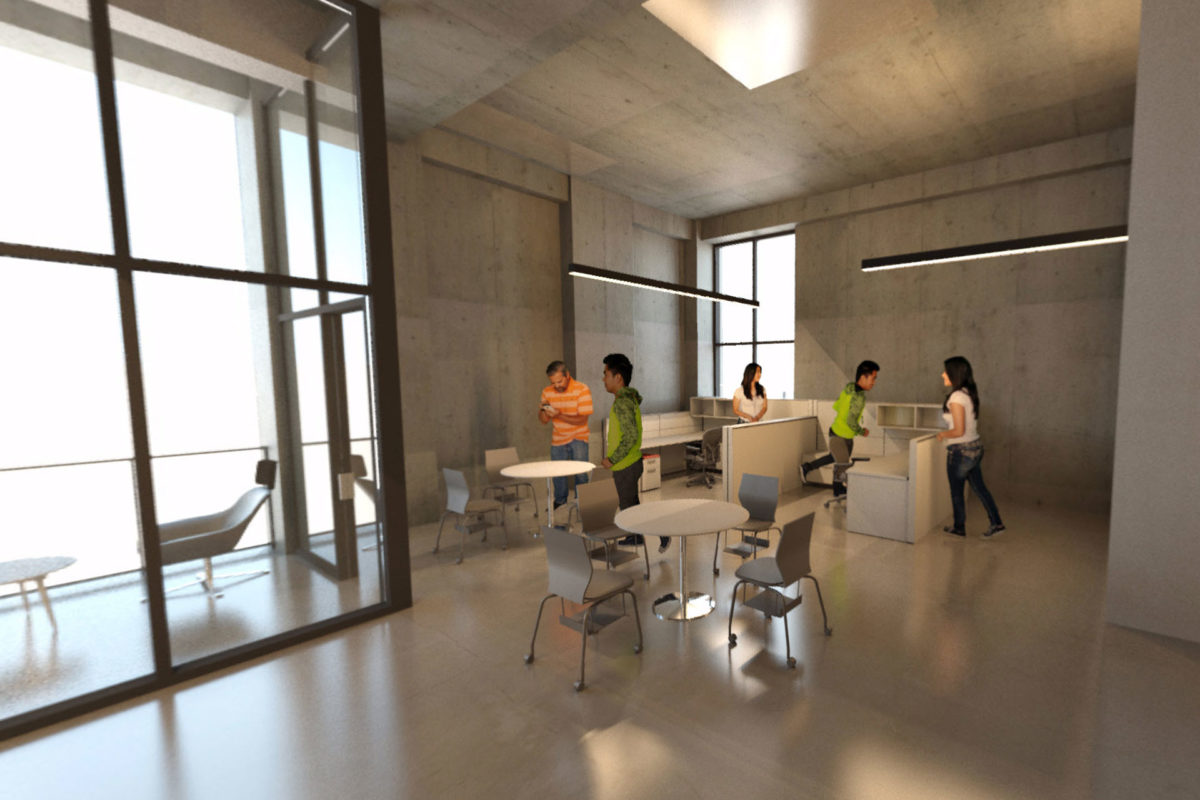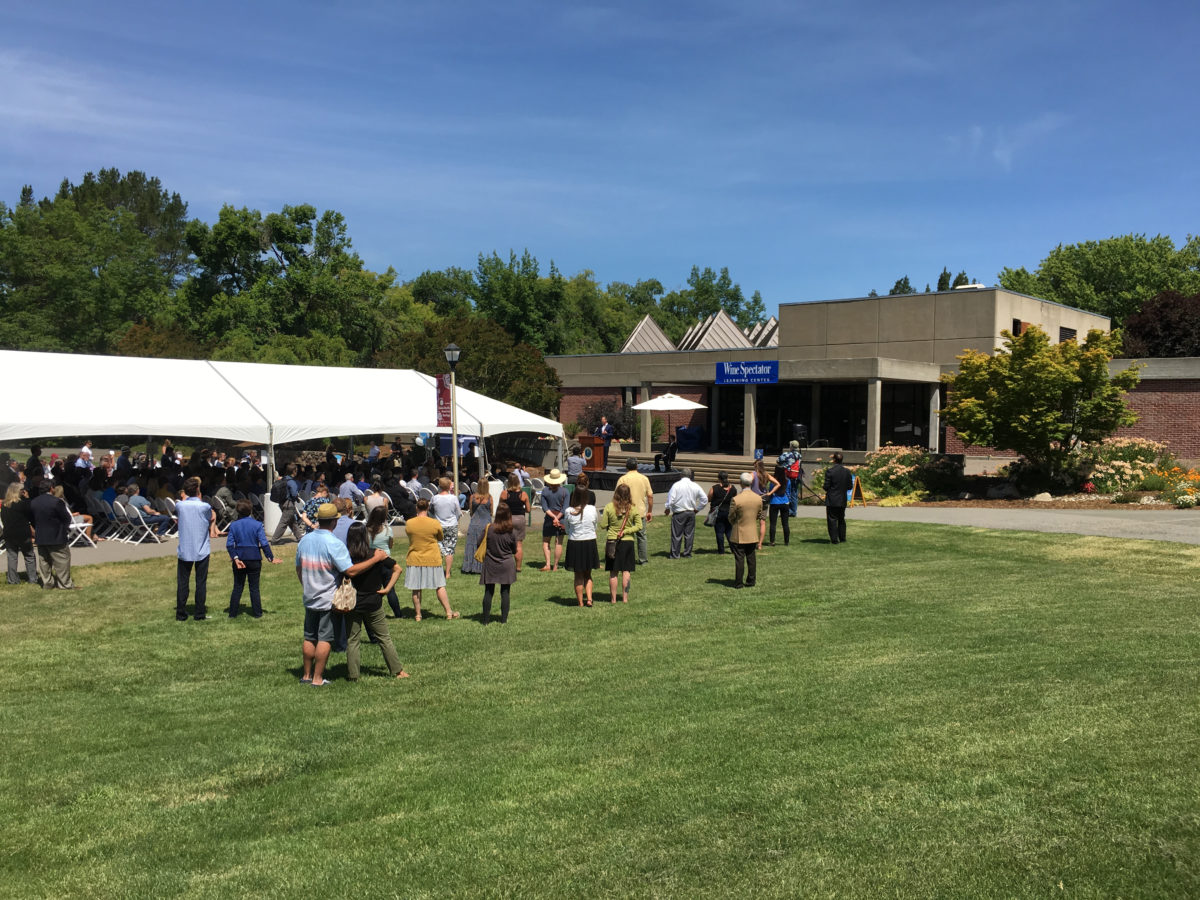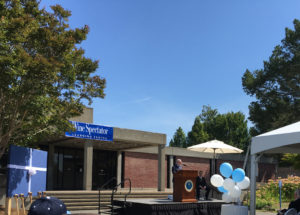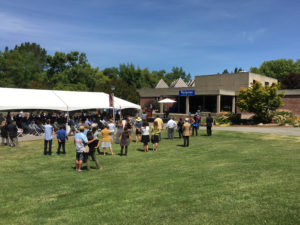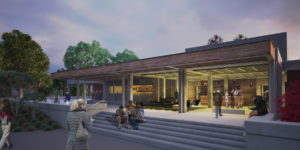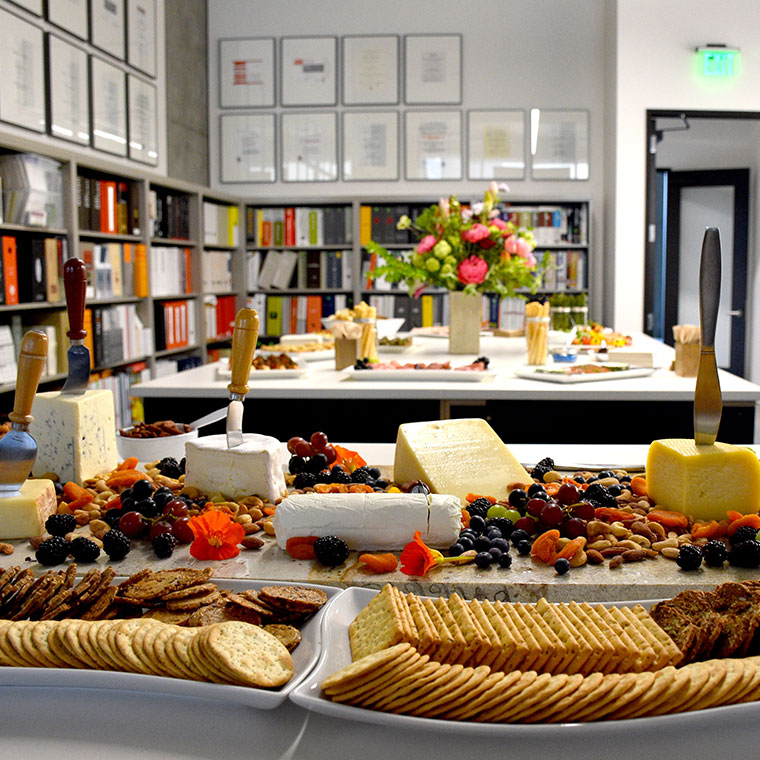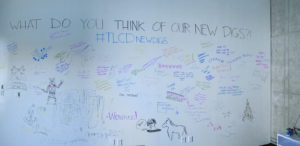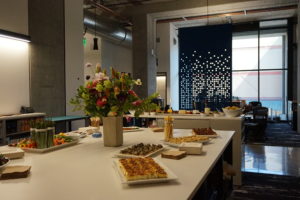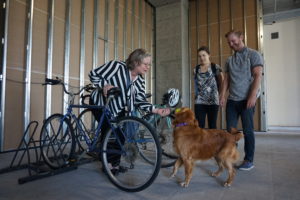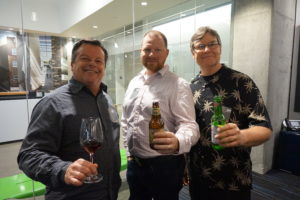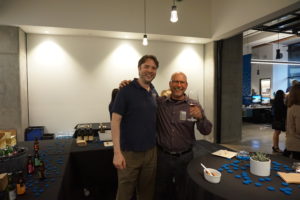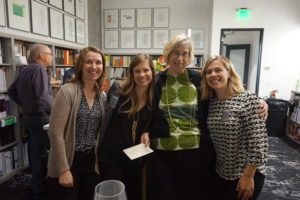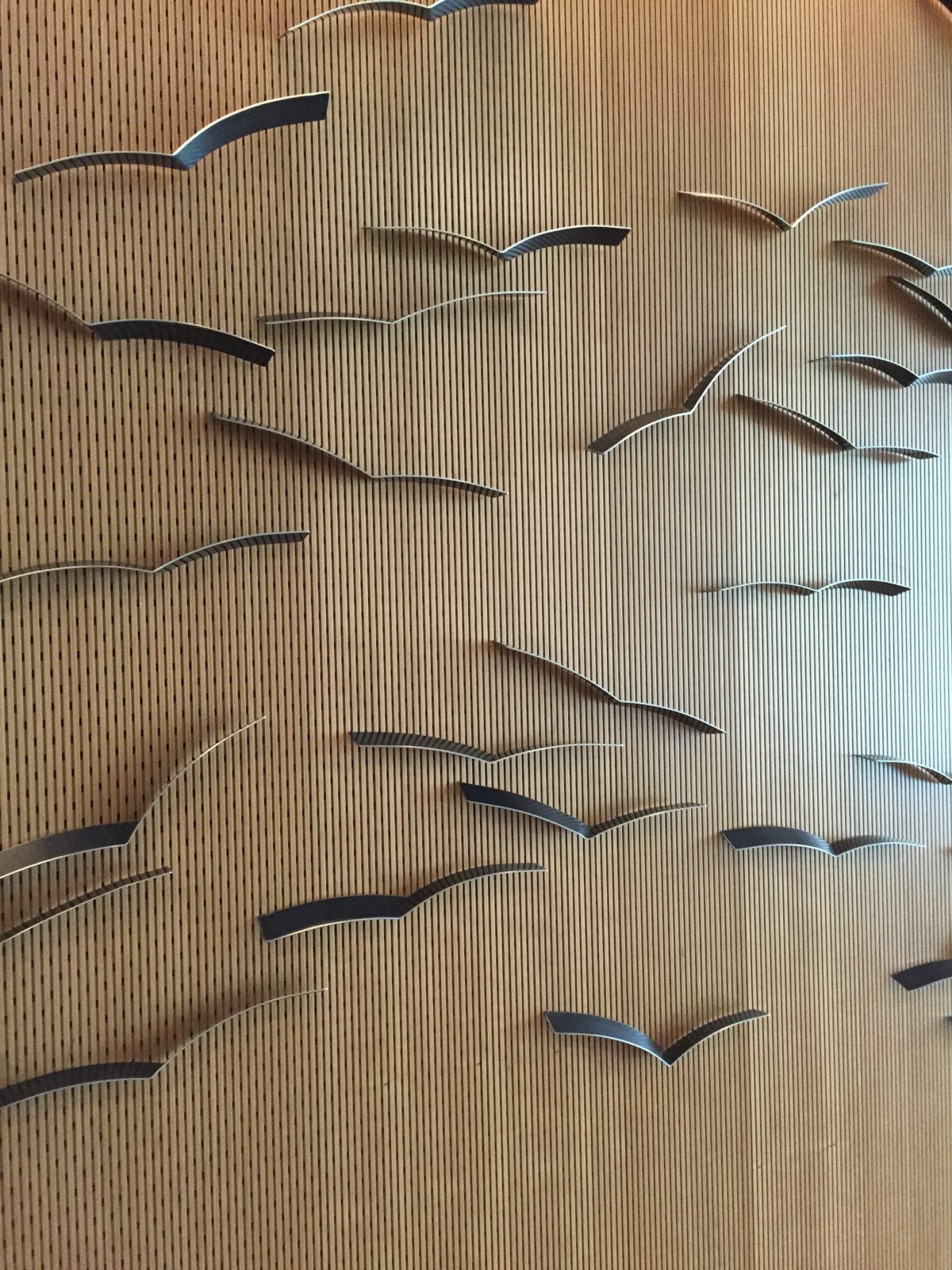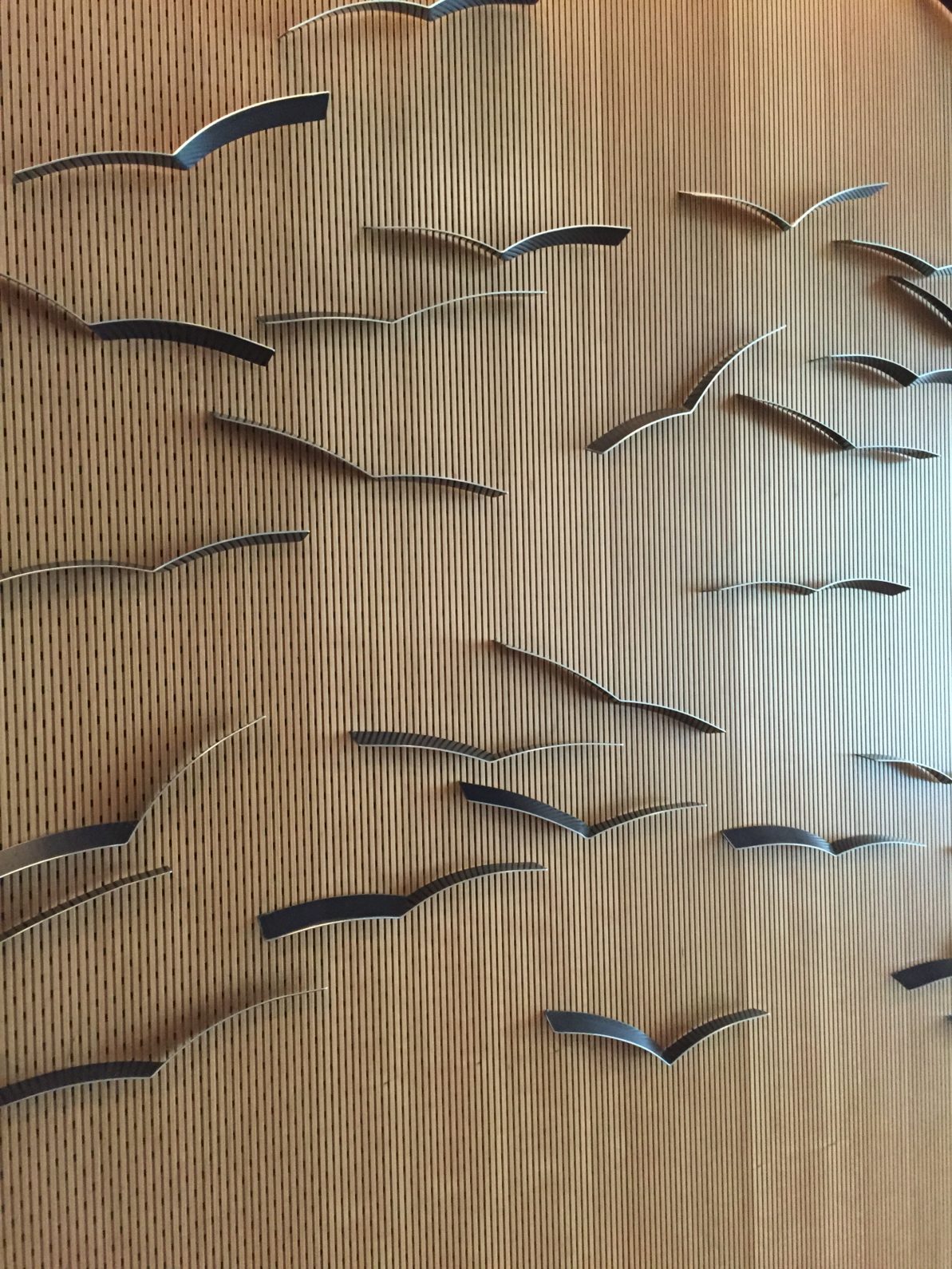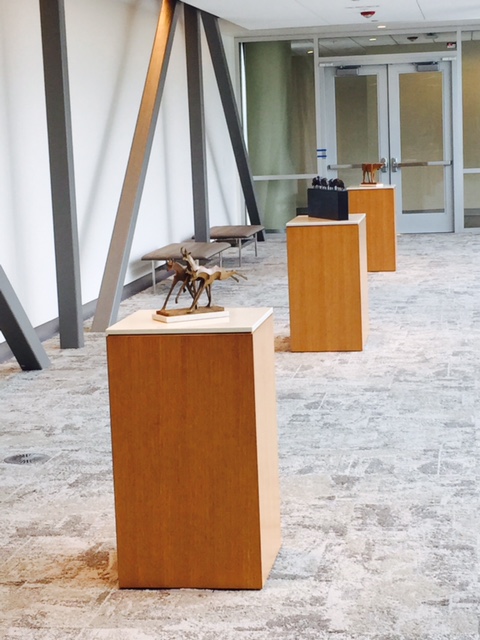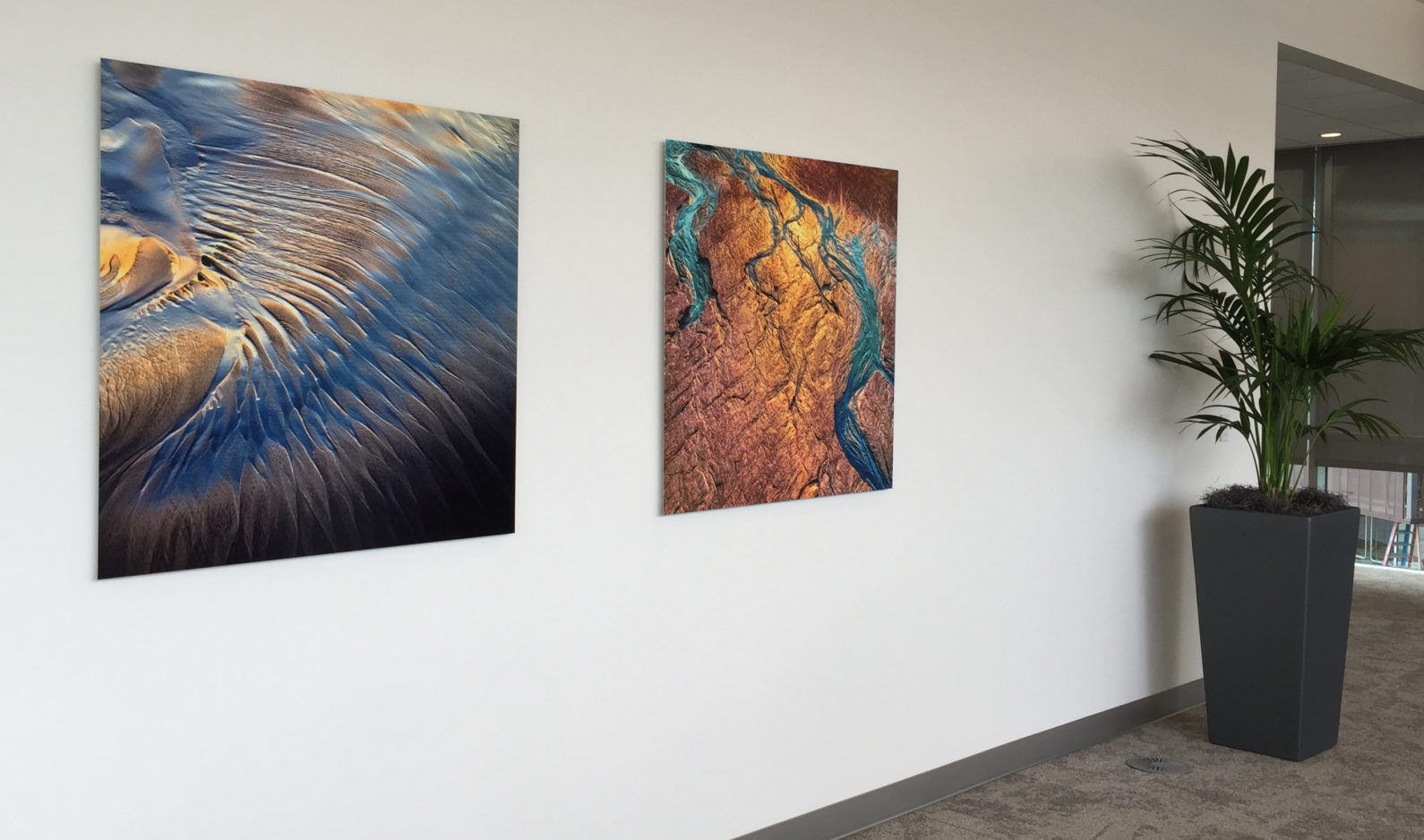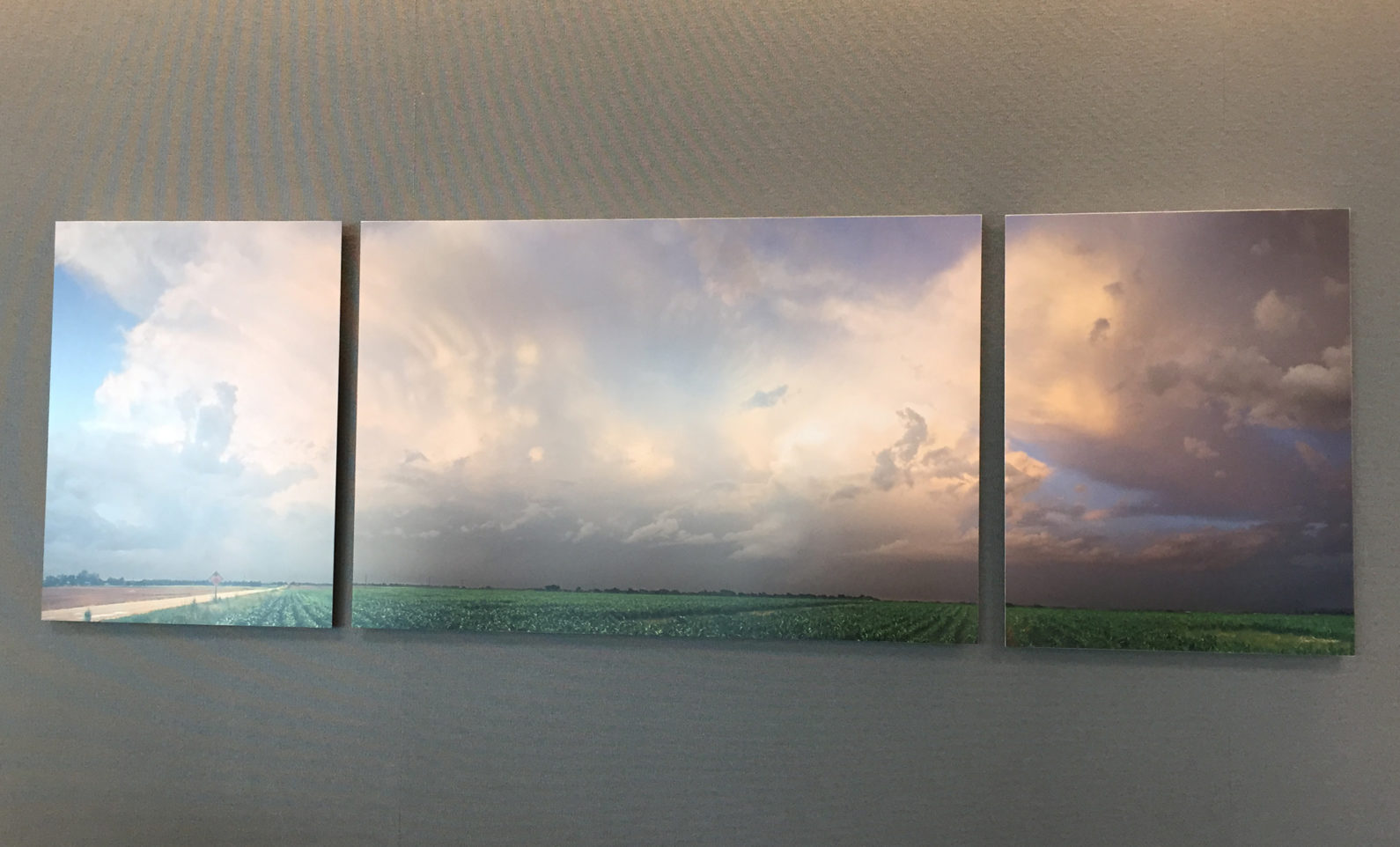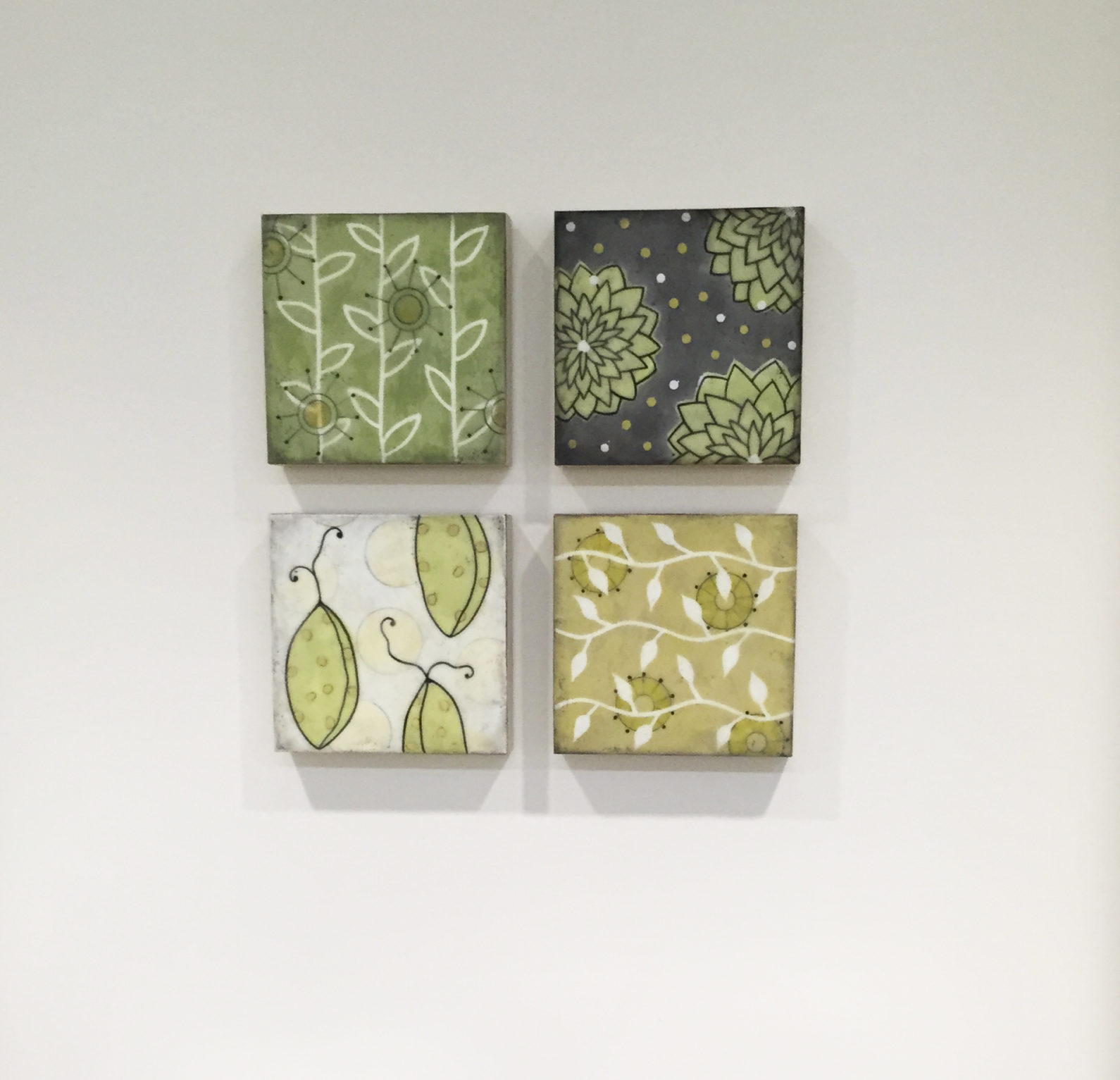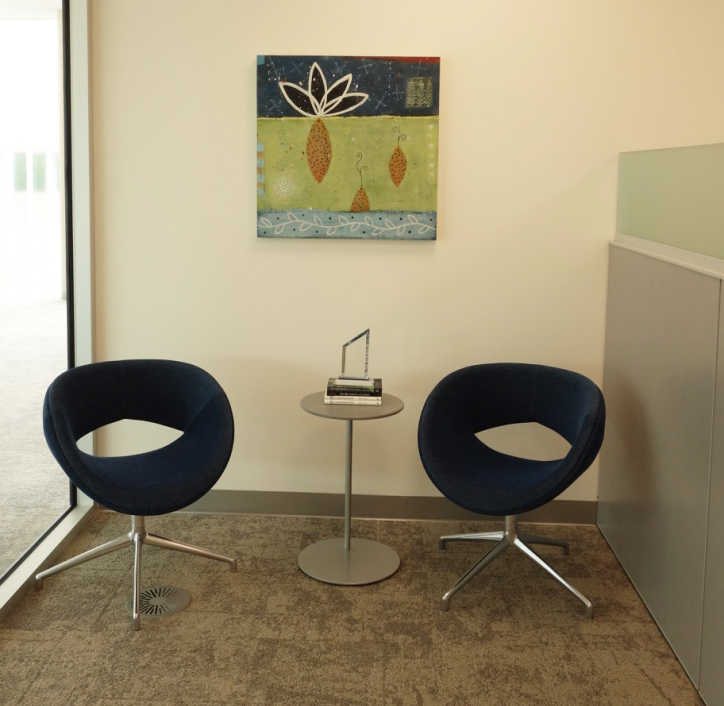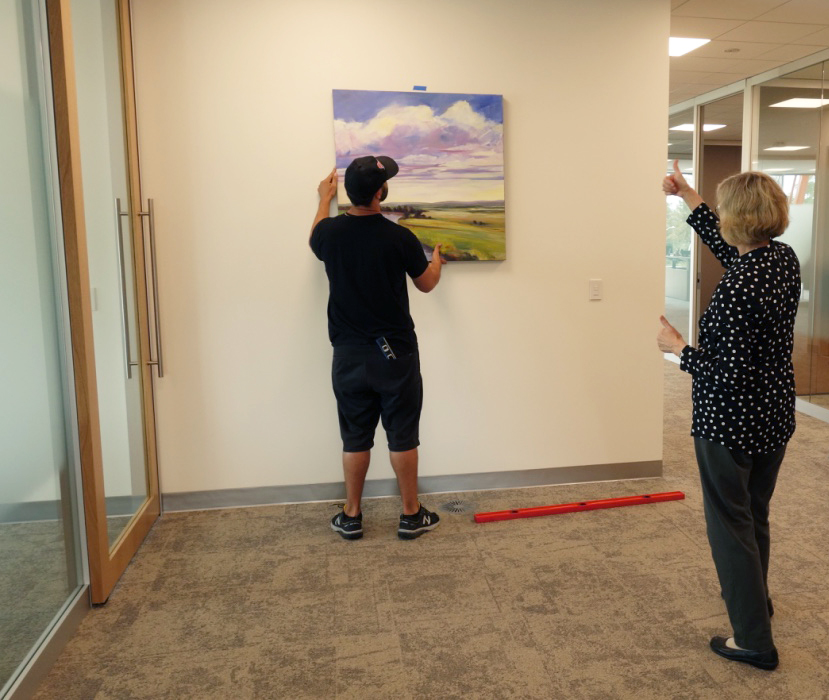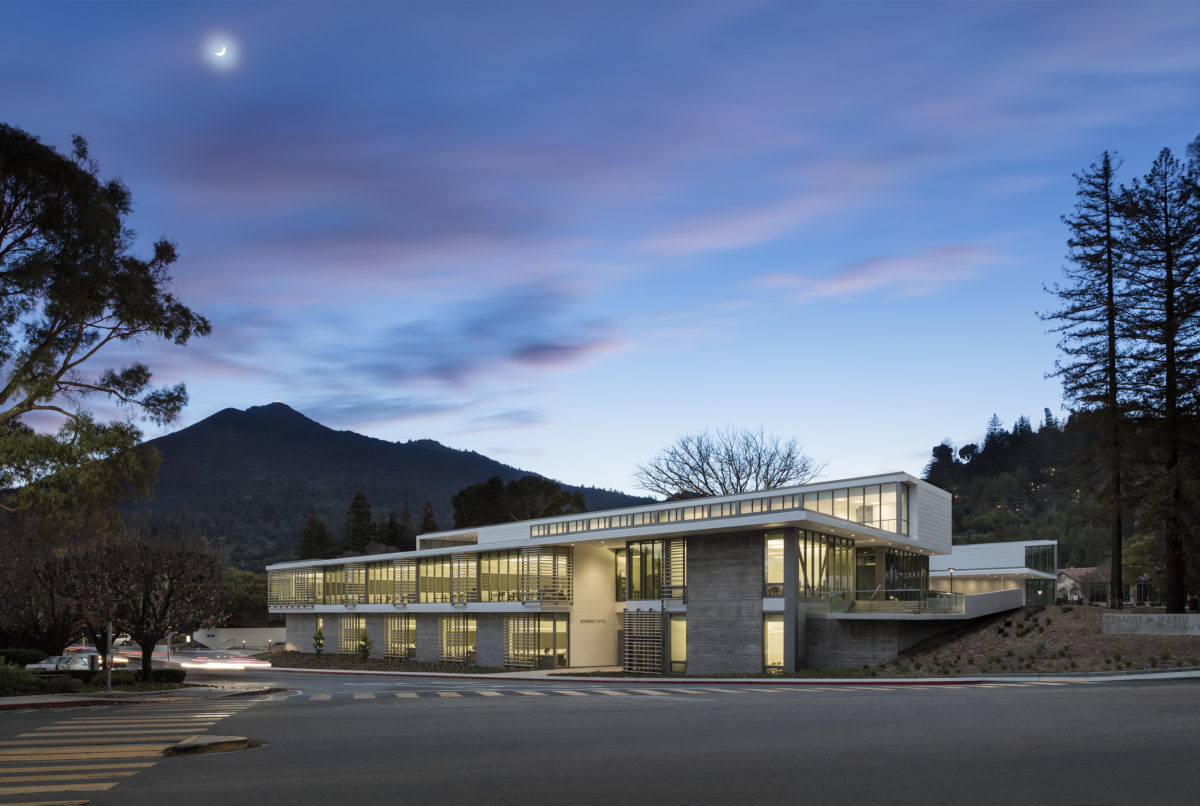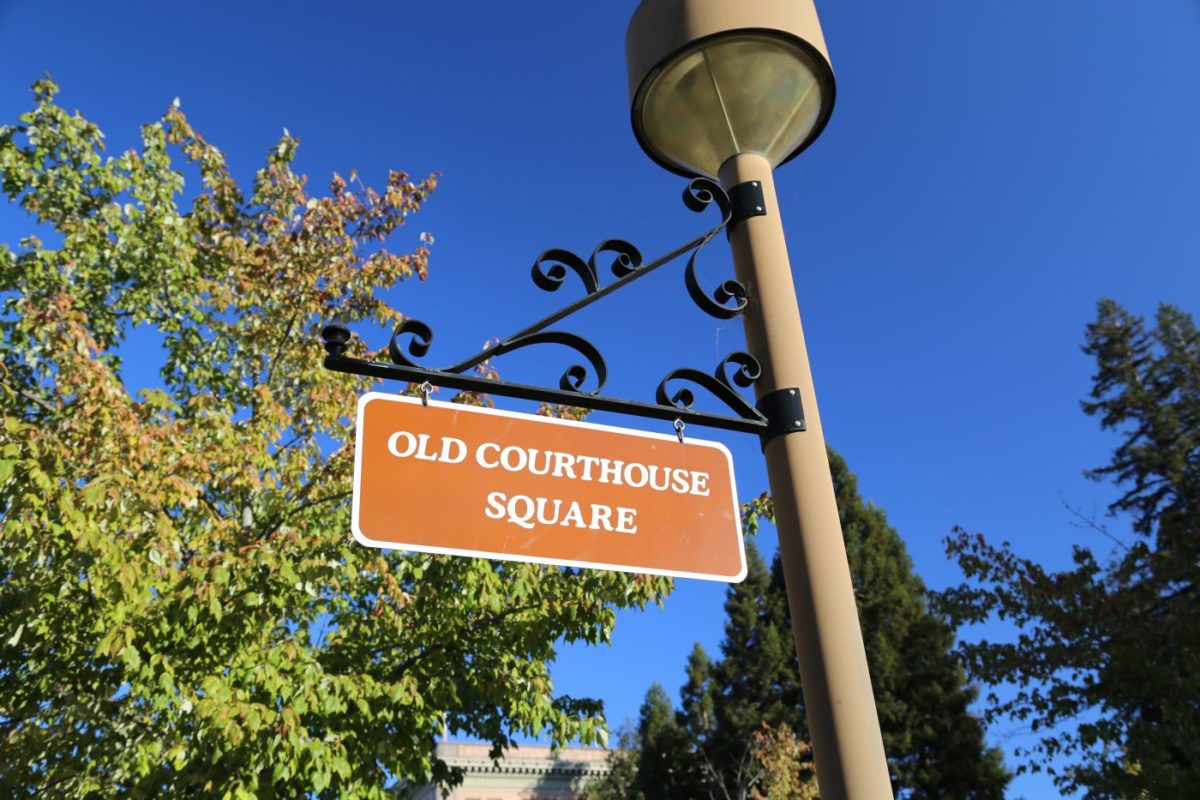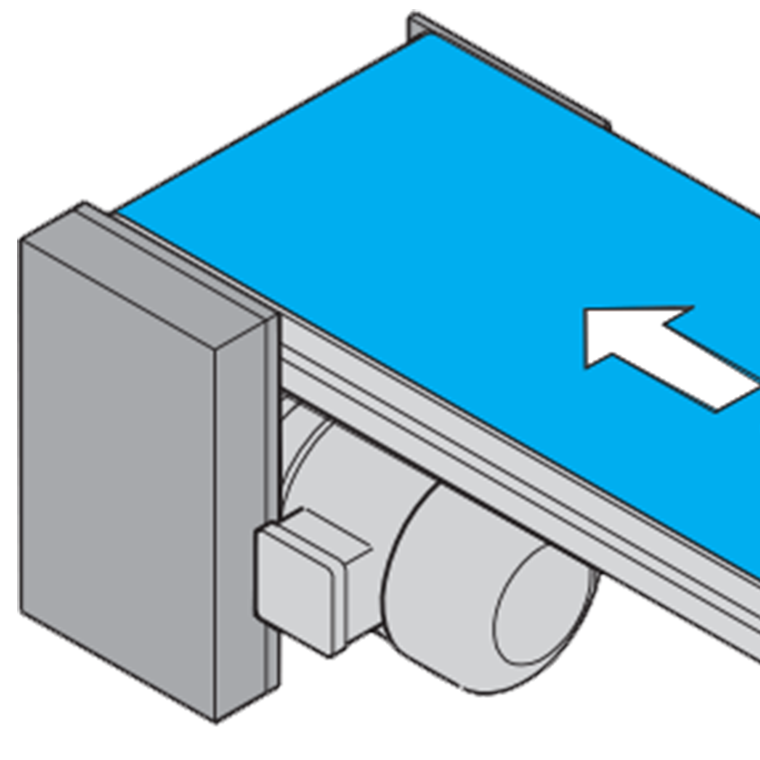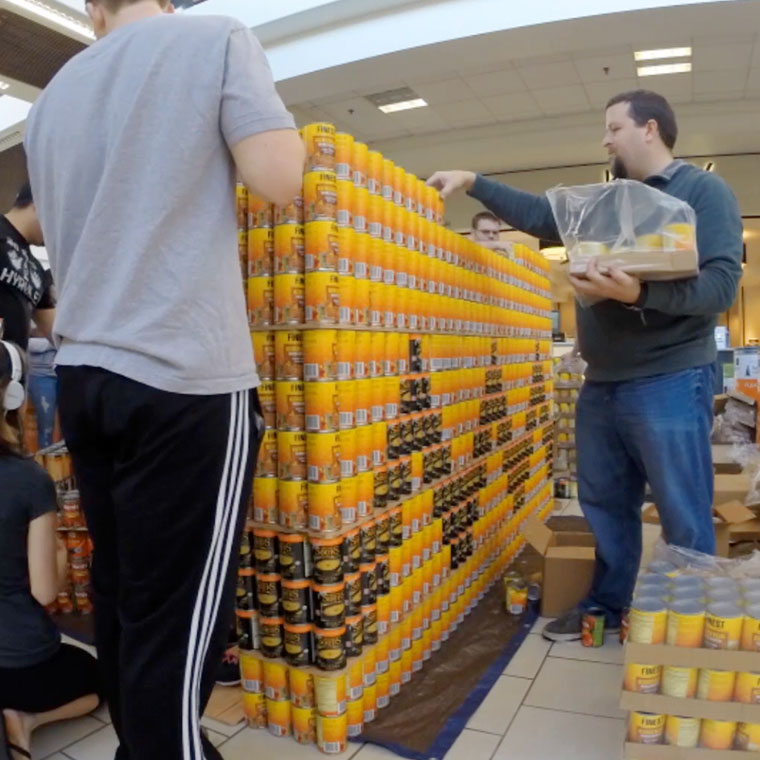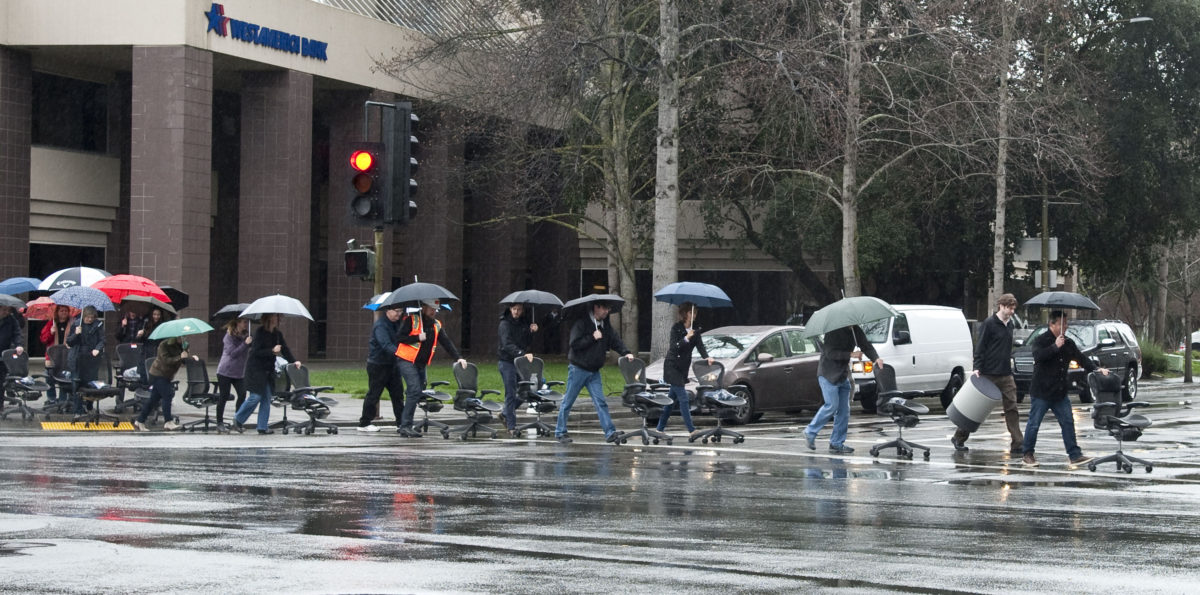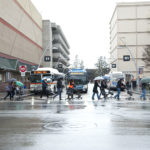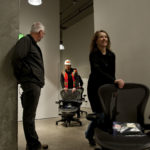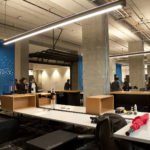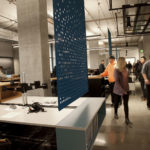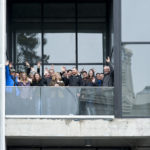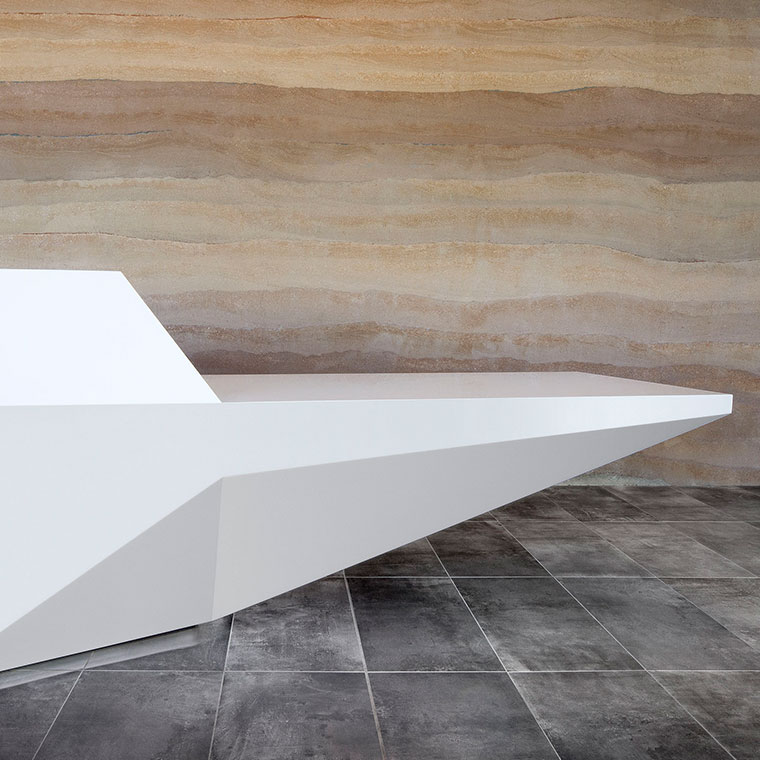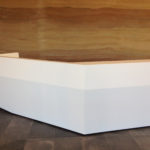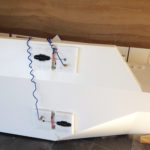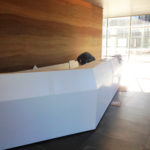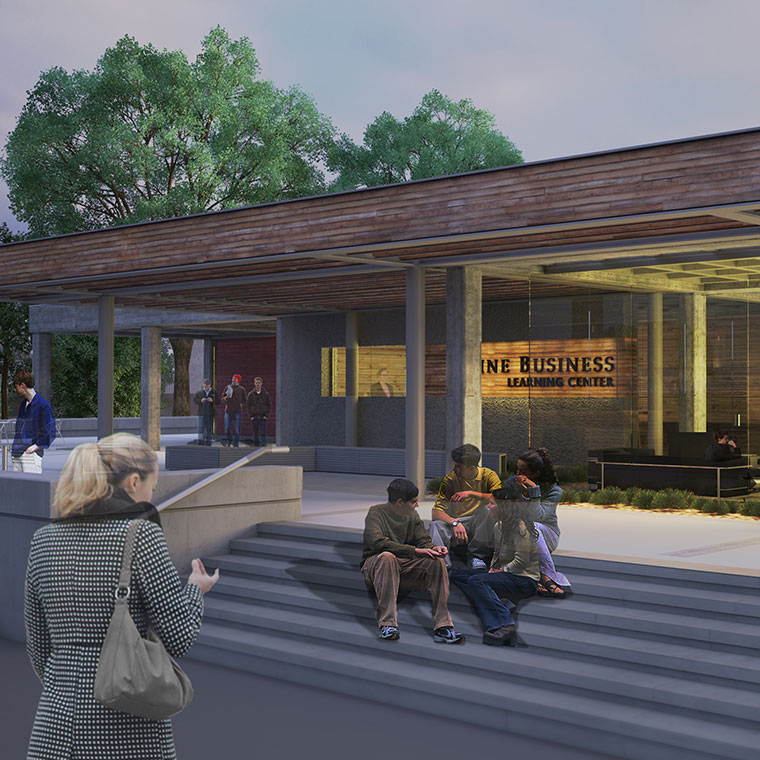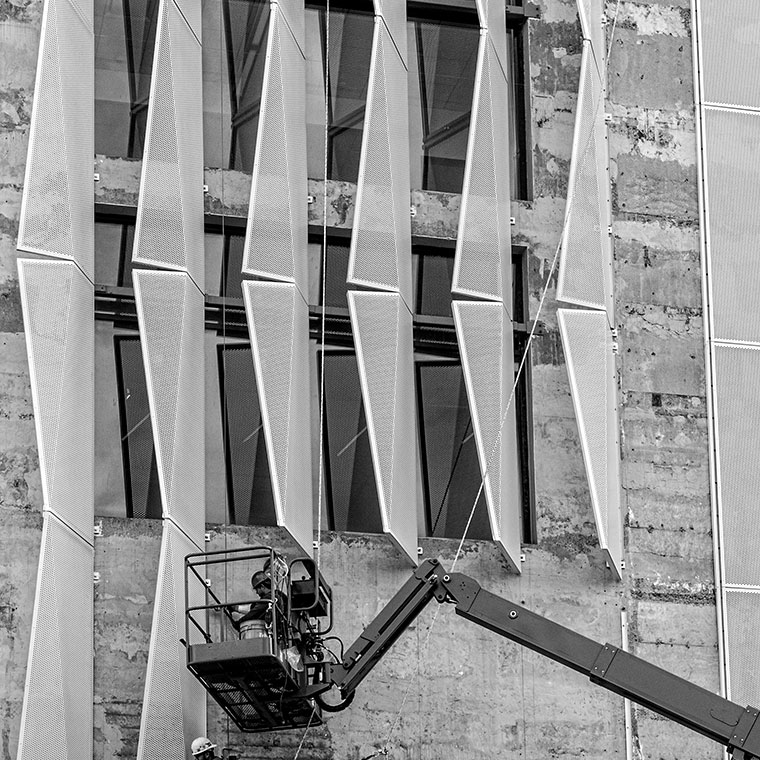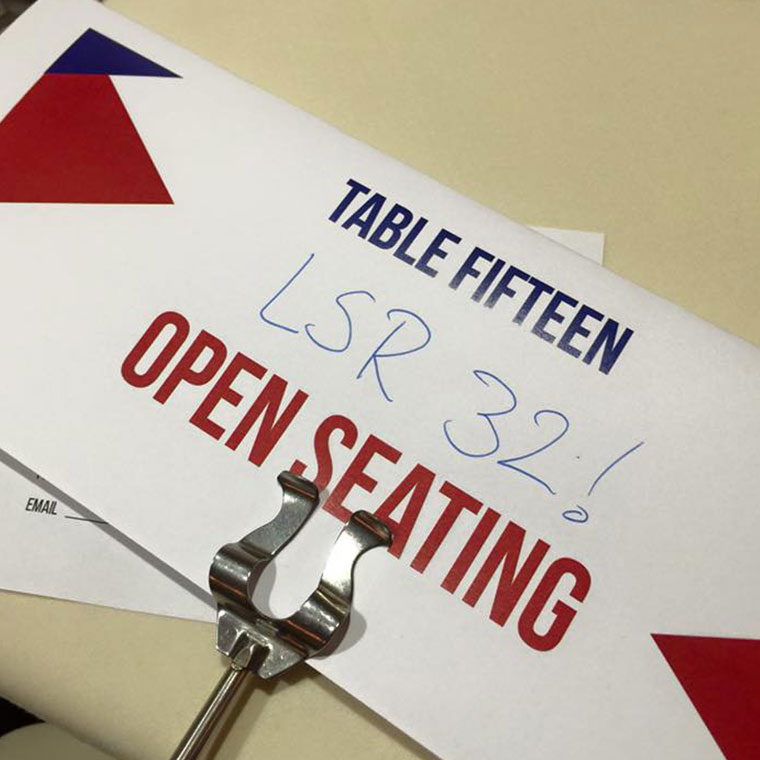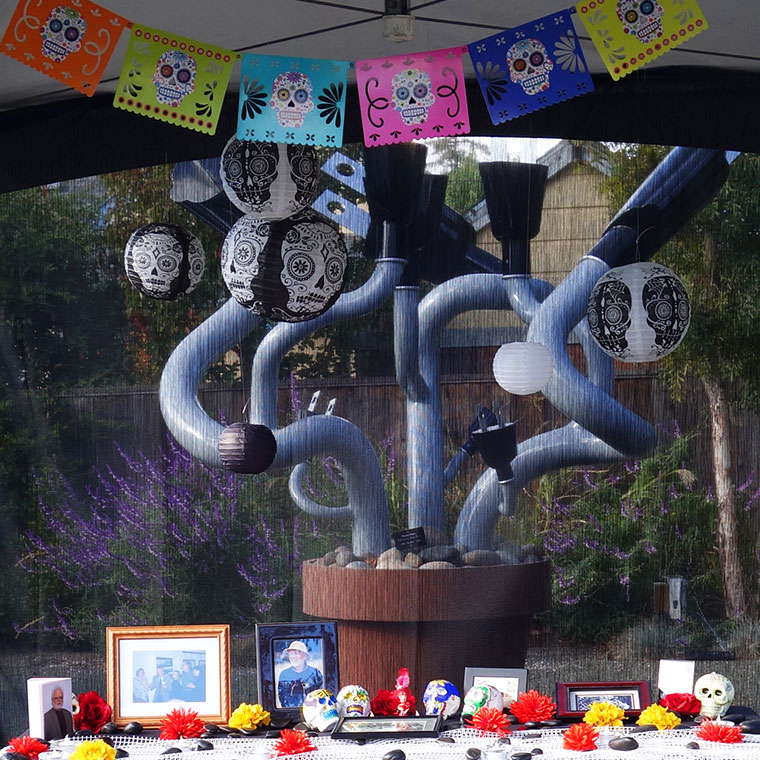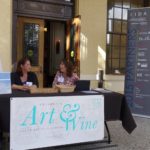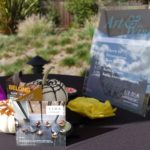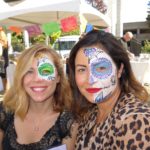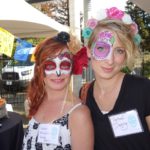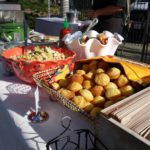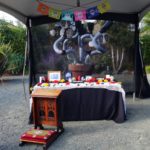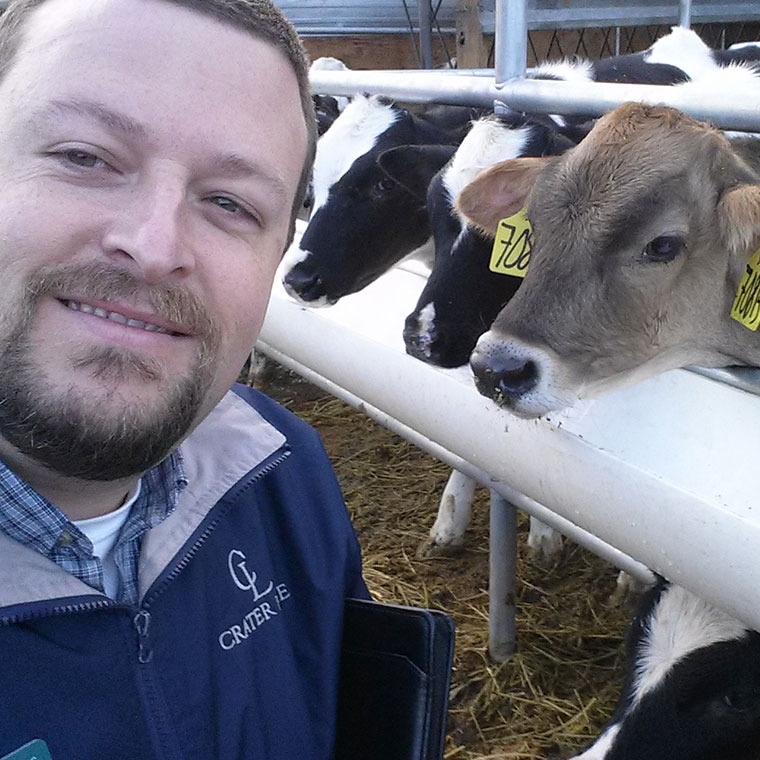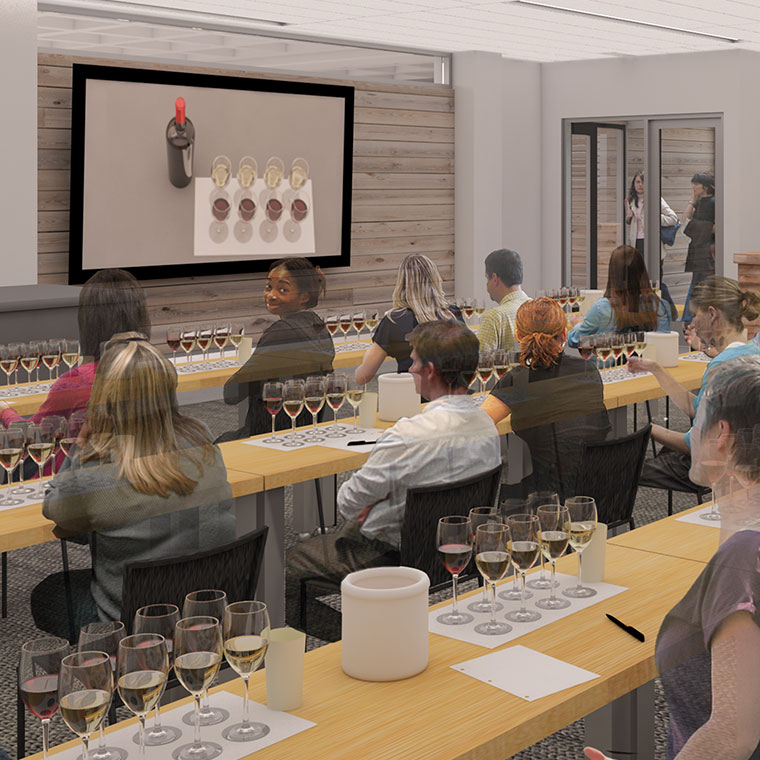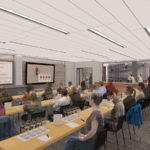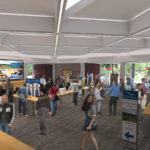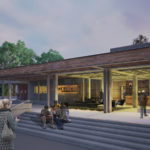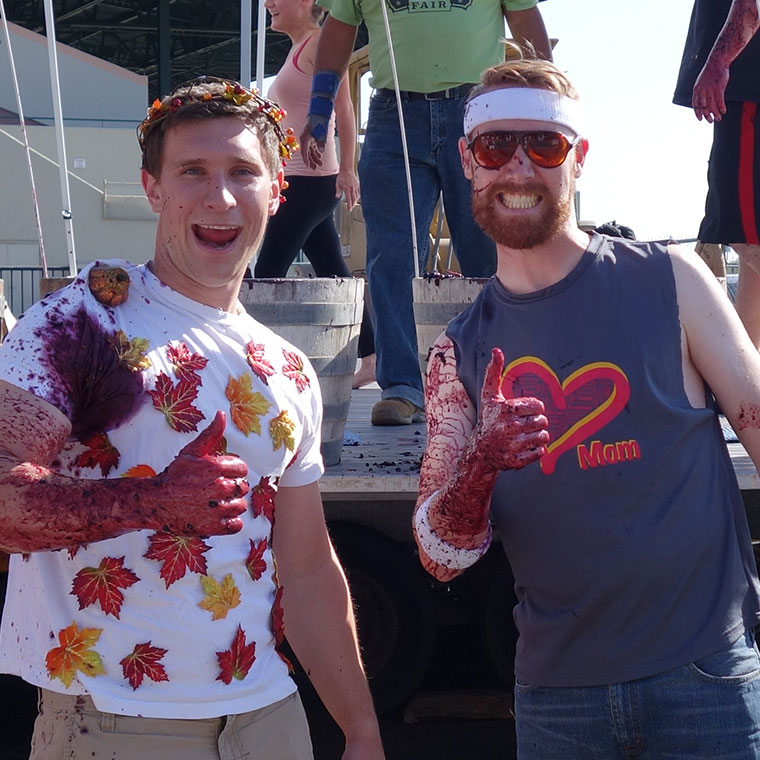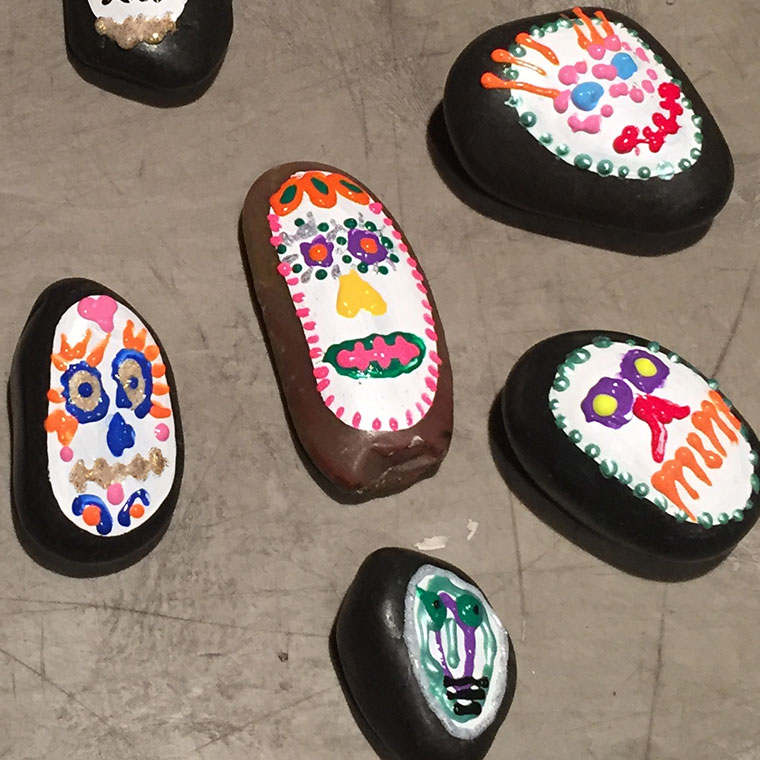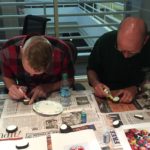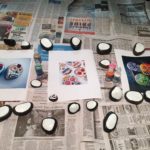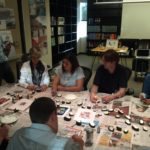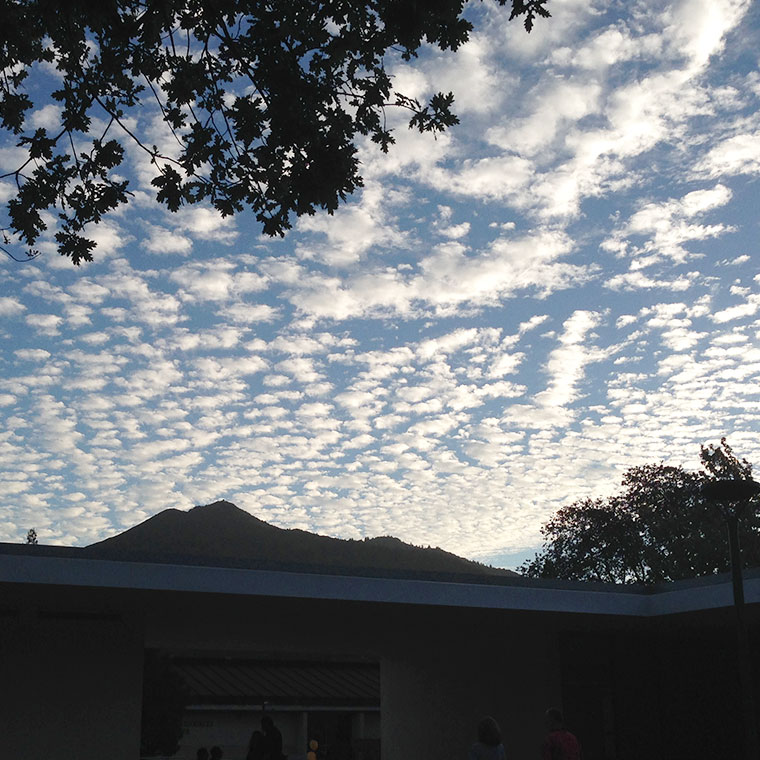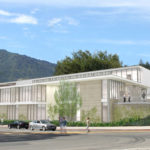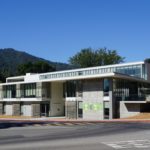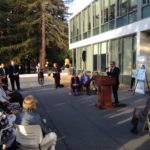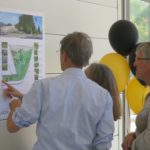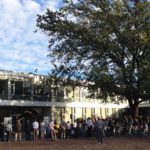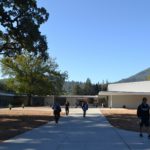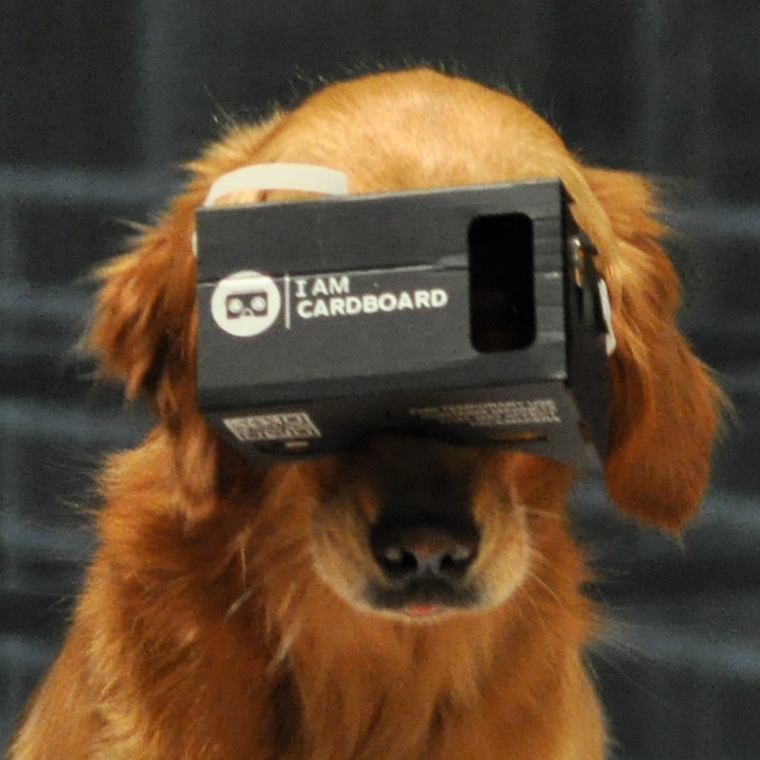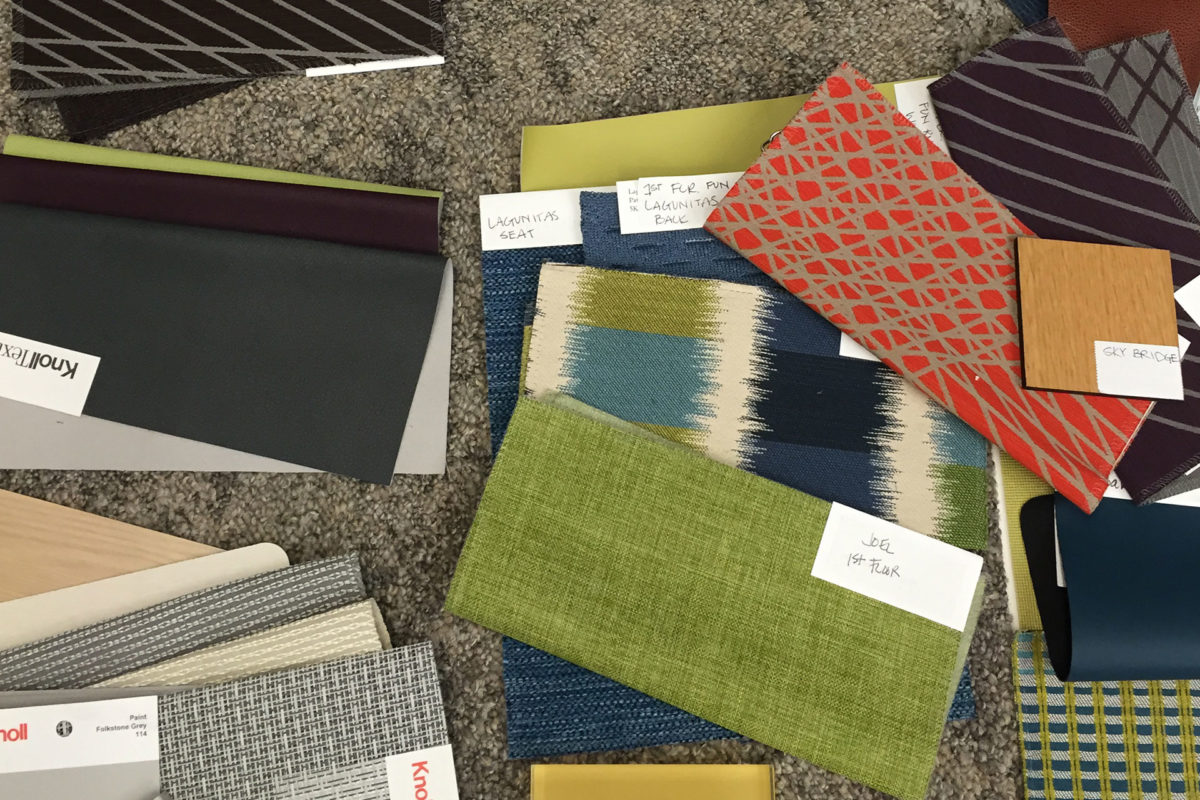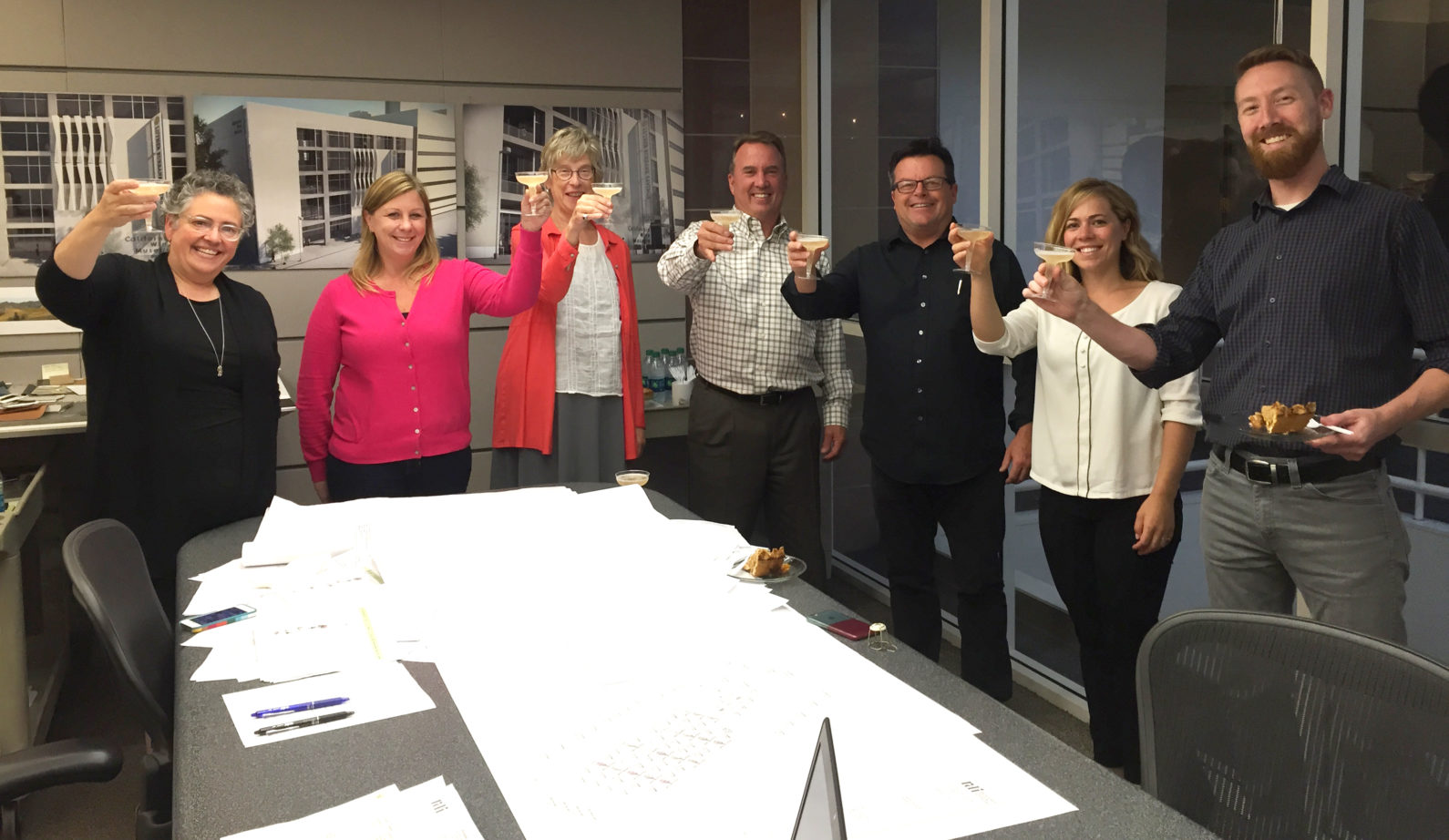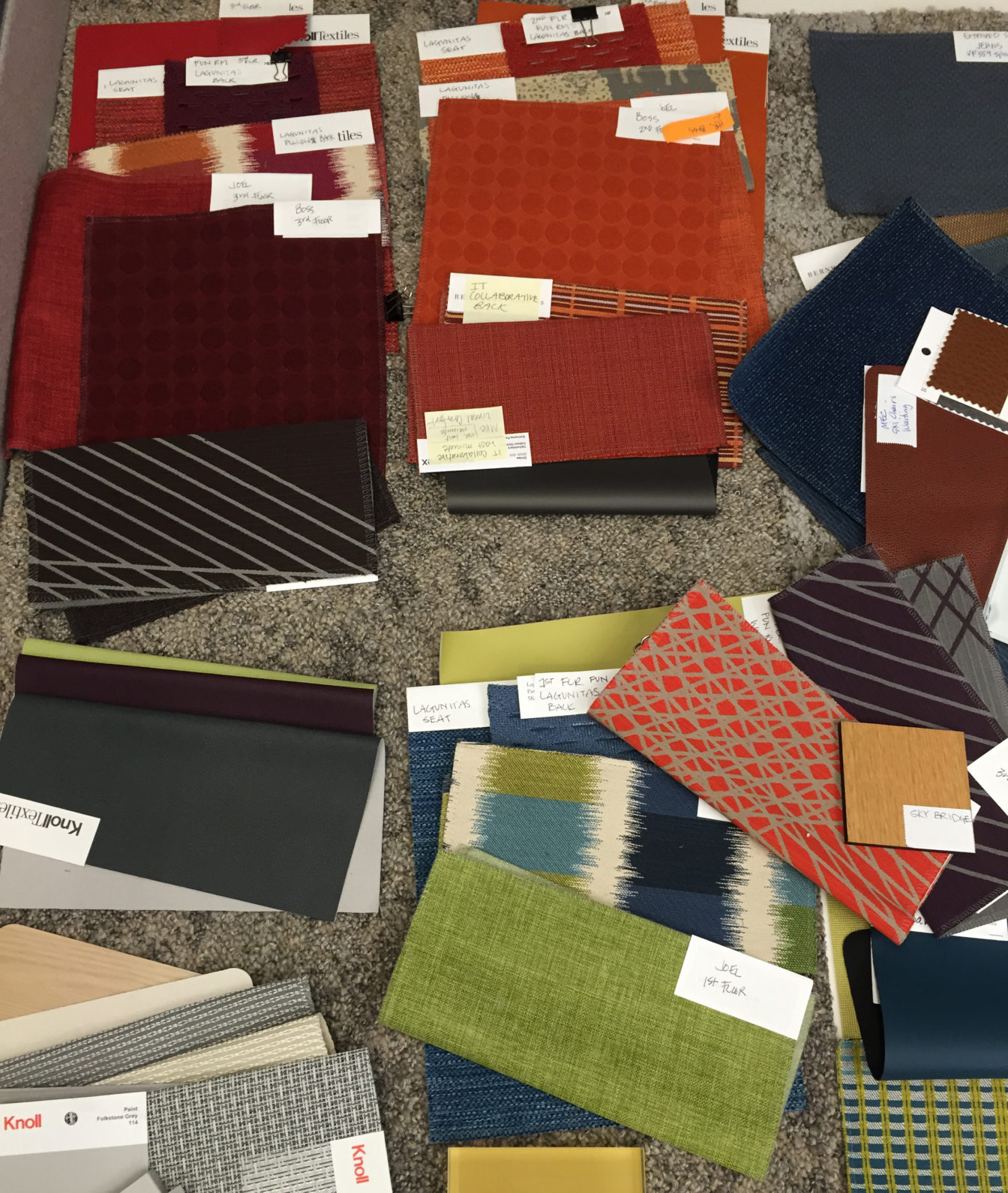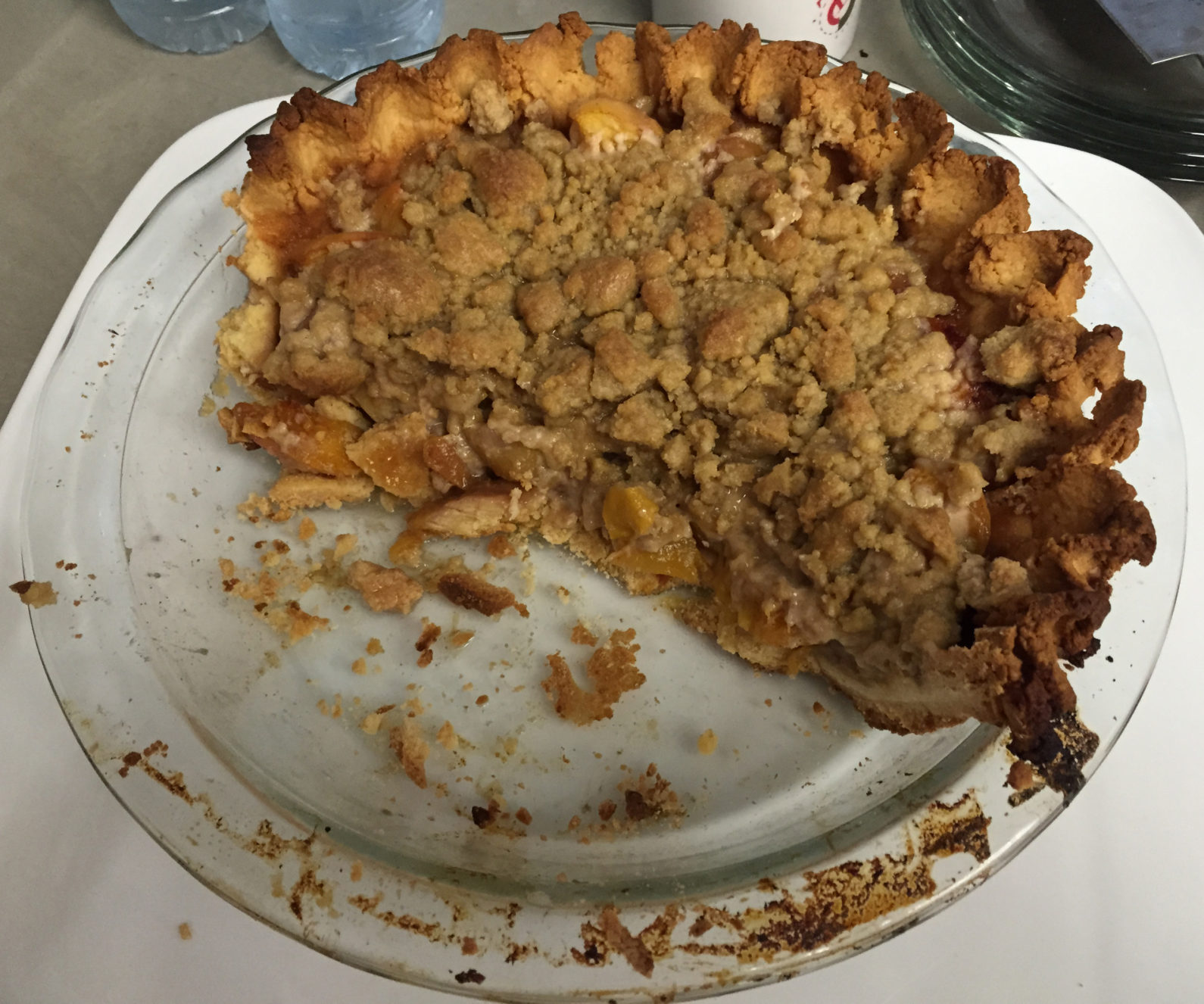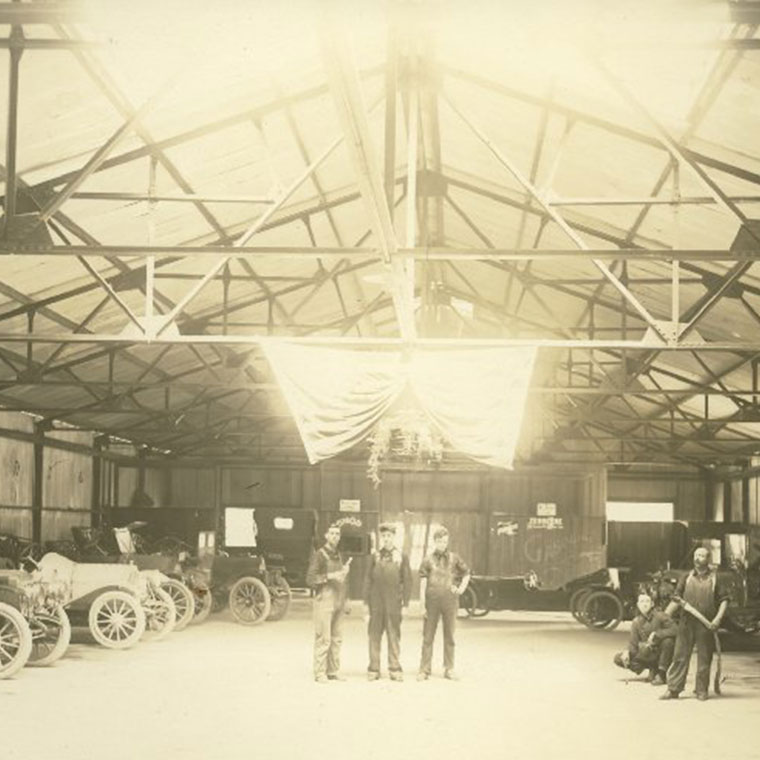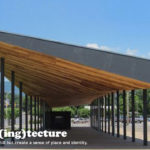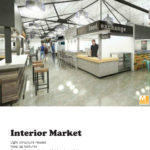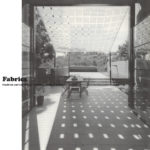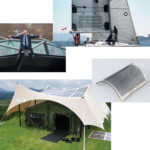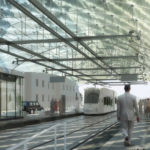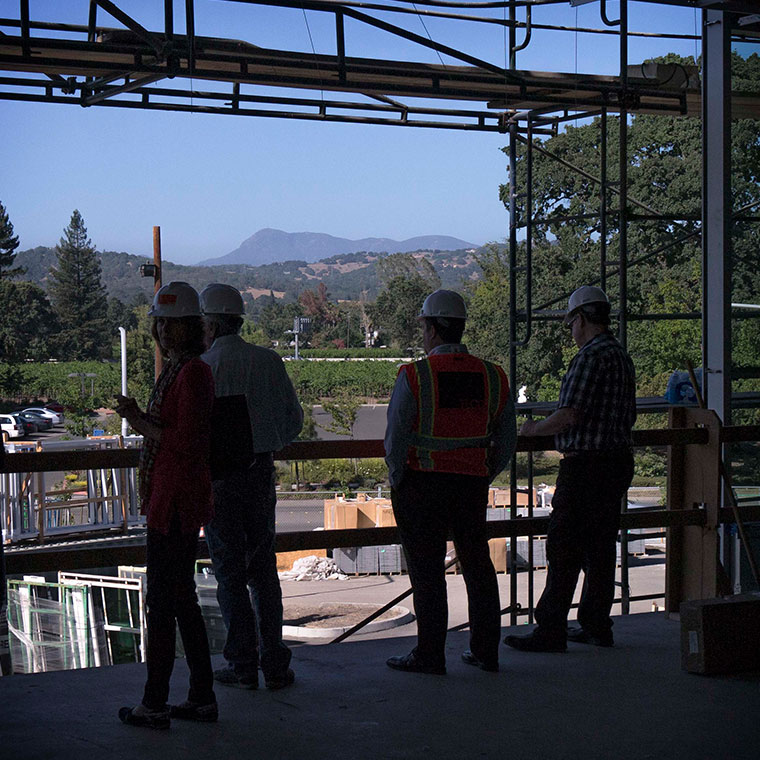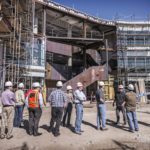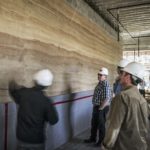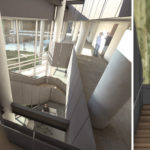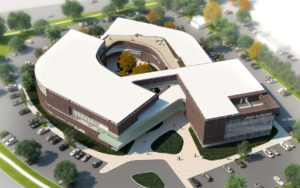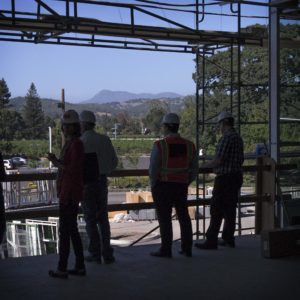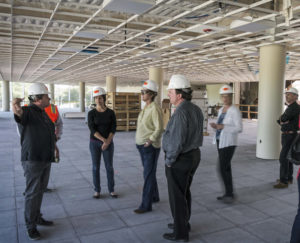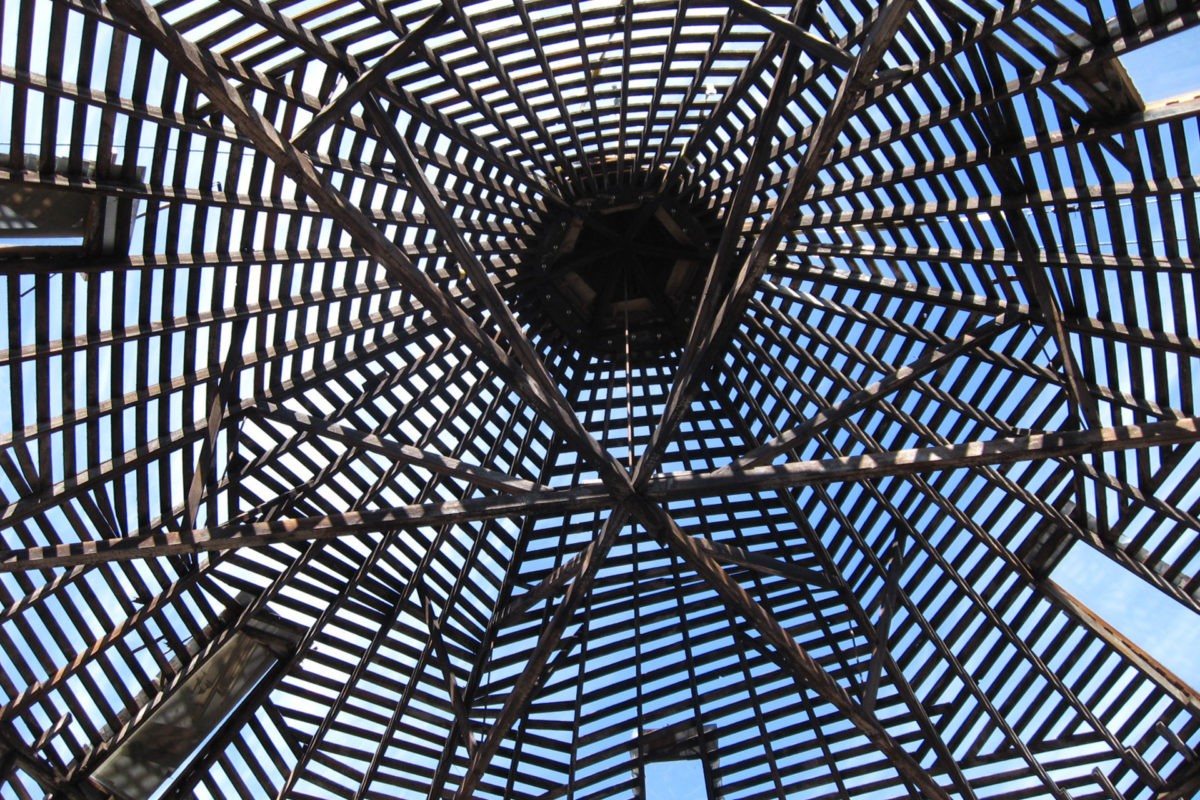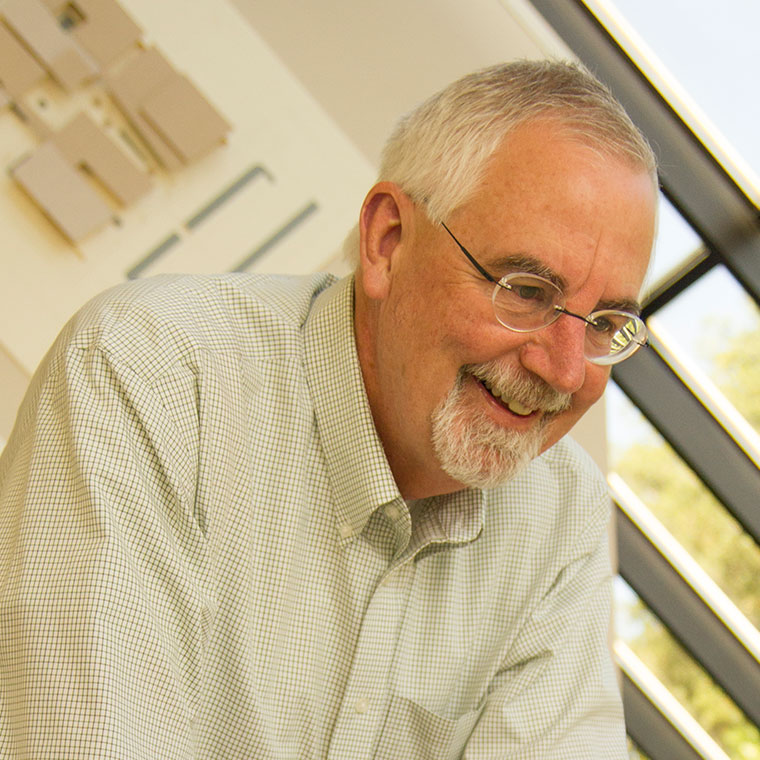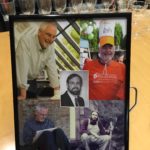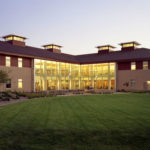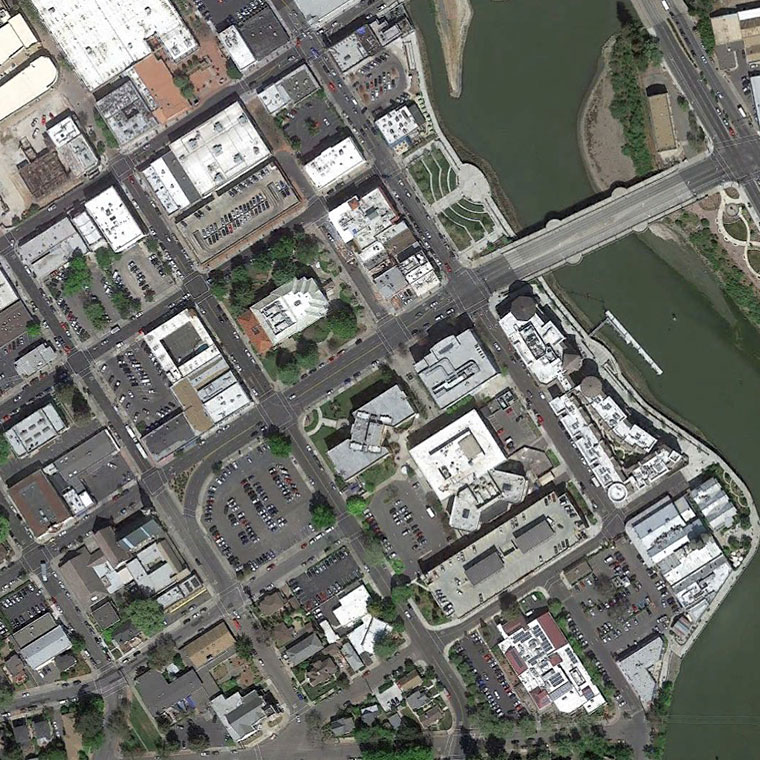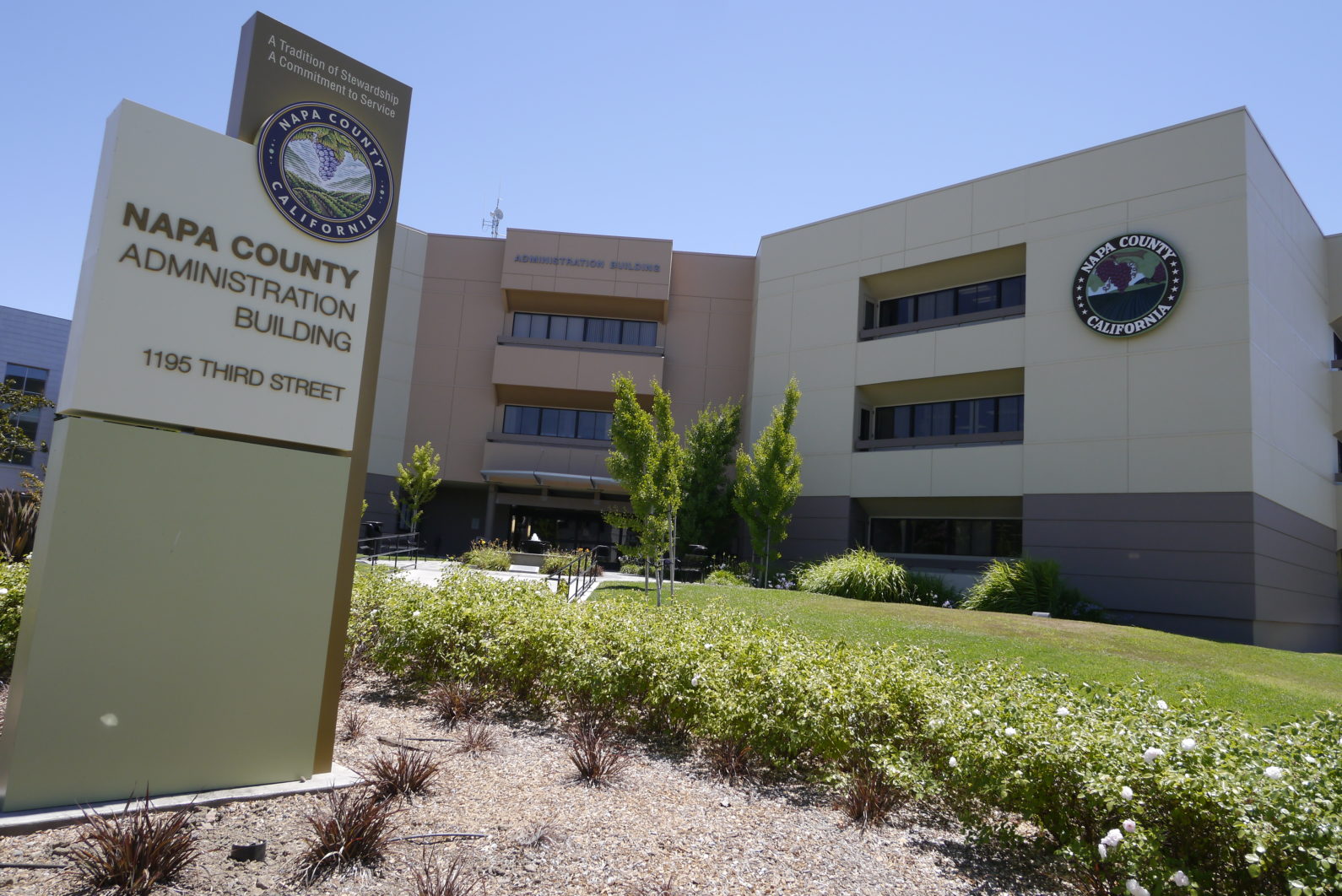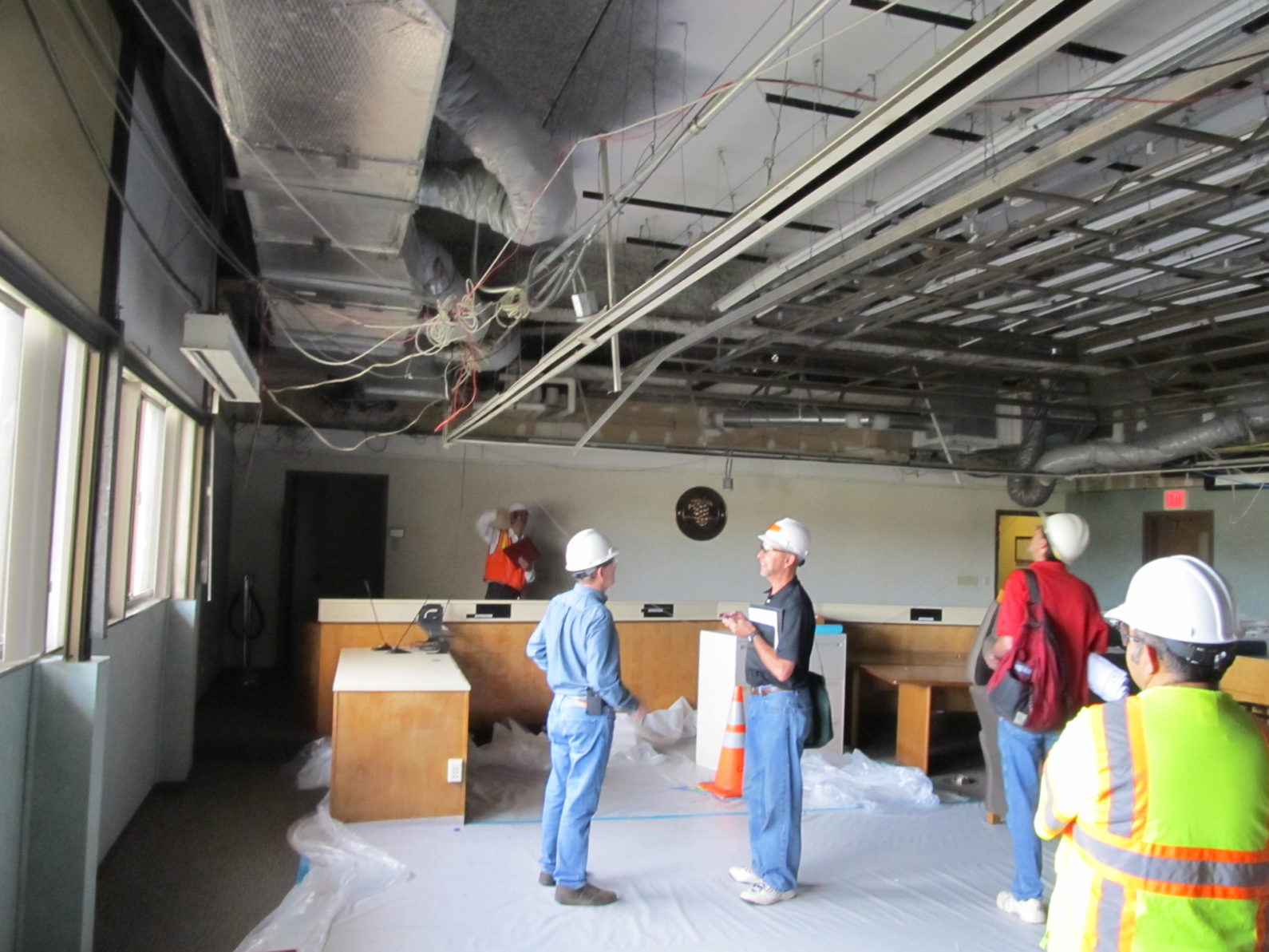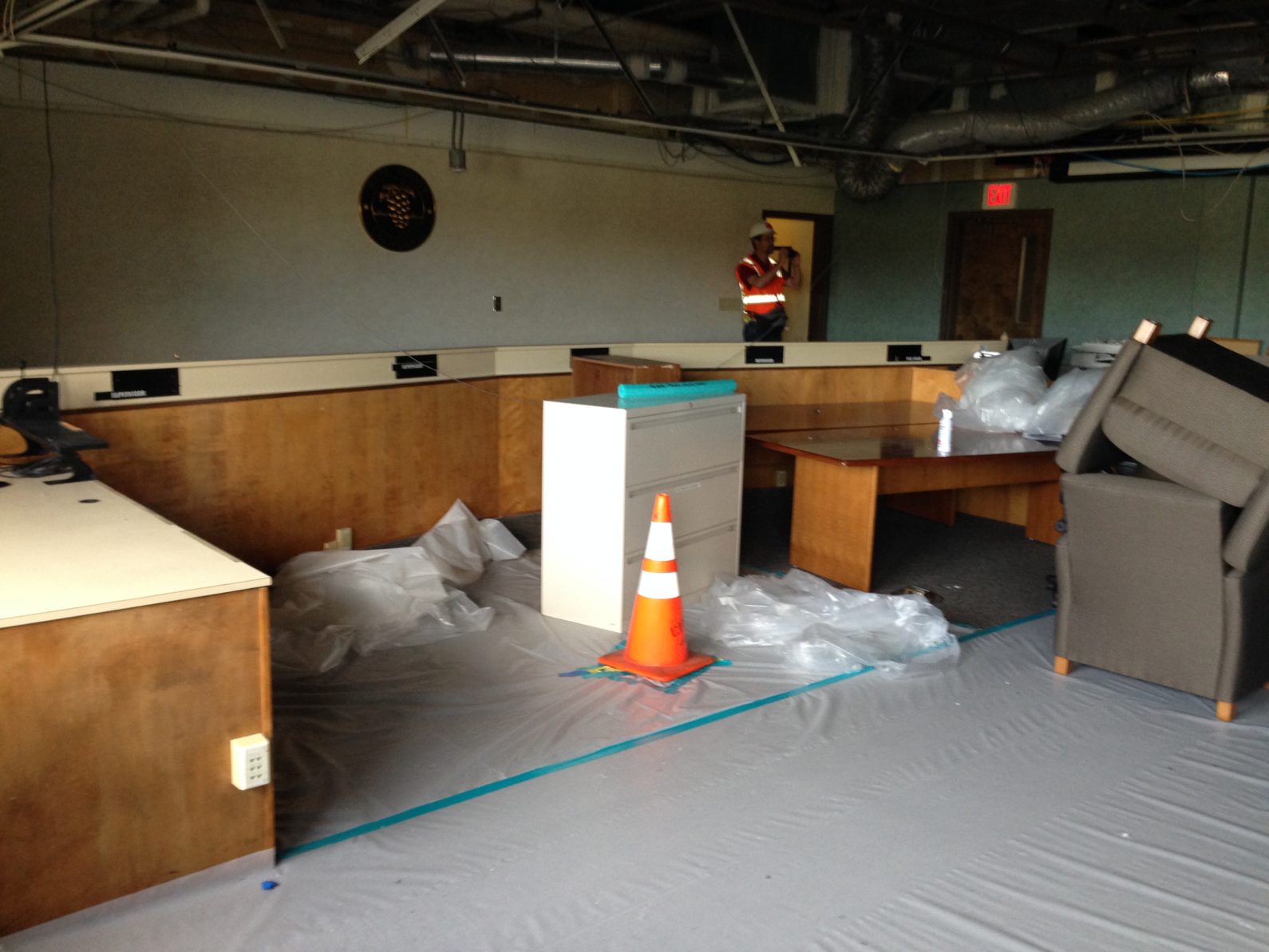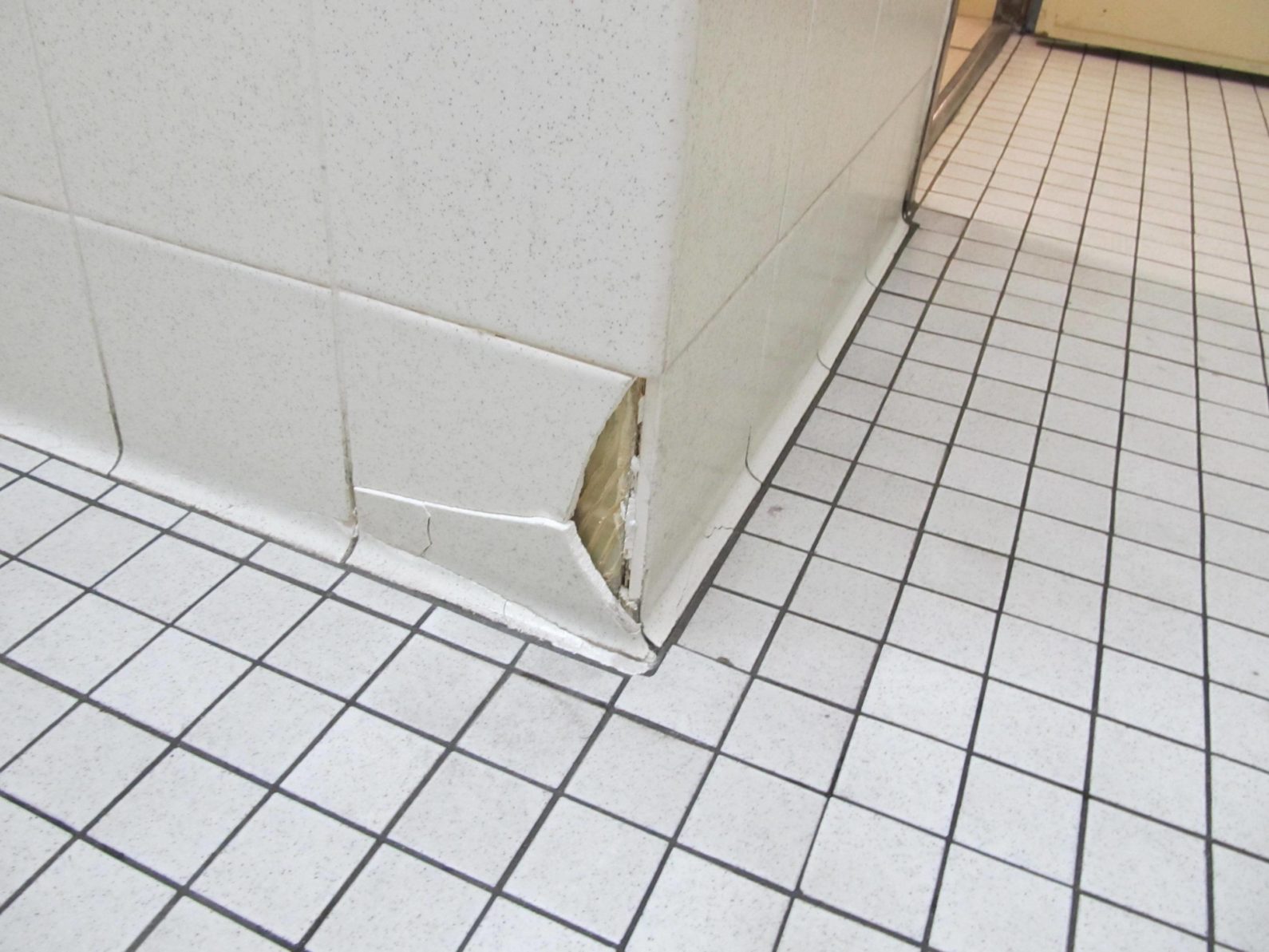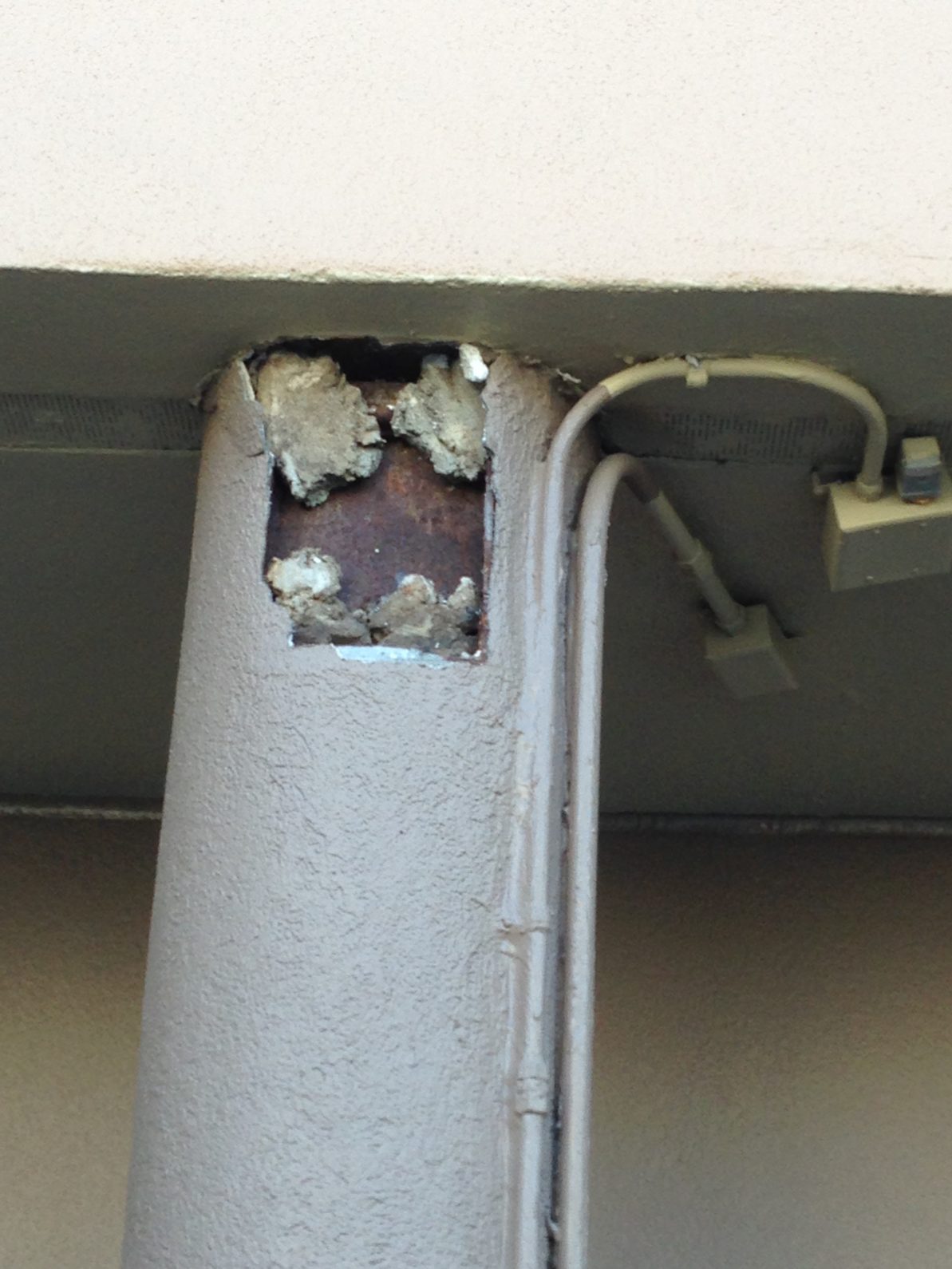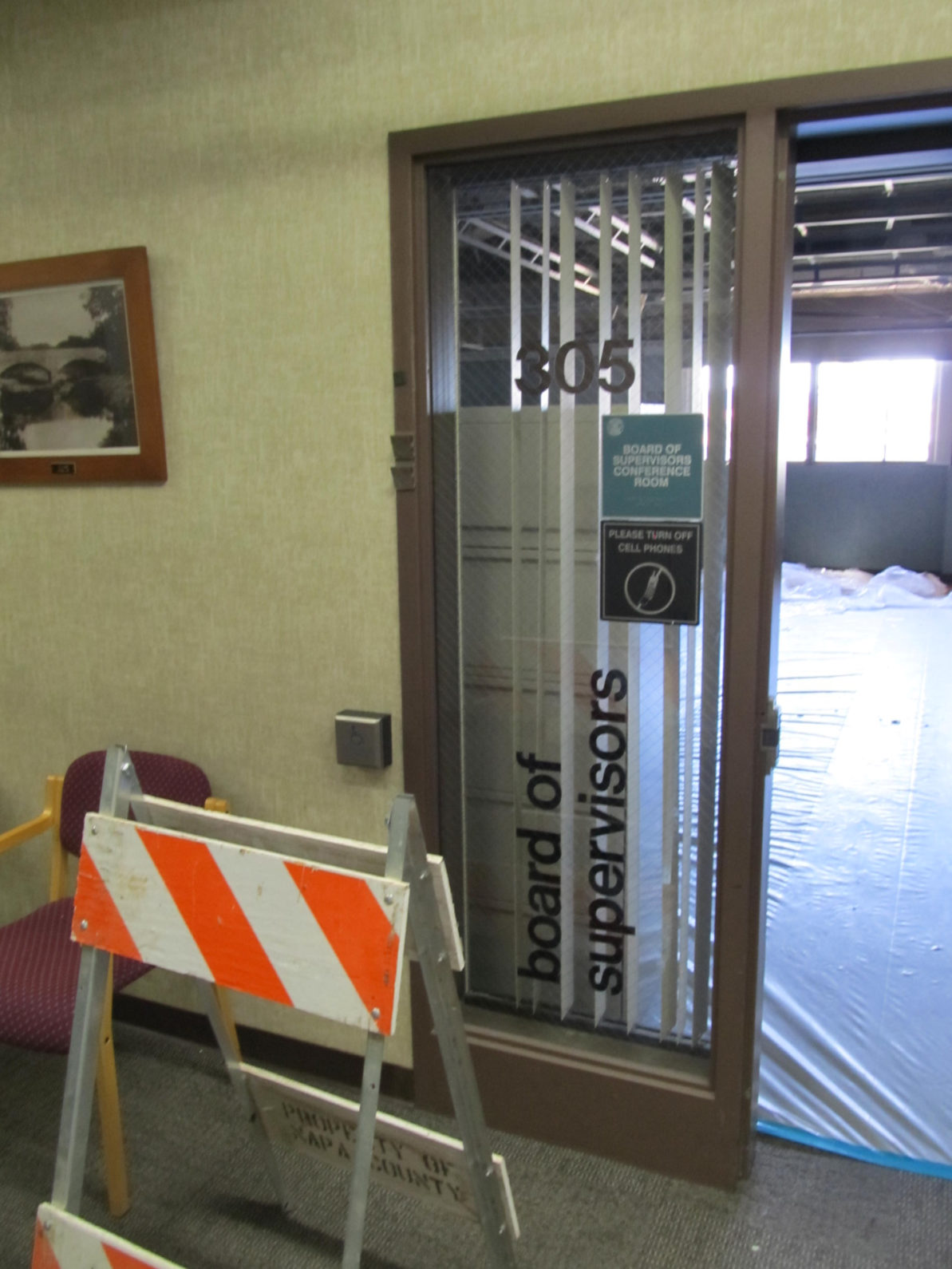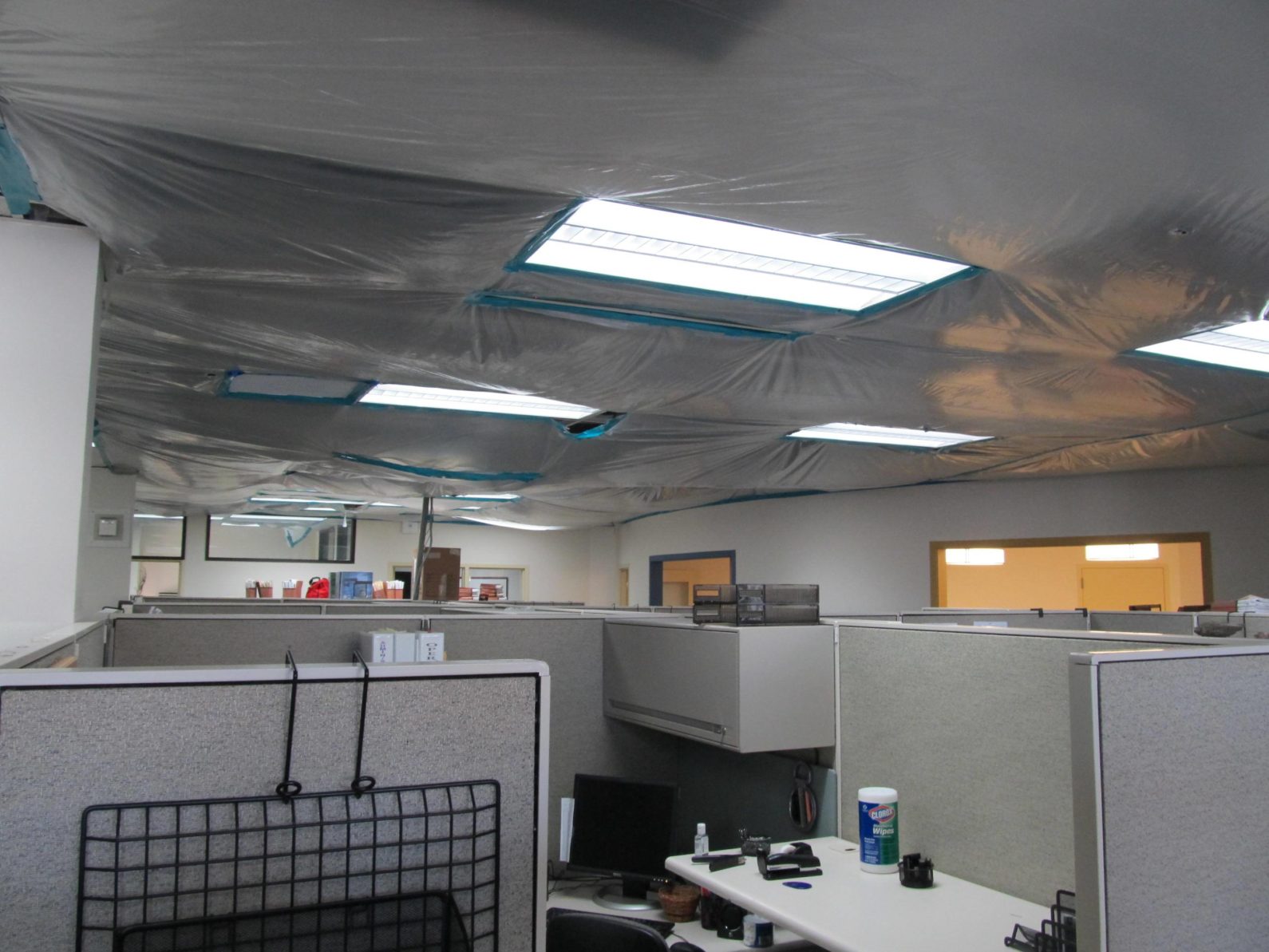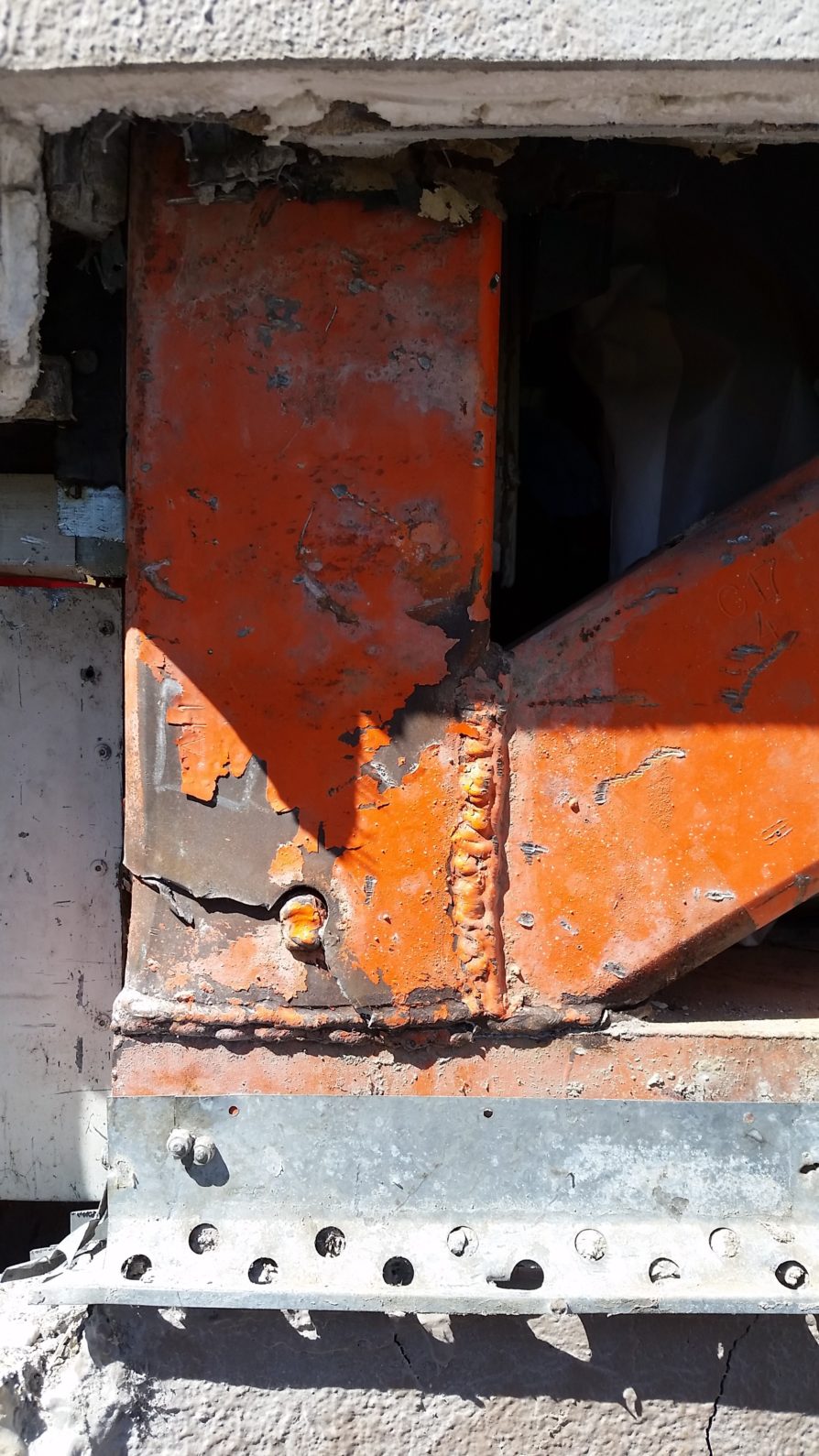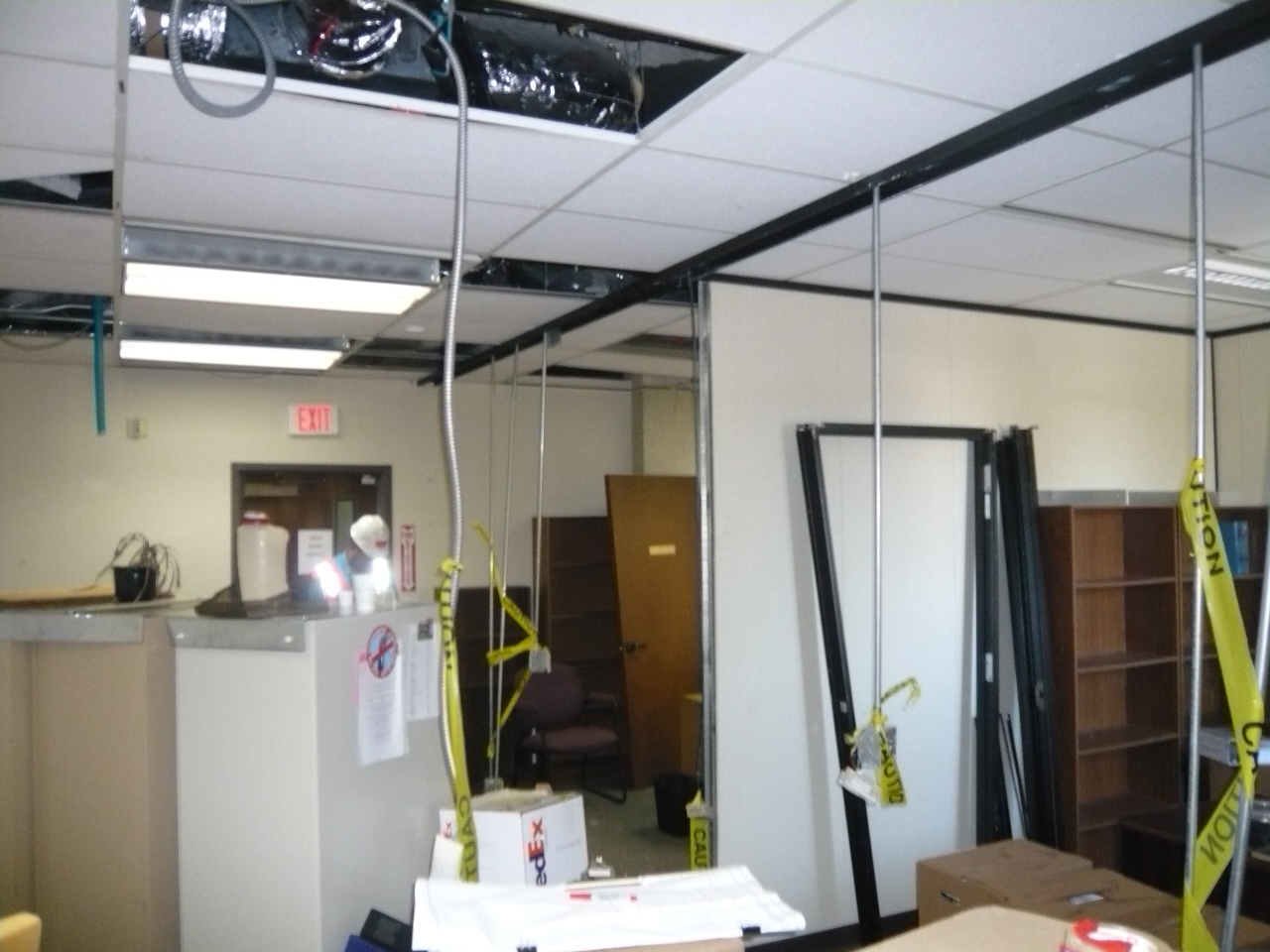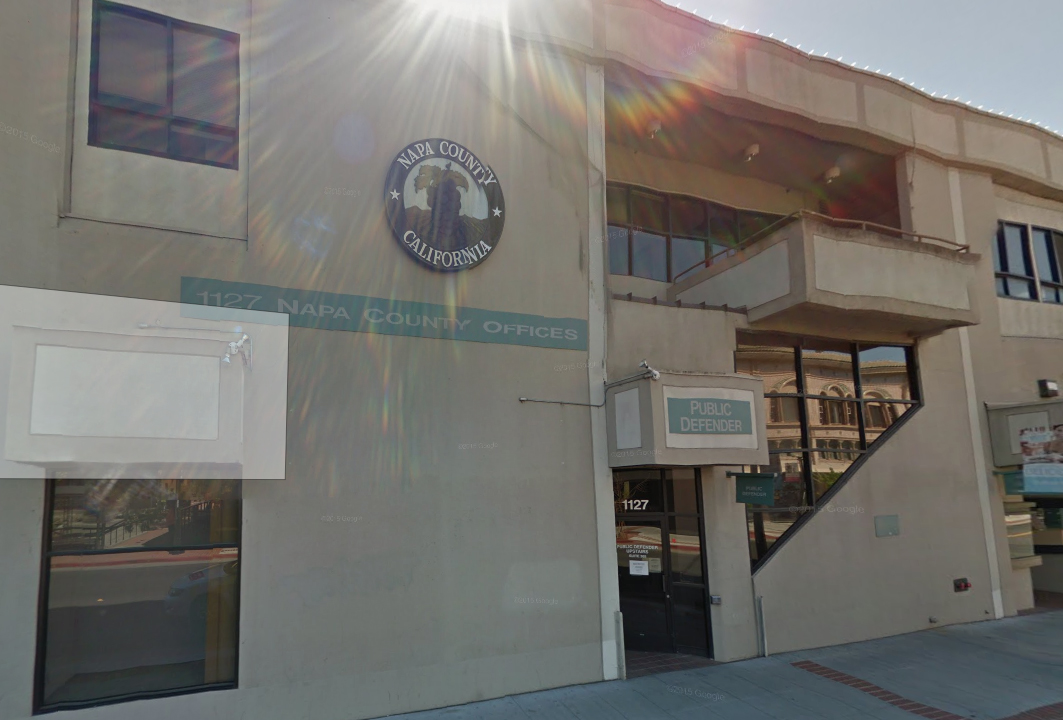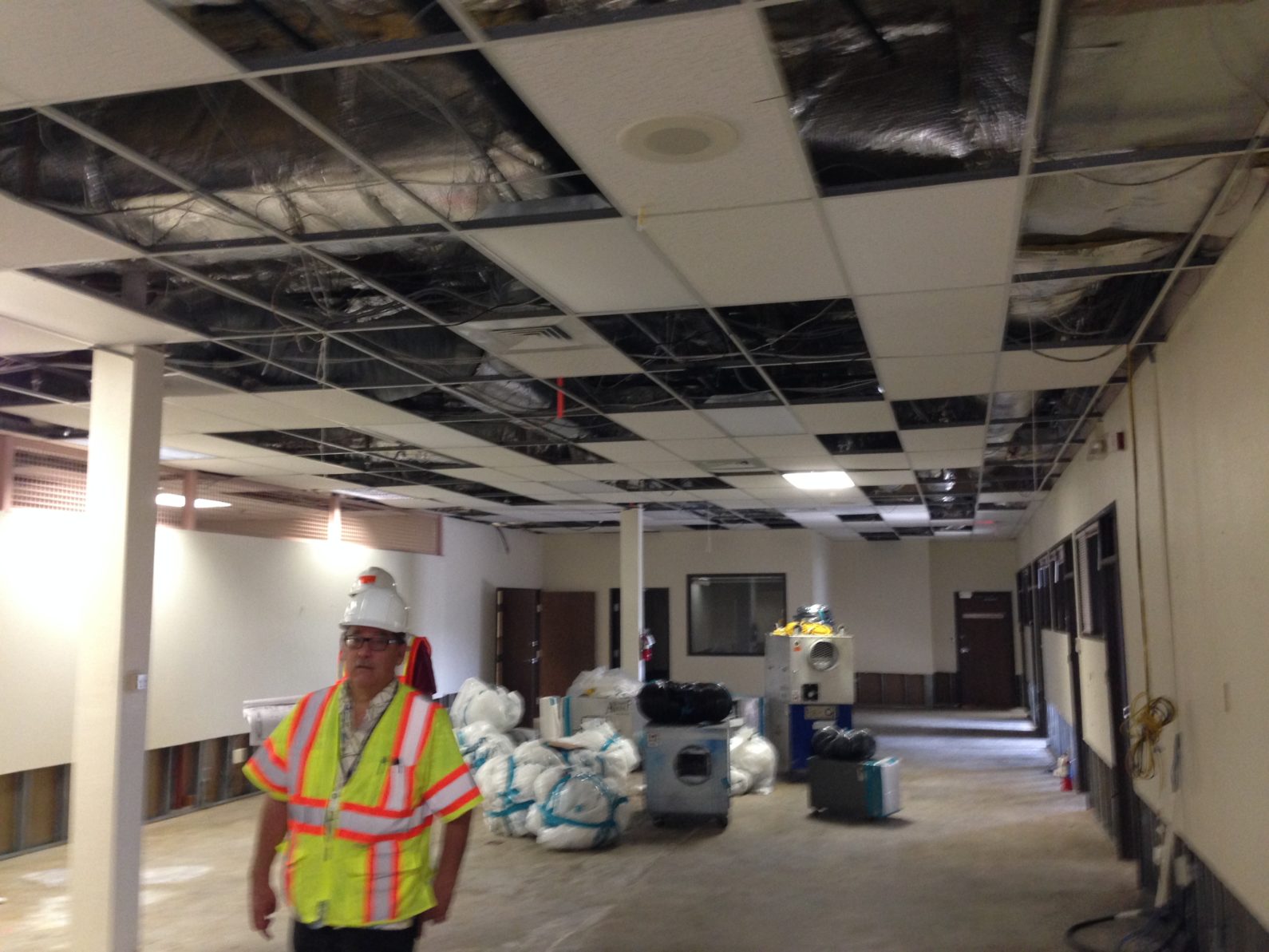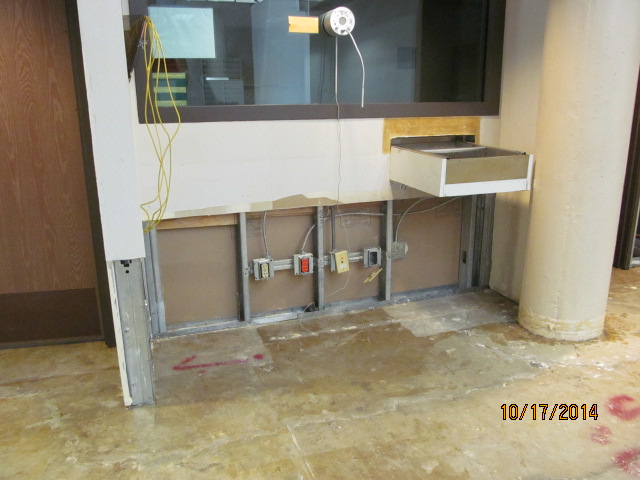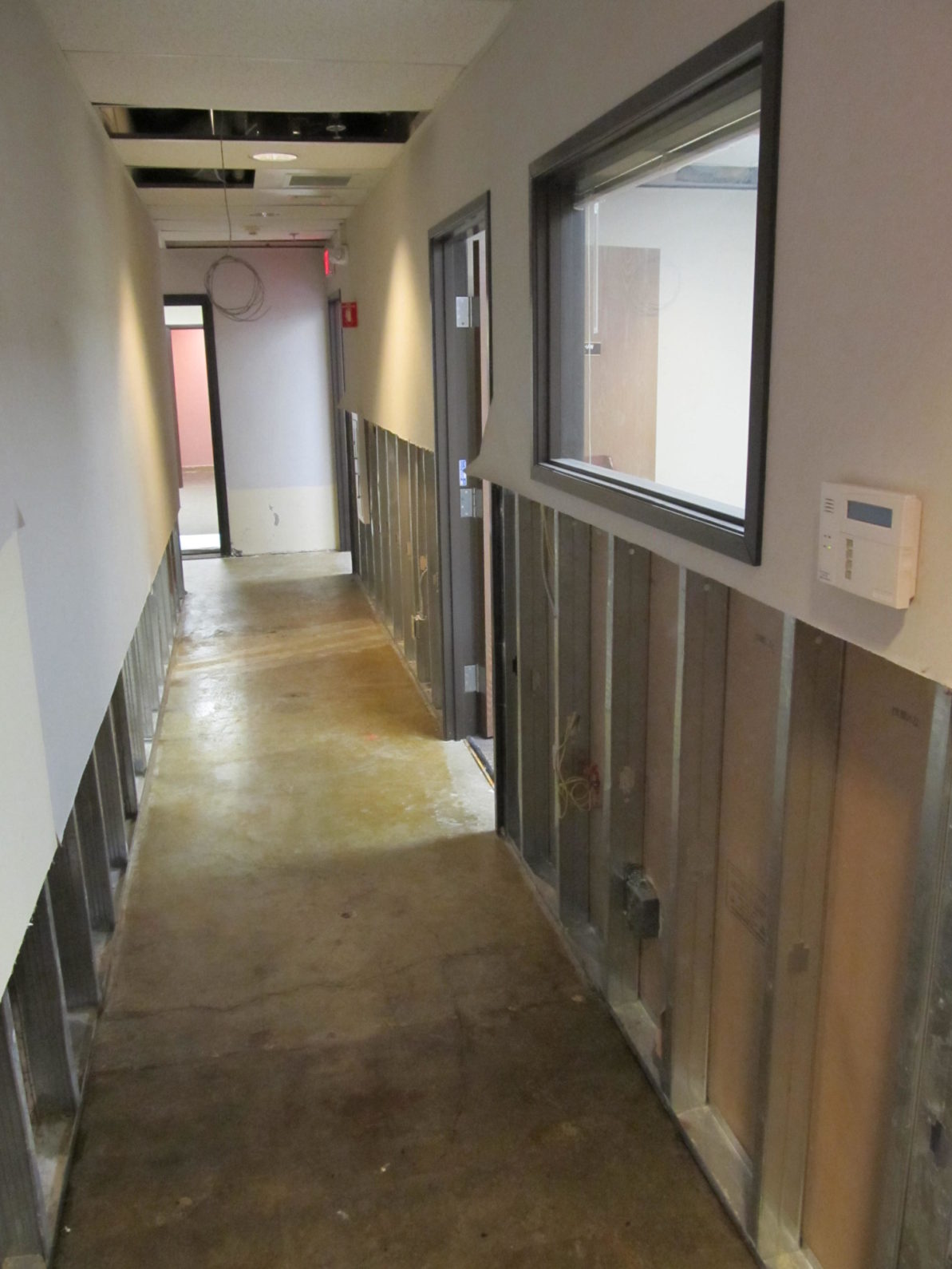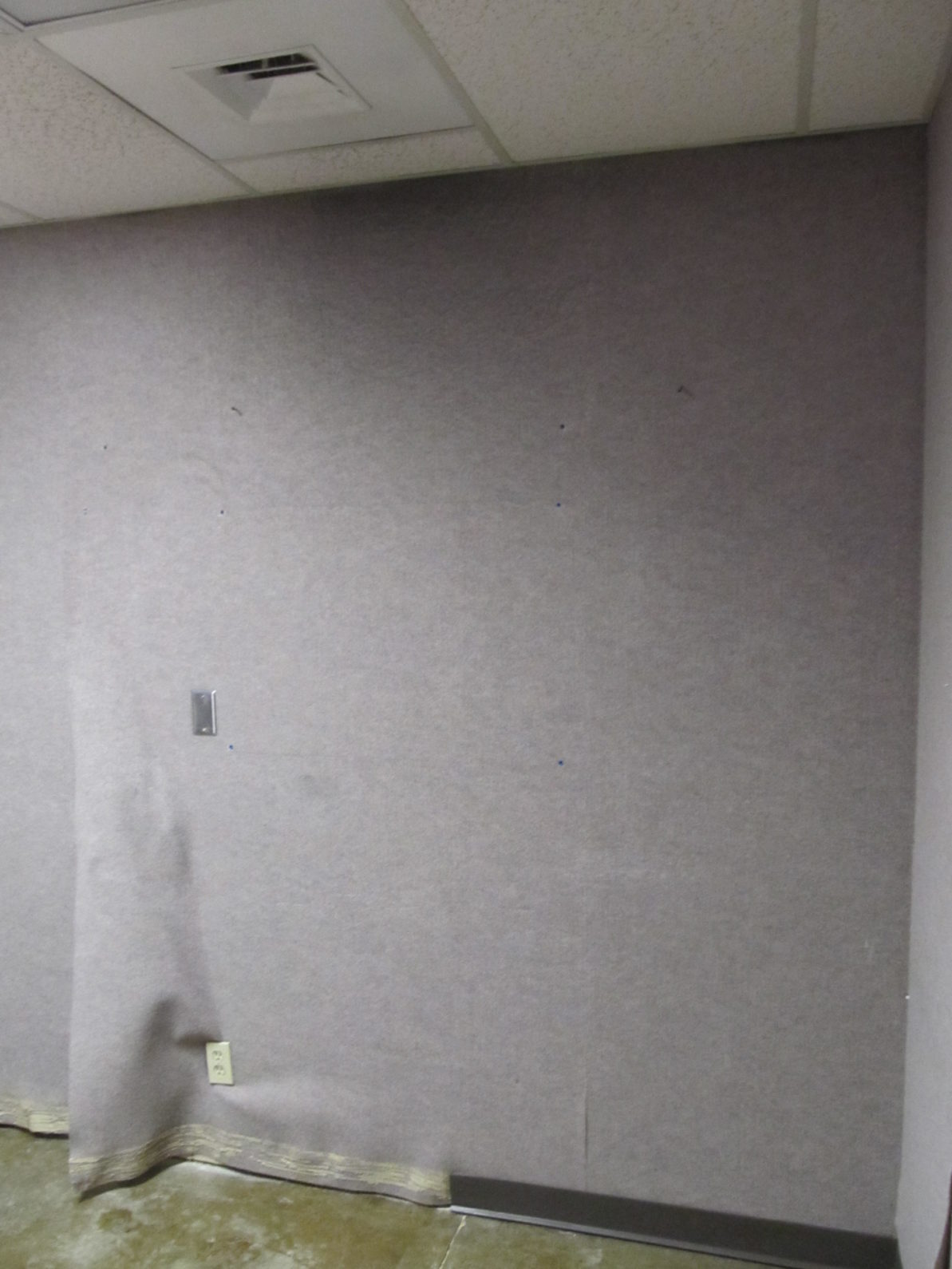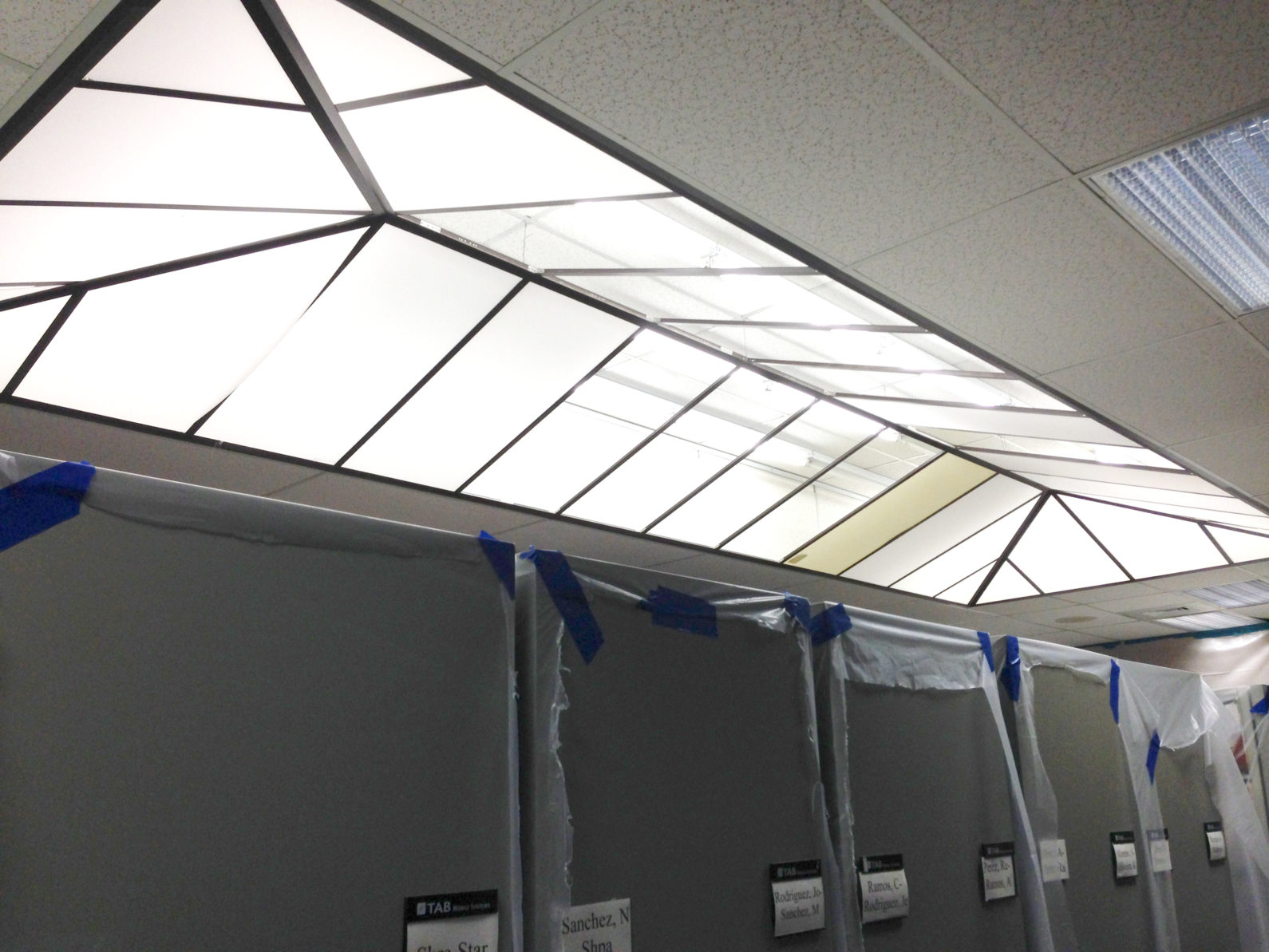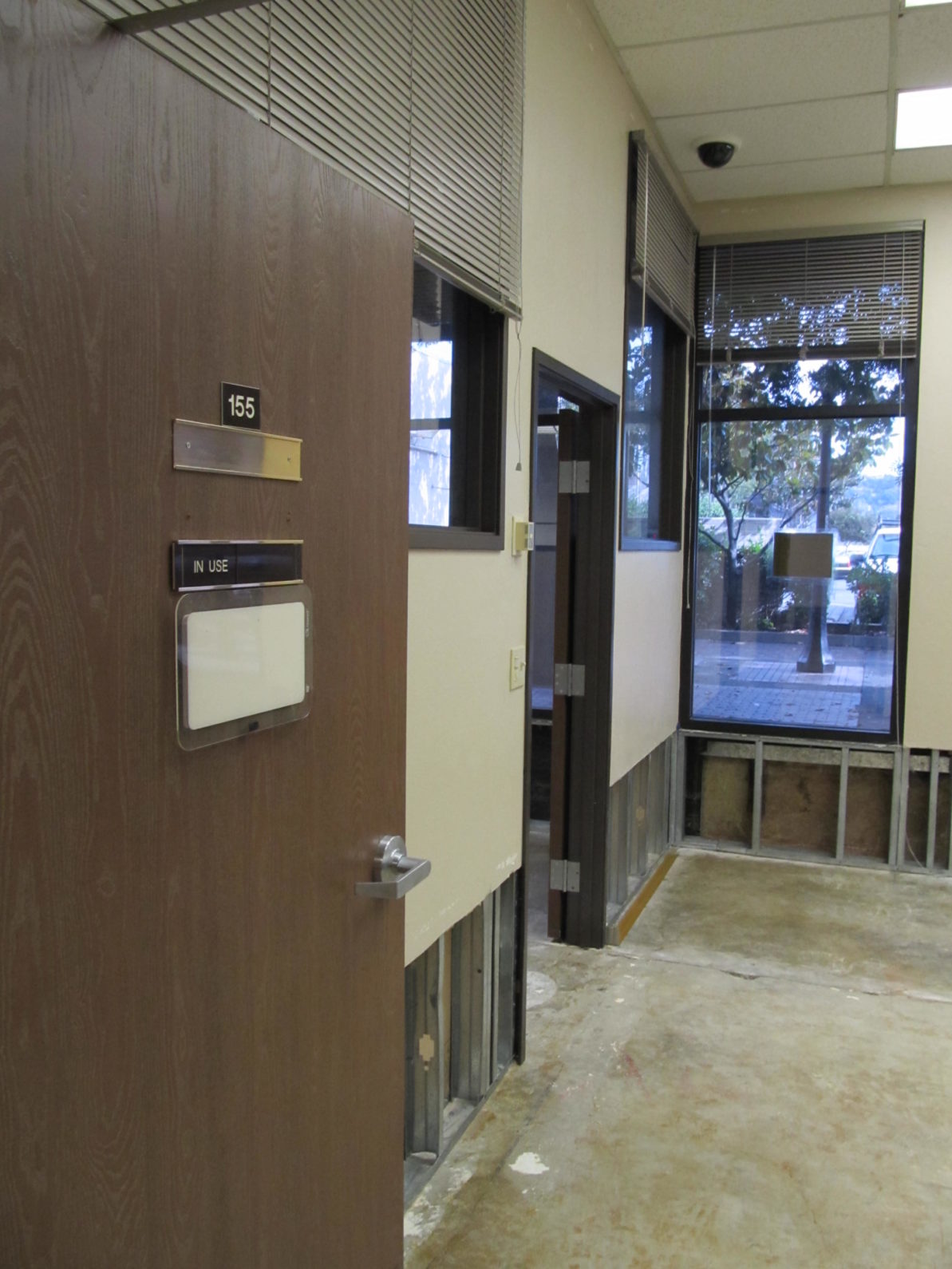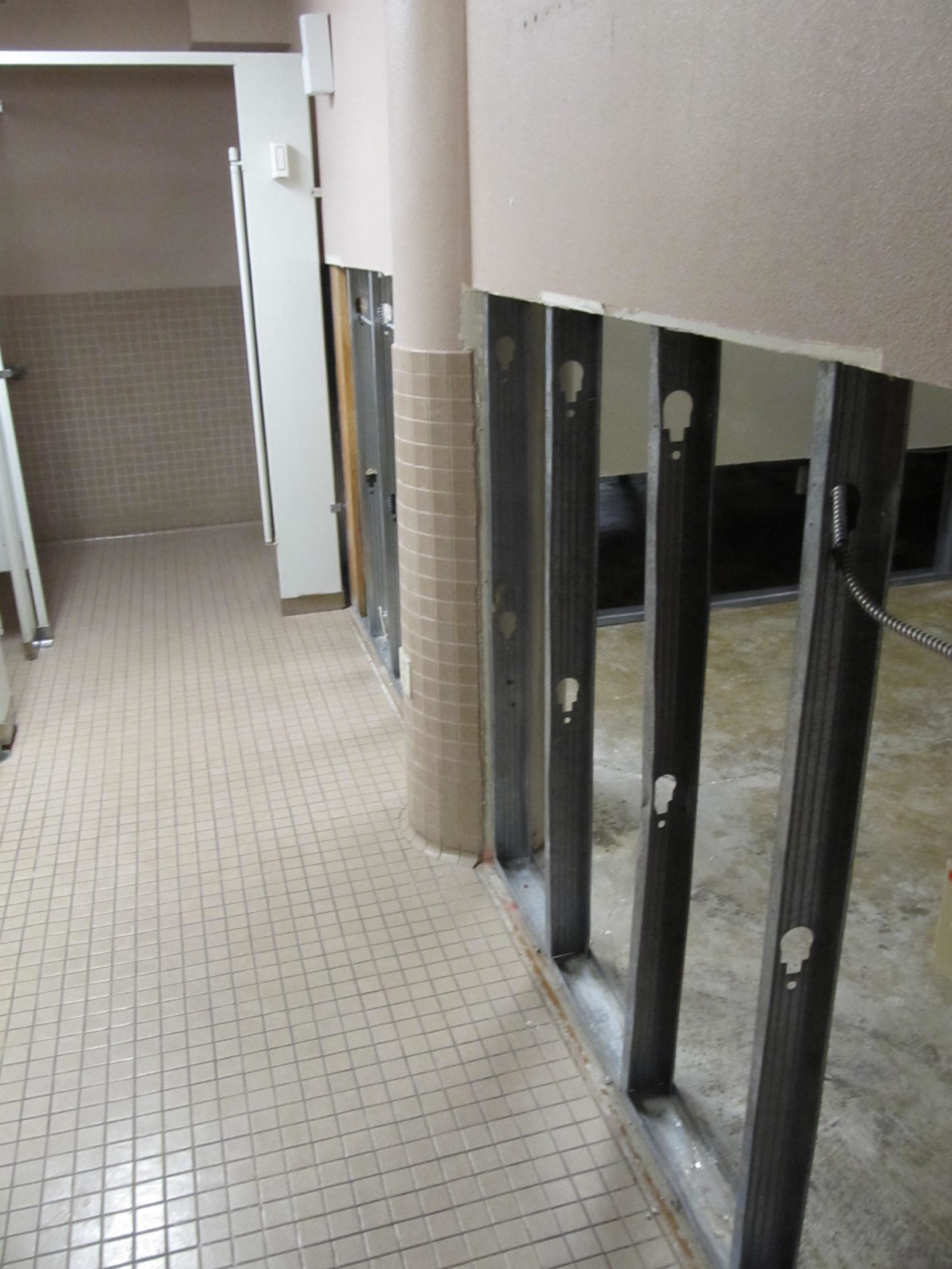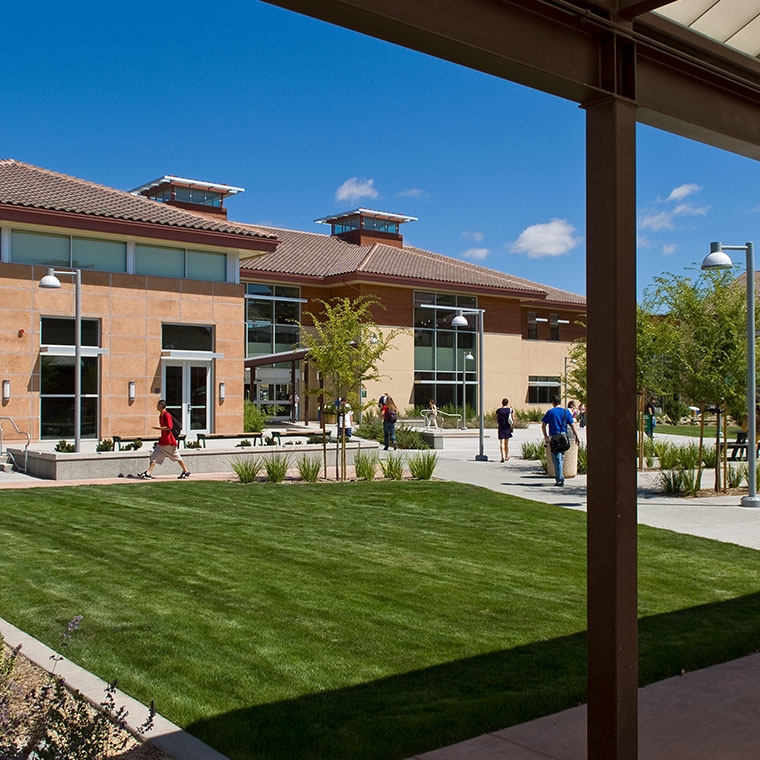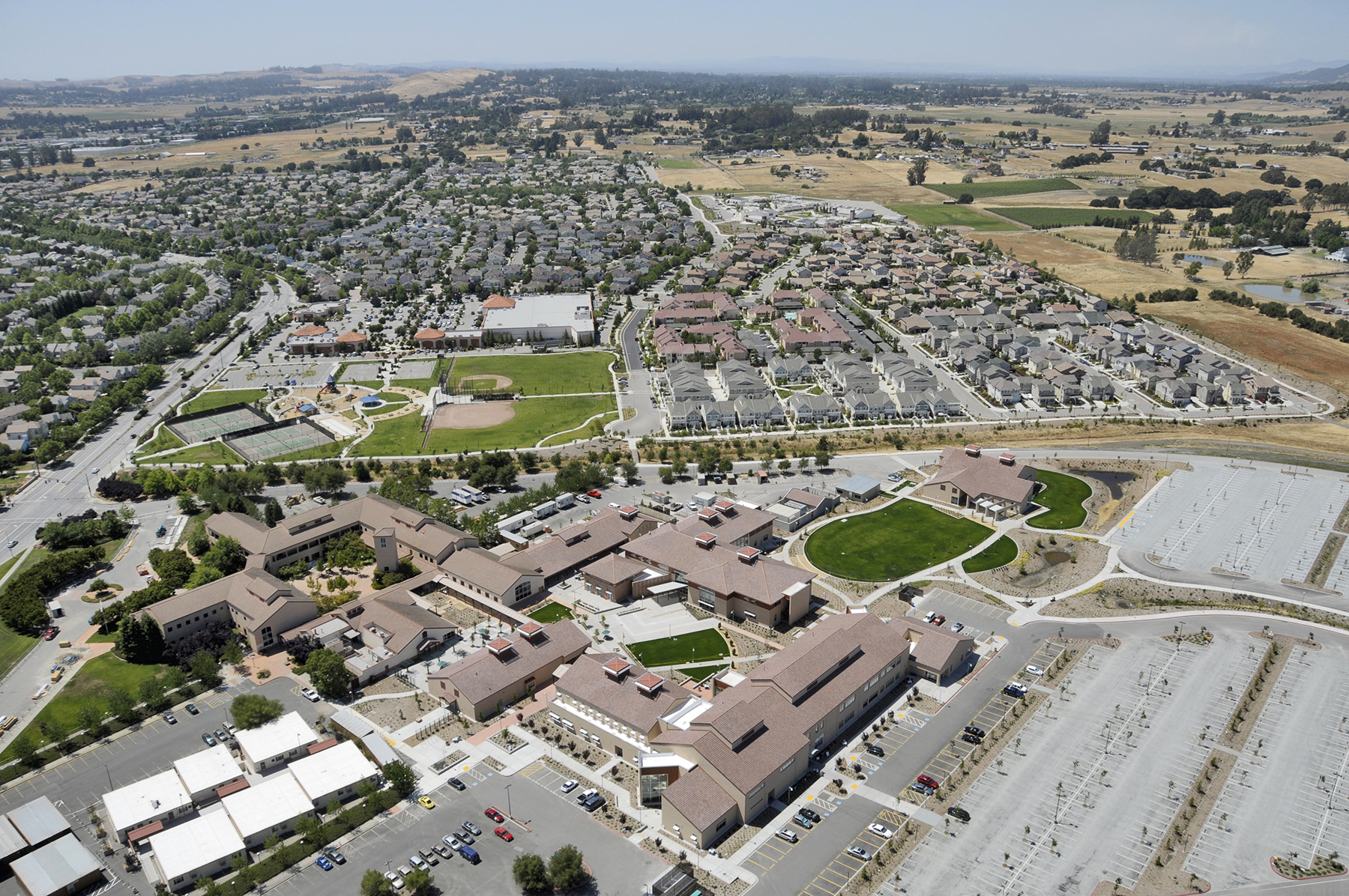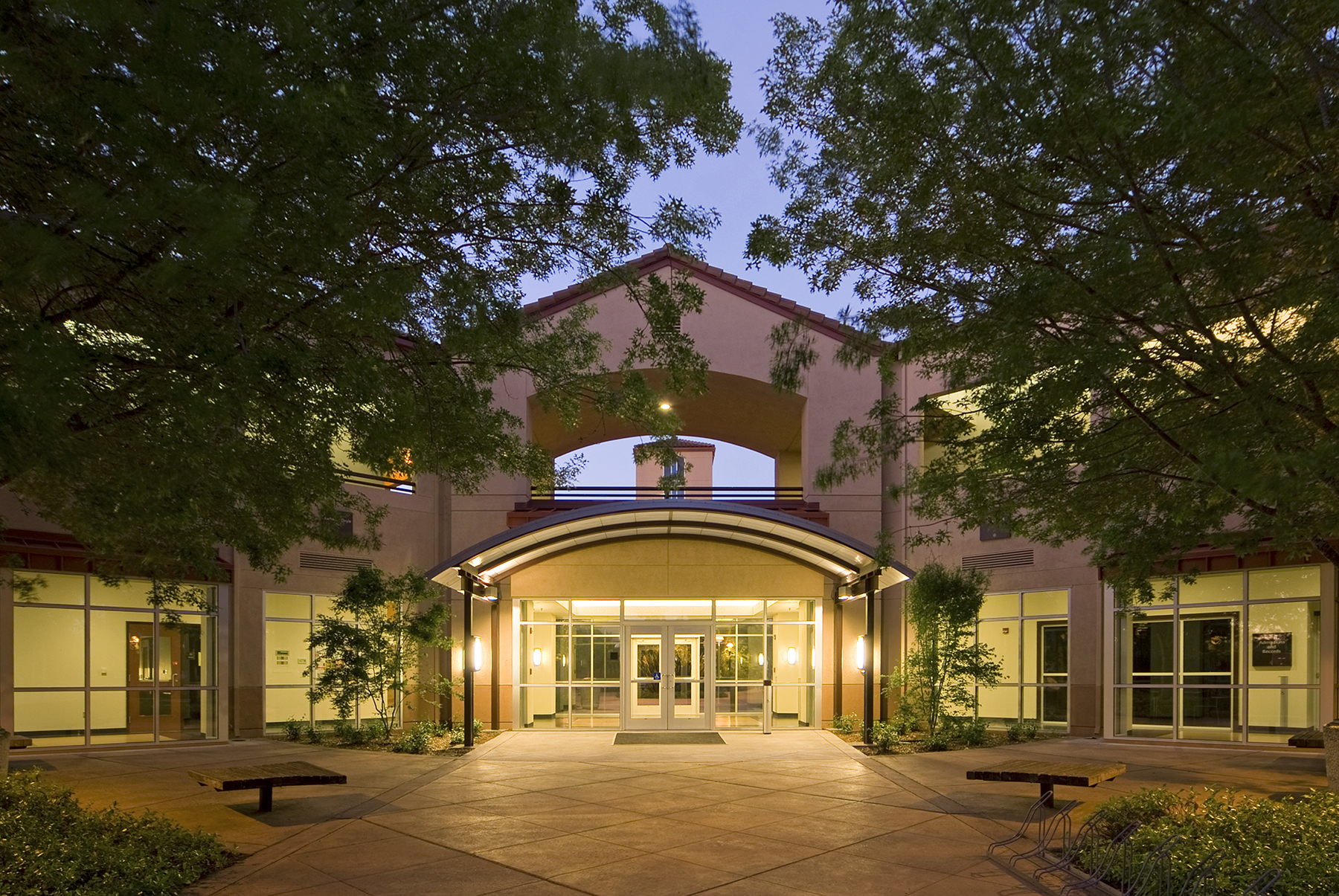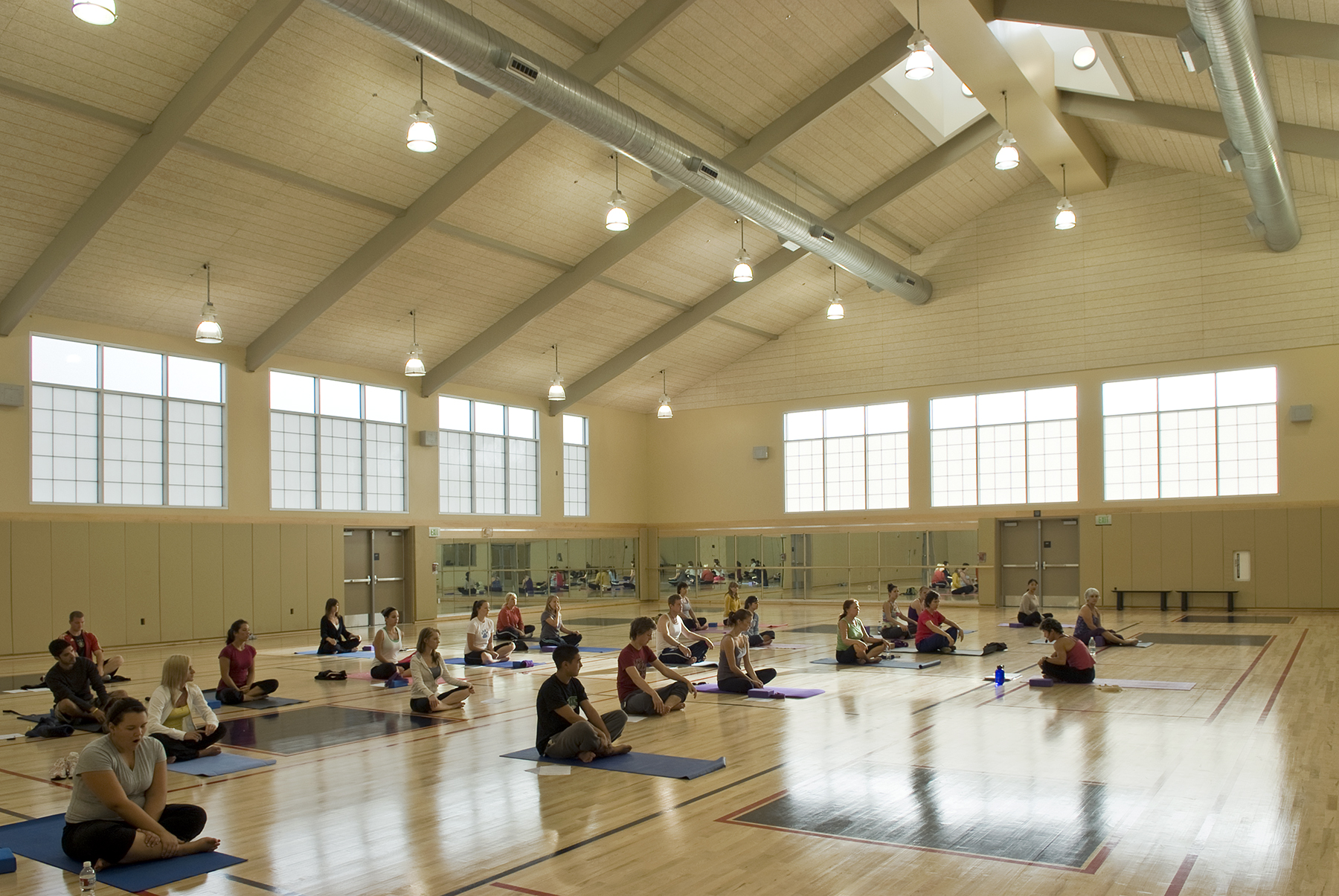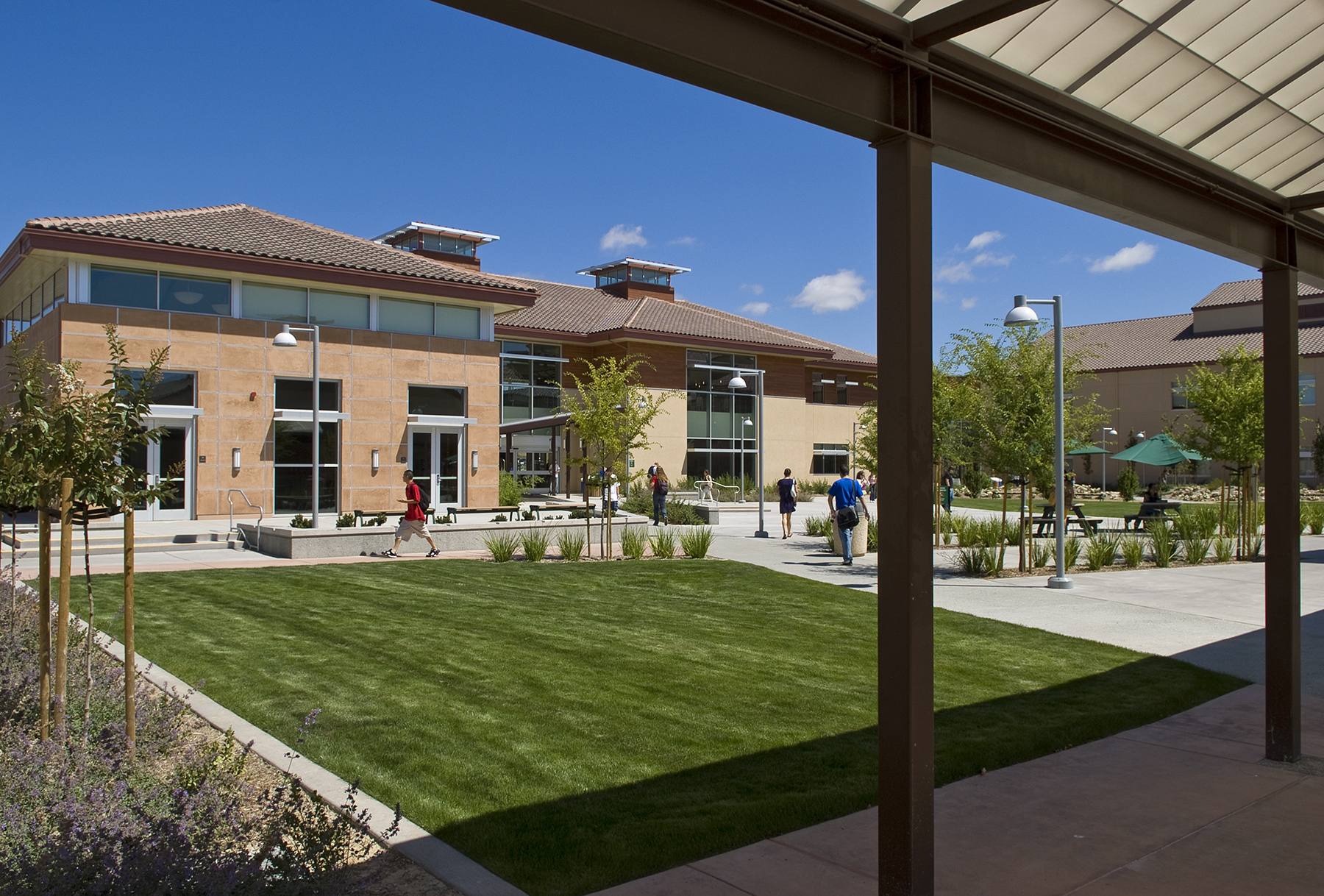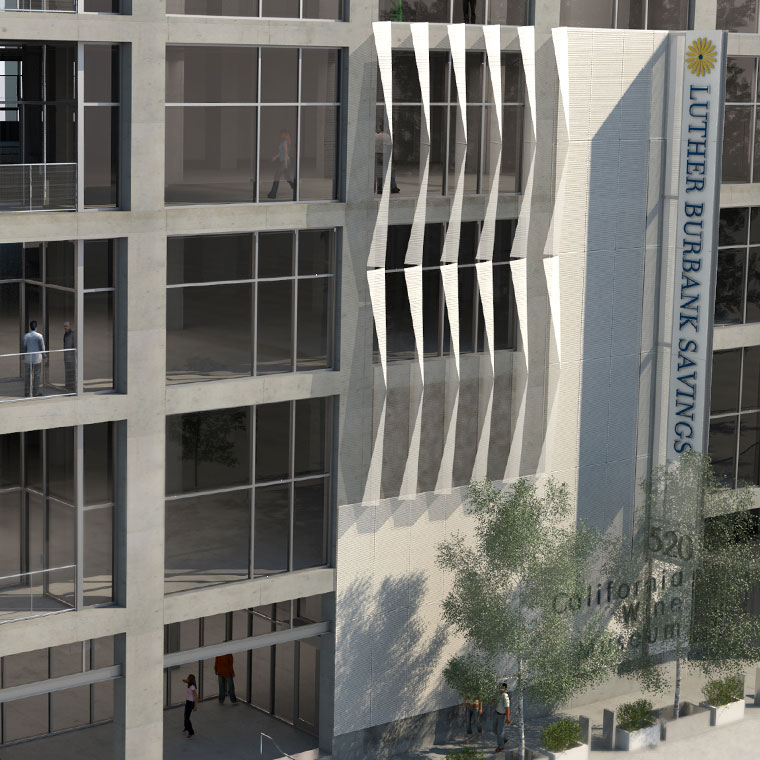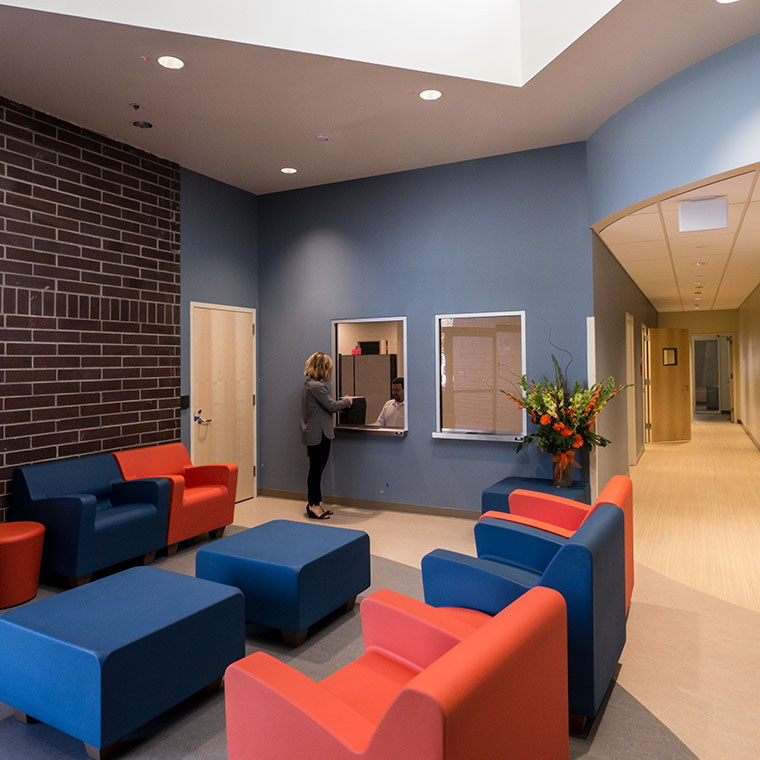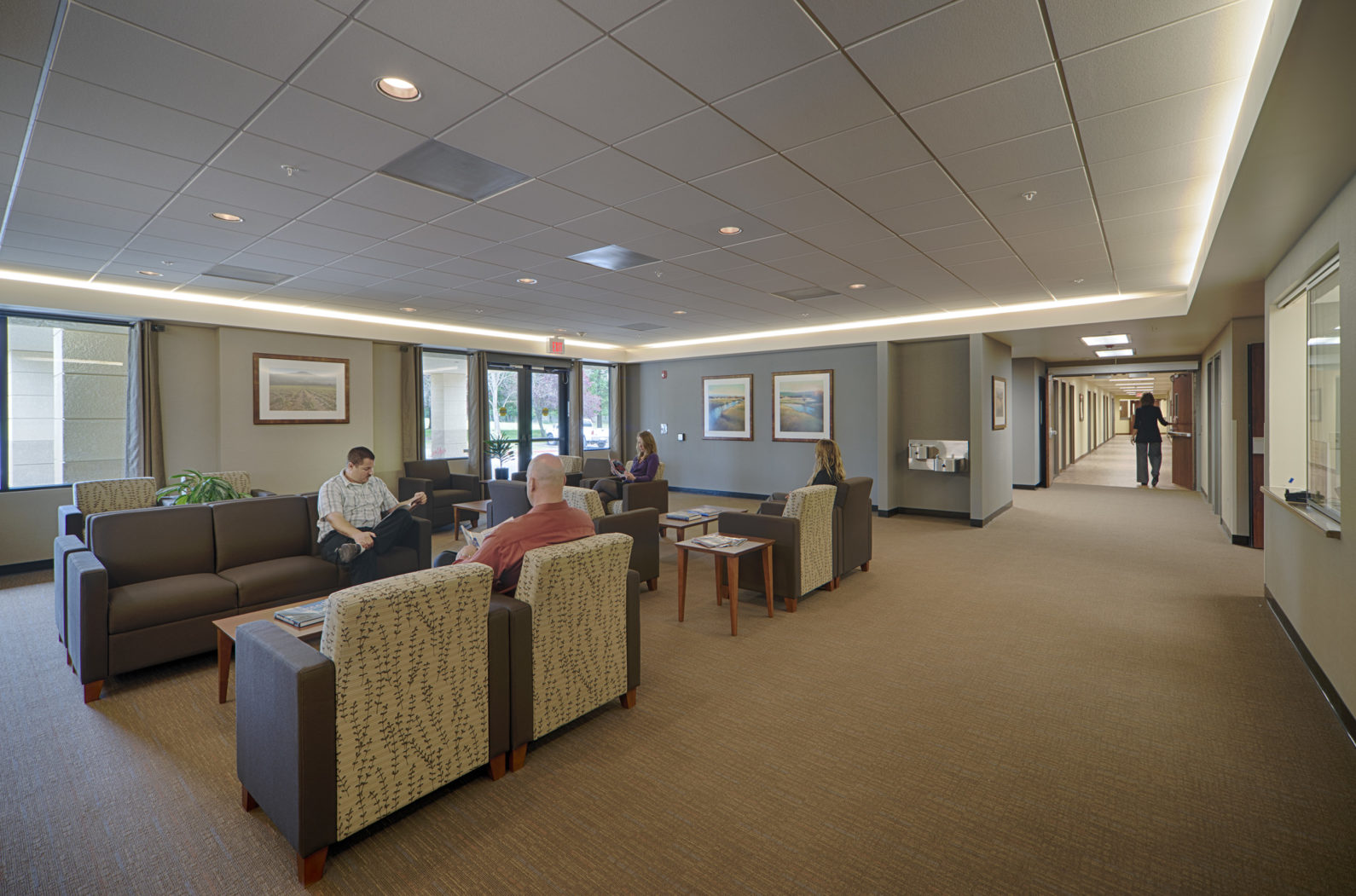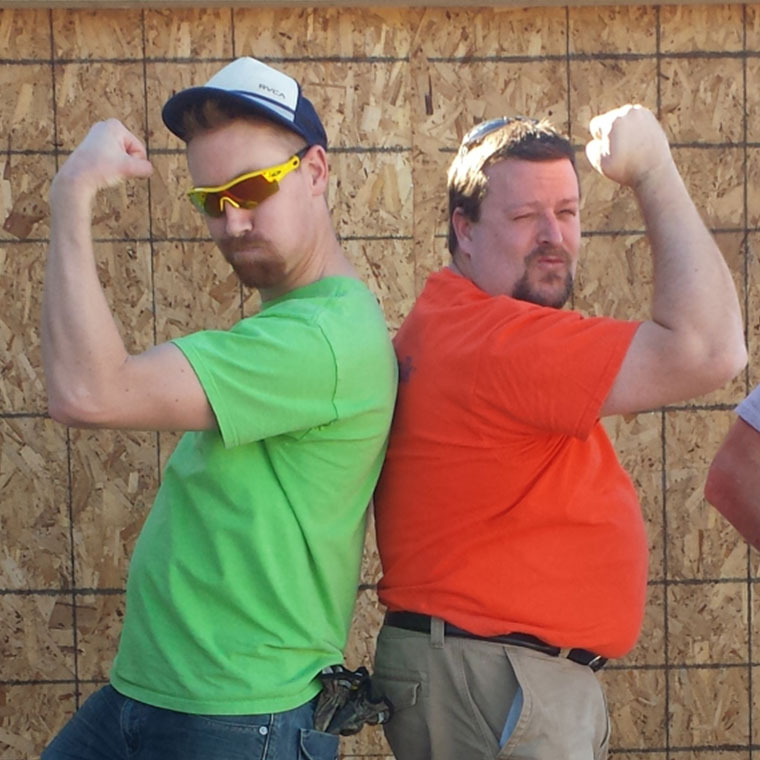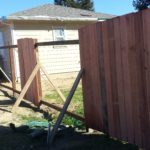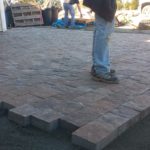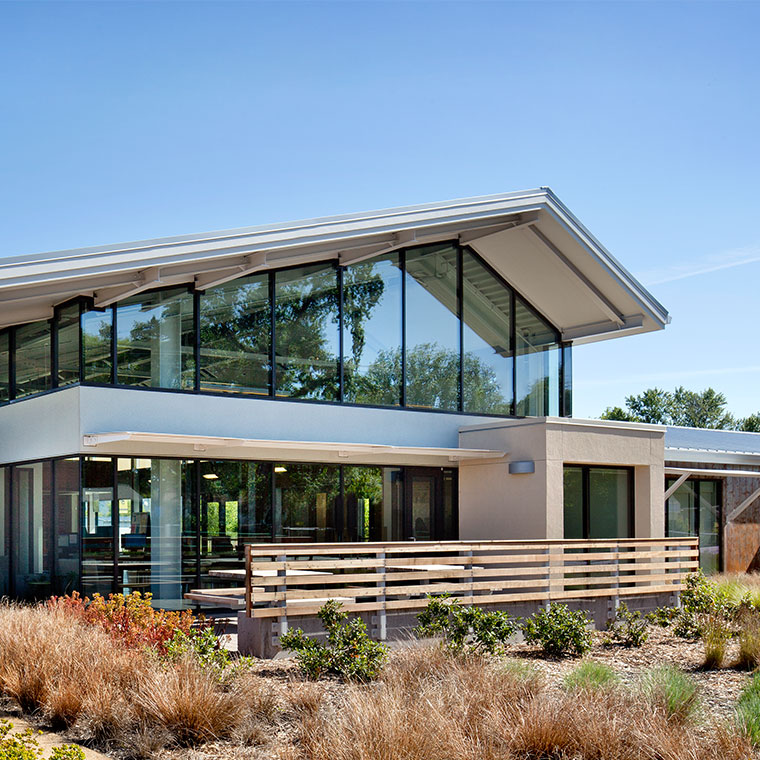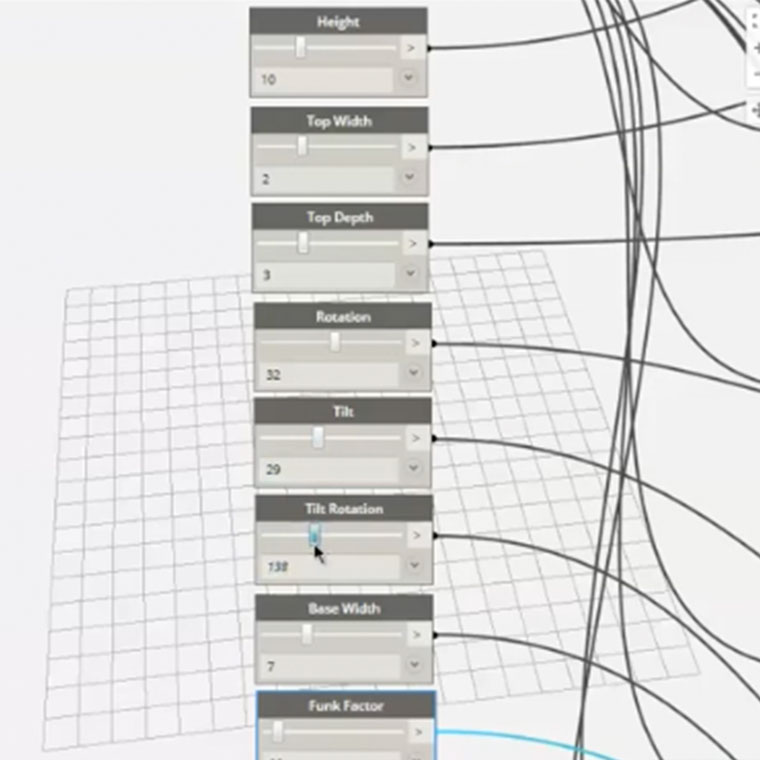Tag: TLCD ARCHITECTURE
TLCD Conquers Truffles!
SRJC’s KAD Modernization In Full Swing
Visionary Art Center Take Shapes at West Valley College
Going Vertical in Santa Rosa
Modular Classroom Buildings Take Shape in Petaluma
Chelsea Hamada to Lead TLCD’s Healthcare Practice
Truly A Best Places To Work
Daniel Backman 40 Under 40 Honoree
TLCD Welcomes Intern Haley Lamos
Meet TLCD’s New Principals
2019 CCFC Conference and Awards
North Bay Business Journal: Top Projects 2019
TLCD’s New Operations Manager: Heather Kahnberg
Welcome Back to Paradise
Melissa’s In The House!
Mass Timber Debuts in Downtown Santa Rosa
Call Me Architect
2nd Annual Pumpkin Painting
Bees + Blooms + Food = Fun
Summer Camping at Lake Sonoma
TLCD Featured in SMPS Marketer Journal
Design for the Future: Next Generation Workplaces
Housing in our Community
Clear Lake High School Students Flock to “The Nest”
Historic Napa Courthouse Reopens
Let There Be Light… and a Party!
Tree Lighting… TLCD Style
Architects Painting Pumpkins!
Urban Summer Picnic
TLCD Welcomes David Delasantos
Say Hello to Project Captain Amy Taber
Exchange Bank’s New Sebastopol Branch
Meet TLCD’s Summer Intern
Cal Poly Project Rises from the Vineyards
“Best of the Best” Accolades for American AgCredit Headquarters
More than Modulars
Concrete Mock-Up “Dress Rehearsal” for New Theater Exterior!
A Look at Stabilized Aluminum Foam
Behind the Website
The Origin Arrives
Summer Fun at Safari West
Visiting Artist: Petaluma Sculptor Matt Devine
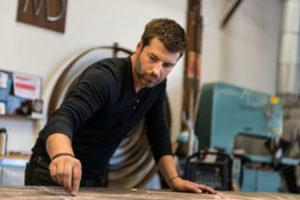 TLCD’s ongoing Wine Wednesday tradition is evolving and we are thrilled to welcome creative professionals to share their process, passion and artwork with our team. We recently had Petaluma sculptor Matt Devine join us and he brought many small scale pieces which he encouraged us to touch and examine. Matt works in metals… steel, aluminum and bronze and achieves beautiful variations depending on the metal and the finishing treatment.
TLCD’s ongoing Wine Wednesday tradition is evolving and we are thrilled to welcome creative professionals to share their process, passion and artwork with our team. We recently had Petaluma sculptor Matt Devine join us and he brought many small scale pieces which he encouraged us to touch and examine. Matt works in metals… steel, aluminum and bronze and achieves beautiful variations depending on the metal and the finishing treatment.
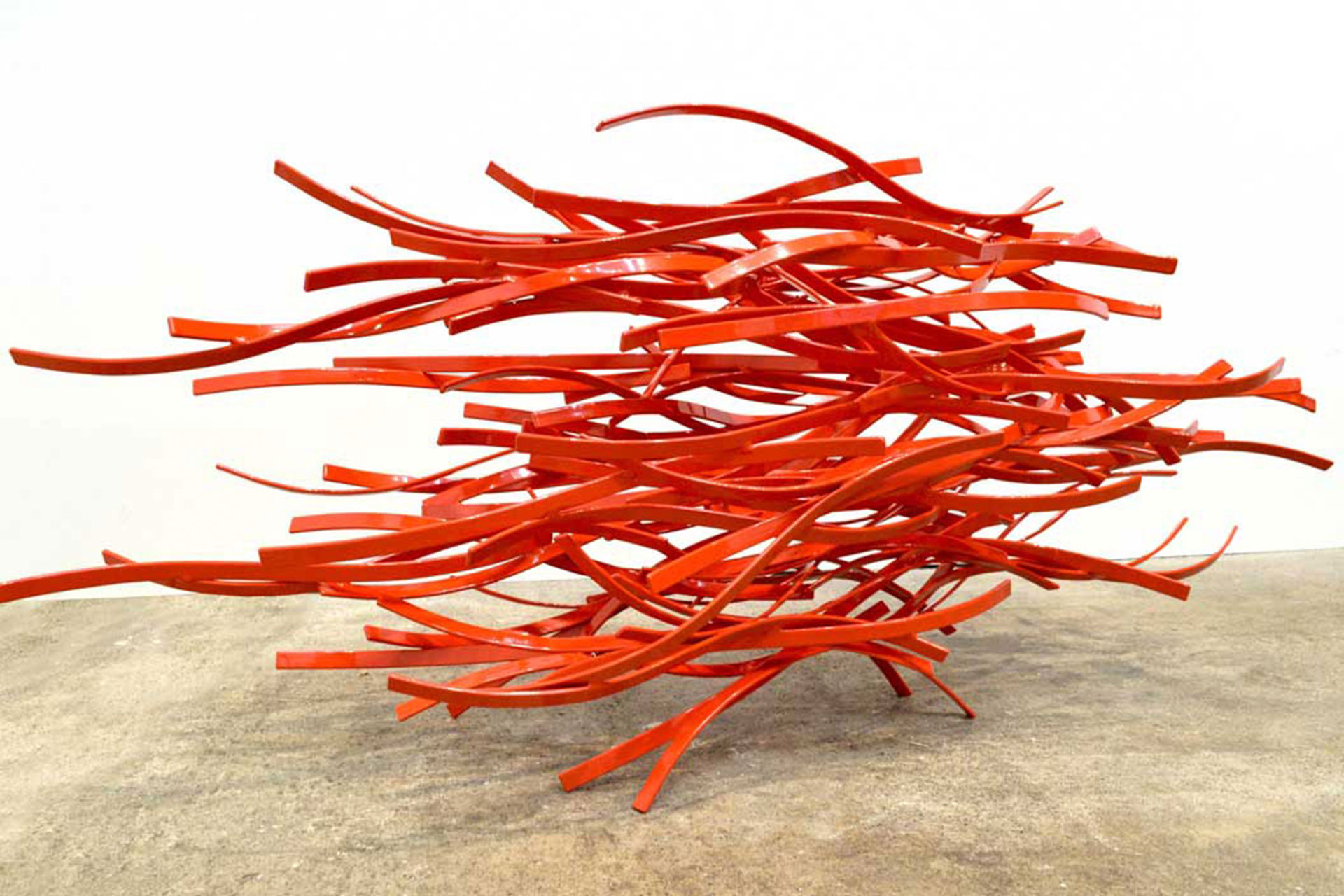 Matt was commissioned by TLCD to create a custom installation at our American AgCredit project in Santa Rosa. It doesn’t get much better than designing a building from the inside out, with custom furniture solutions and an amazing collection of art.
Matt was commissioned by TLCD to create a custom installation at our American AgCredit project in Santa Rosa. It doesn’t get much better than designing a building from the inside out, with custom furniture solutions and an amazing collection of art.
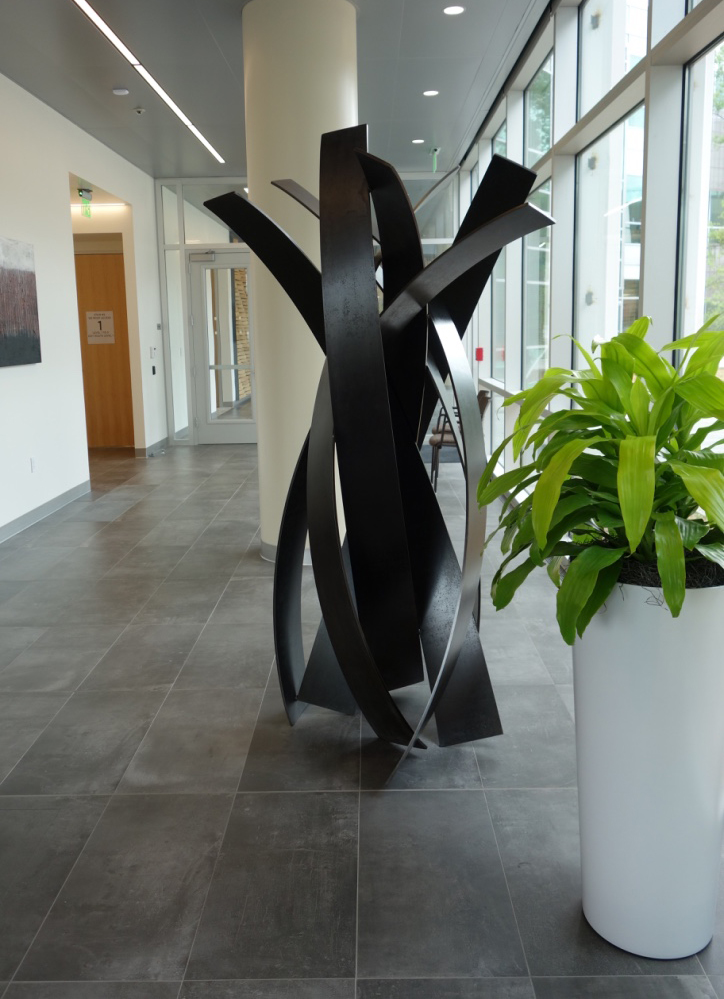
Representation in the San Francisco Bay area is by Simon Brietbard Fine Arts.
IES Outdoor Lighting Award Goes to American AgCredit
The American AgCredit Headquarters building has received the Outdoor Lighting Design Award of Excellence from the San Francisco Chapter of the Illuminating Engineering Society. TLCD Architecture’s electrical engineer and lighting designer was Summit Engineering of Santa Rosa.
The building features numerous vertical strips of lighting throughout the building’s exterior zinc skin. These strips will eventually be computer controlled to generate changing patterns of light in the evening. Another key lighting feature are the landscape forms on the rooftop deck that creative an ethereal glow at night.
This was an incredibly fulfilling collaboration with the team at Summit Engineering.

3D Building Scanning as a Collaboration Tool
 The world of architecture and construction is rapidly expanding. The tools at our disposal are increasing every day, and keeping up with trends is critical to our profession.
The world of architecture and construction is rapidly expanding. The tools at our disposal are increasing every day, and keeping up with trends is critical to our profession.
While TLCD Architecture has been modeling all of our projects in BIM for some time now, the evolution of 3D scanning is finally getting to a point where the costs/benefit tradeoff makes it a no-brainer. 3D scanning is no longer a luxury, but a staple for modern construction.
We recently had the opportunity to collaborate with our friends at Truebeck Construction as they performed a 3D scan of the interiors of the soon-to-be Wine Spectator Learning Center at Sonoma State University. We have worked with Truebeck before and they do exceptional work, but we were amazed to learn that they have their own in-house crew to perform these scans. Alex and Drew walked us through the process as they moved through the building.



The entire shell interior took them approximately 4 hours to scan. The scanning equipment uses a gimbaled laser and camera combination, and utilizing a mirrored system it spins and takes thousands upon thousands of tiny photographs paired with a distance reading measured by laser. Each point on a wall is within roughly 1/8” of each other, and is captured a minimum of four times, and the average distance is taken. As they move the tripod-mounted scanners from place to place to capture all the hidden nooks and corners, they also relocate a series of plastic spheres. These spheres are used later on to triangulate position and match up all the various scans they have taken, similar to pasting together photographs to get a single continuous montage from several photos.
The resulting ‘point cloud’ can be thought of as a three-dimensional photograph, one that with the right software, can be explored as a walk-through. This software comes in handy especially on remodel projects, where it can be used to check the accuracy of the as-built conditions (columns are known to be off by a foot or more at times), as well as documenting the rough constructions before finishes are applied. For example, it’s a useful tool to capture the path of a plumbing run, electrical conduit, or other utilities in the wall before drywall is applied or concrete is poured.
When the point cloud is placed within our digital model (a 3D model of the building we use to generate our drawings), we can quickly assess the variations between our model and the built conditions. It’s an exciting time to work in architecture. Thanks to our friends at Truebeck for supplying the point cloud and walking us through the process.
TLCD Architecture’s Office Attains LEED Certification!
 We just learned that TLCD’s Office has achieved certification under the LEED 2009 Commercial Interiors rating system. While this is not our first LEED certification, it’s particularly meaningful since it’s our own office environment.
We just learned that TLCD’s Office has achieved certification under the LEED 2009 Commercial Interiors rating system. While this is not our first LEED certification, it’s particularly meaningful since it’s our own office environment.
Leadership in Energy and Environmental Design (LEED) is one of the most popular green building certification programs used worldwide. Developed by the non-profit U.S. Green Building Council (USGBC) it includes a set of rating systems for the design, construction, operation, and maintenance of green buildings, homes, and neighborhoods that aims to help building owners and operators be environmentally responsible and use resources efficiently.
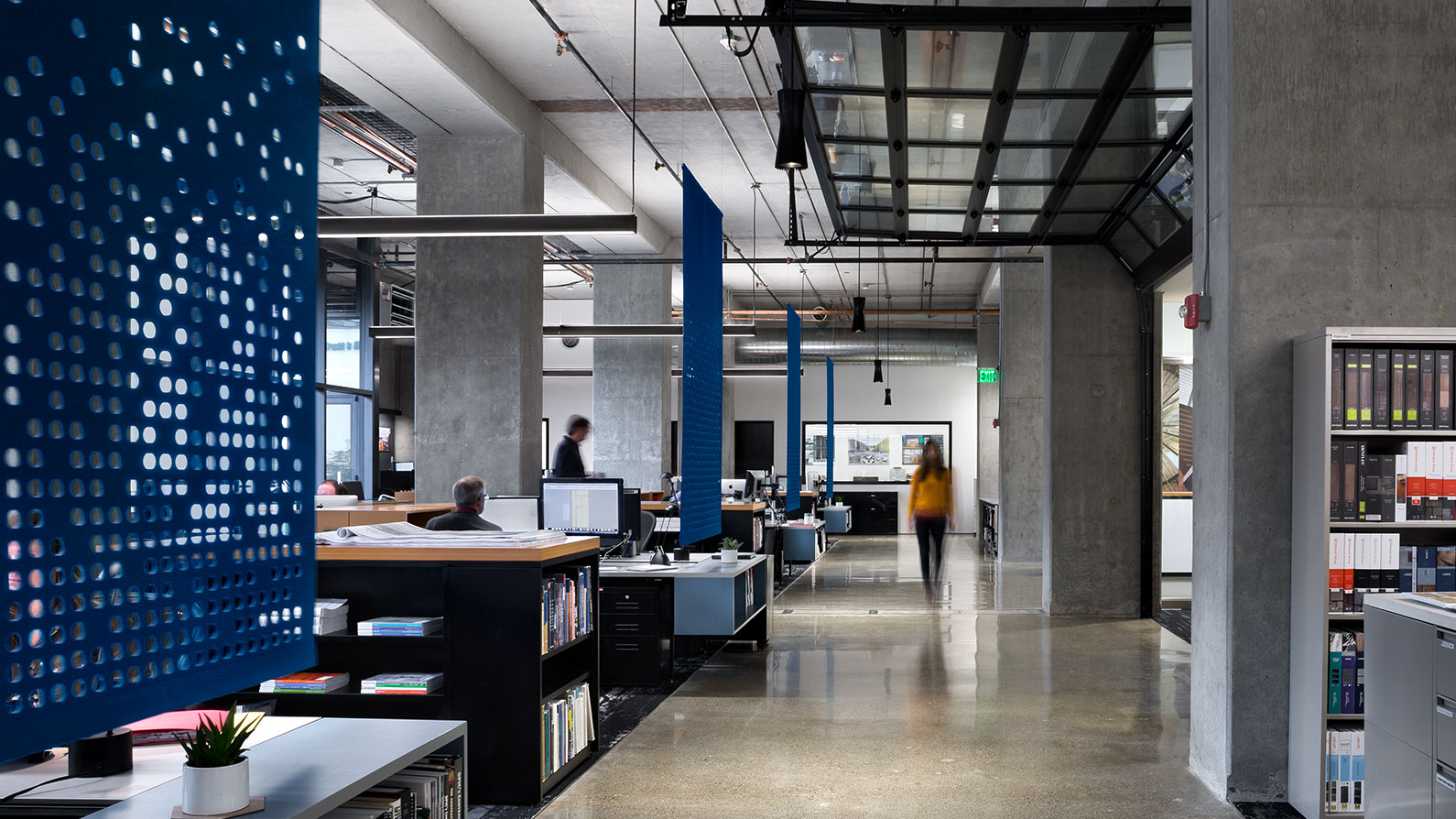
We are proud to have designed a very sustainable office environment, and hope that it will spark interest on the part of our clients and other visitors to our office to do the same.
Commercial Architecture: Metal Origami Cladding Featured on Cover
When TLCD Architecture set out to transform a former telephone switching building in downtown Santa Rosa into a mixed-use project called Museum on the Square, our goal was to turn the windowless structure into a vibrant, urban building with visual appeal. In order to achieve this objective, we overlaid the concrete structure with perforated aluminum panels by McNichols Perforated Metal. Working with fabricator and installer B.T. Mancini, TLCD designed a series of bent panels to achieve a unique sculptural effect. Low and behold, these “origami’ panels (as we call them) ended up on the cover of Commercial Architecture Magazine, along with an article about our use of the perforated metal panels.
Top Projects 2016: Large and Small Scale Office Space
The North Bay Business Journal held it’s 2016 Top Projects event in December where 20 North Bay projects were recognized and celebrated by the business community. TLCD Architecture was the architect on two distinctly different projects in the “Office” category.
American AgCredit is a 120,000 sf financial headquarters building for the nation’s largest agricultural lender. Our team worked with the client to design a flexible office environment that encourages collaboration and supports a strong company culture. Read more on our blog post “Creating Unique Spaces That Enhance Culture”.
 TLCD’s new Office in downtown Santa Rosa is much different in scale but also supports workplace culture. It’s not often that architects have the opportunity to design their own space, and the former AT&T Building presented the perfect urban canvas for us. The design allows the natural character of the building to come through, while creating a very contemporary workplace.
TLCD’s new Office in downtown Santa Rosa is much different in scale but also supports workplace culture. It’s not often that architects have the opportunity to design their own space, and the former AT&T Building presented the perfect urban canvas for us. The design allows the natural character of the building to come through, while creating a very contemporary workplace.
Thanks to the North Bay Business Journal for hosting this event and celebrating the built environment in the North Bay!
AIA Redwood Empire Celebrates Design!
The AIA Redwood Empire chapter celebrated the best in North Bay architecture at their Design Awards Gala held at Deerfield Ranch Winery in Kenwood on October 21st. Current AIARE President, Nick Diggins of TLCD Architecture, and Executive Director Wendy Young handed out awards, while juror Mary Johnston, FAIA announced the winners and shared insights from the jury on the winning projects.
The Academic Center at College of Marin, a project by TLCD Architecture + Mark Cavagnero Associates won a Merit Award for a Built Project.
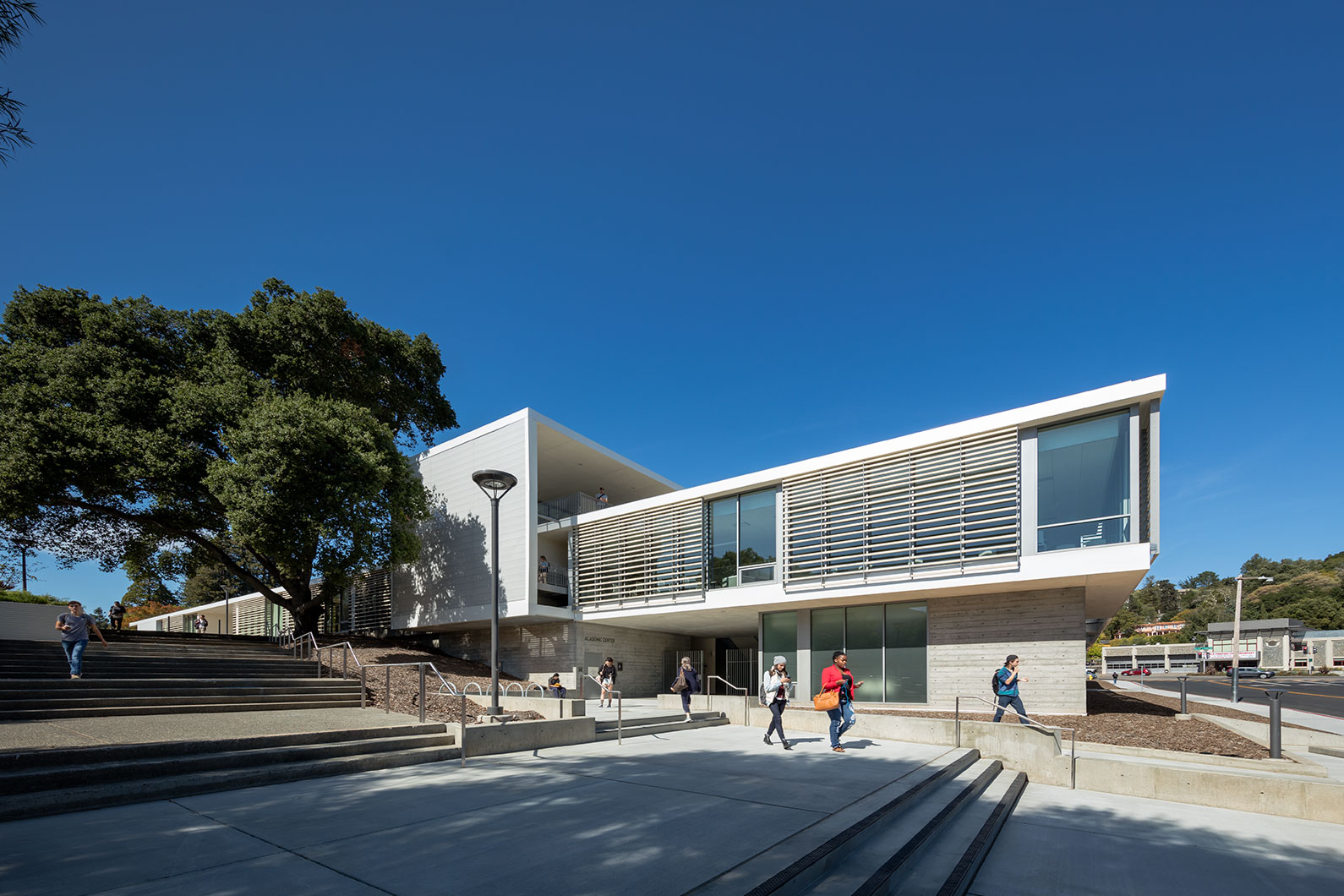
“This project elegantly integrates a complex topography with a clear, simple plan organization. Its restrained use of materials and careful proportion create a building that anchors both its site and surrounding campus, reaching out to the neighboring community through a series of outdoor and indoor circulation spaces.”
– Jury comments
TLCD also received a Citation Award for the new American AgCredit Headquarters in the Built Project category.
“This project carefully breaks down massing to a human scale through the use of materials that layer light and shadow to mitigate against its inherent horizontality. The variety and character of outdoor spaces, connected visually and directly to interior function spaces, create the sense of a campus where the building’s users can come together. The internal stair provides a unique gathering space for informal encounters.”
– Jury comments
Closer to home (and our hearts) was a Citation Award for our new office at Museum on the Square in the Alteration, Rehab, Historic Preservation category. TLCD teamed with a local developer to renovate this building which faces Courthouse Square in Santa Rosa’s downtown core.
“This project provides a template for successfully repurposing urban infrastructure to accommodate new uses, acting as a catalyst for further development. The interplay between retained and new elements creates a compelling, unified expression that completely transforms the hermetic switching station into a transparent and well-proportioned urban palazzo.” – Jury comments
The North Bay design community knows how to throw a great party and celebrate the built environment!
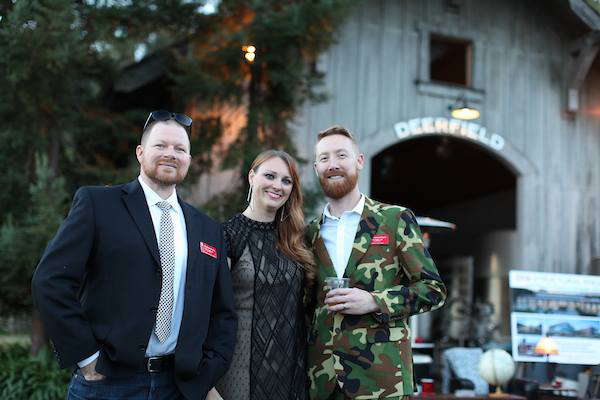
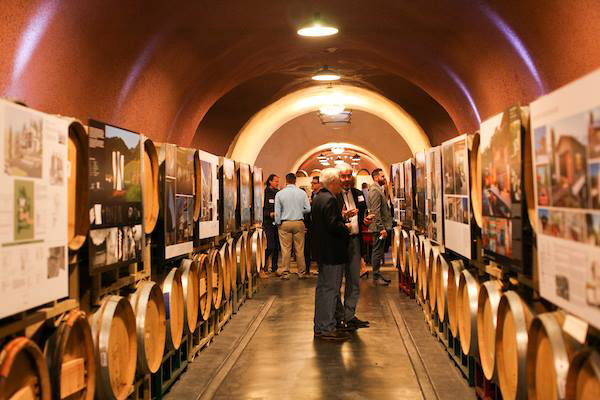
Tom Tomasi: Santa Rosa Architect’s Life Celebrated
Tom Tomasi, founder of Tomasi Architects in Santa Rosa, passed away at age 92 on September 16th. Tomasi is the “T” in “TLCD Architecture” and his passing has real significance to all of us at TLCD. Tom’s son, Don Tomasi joined his father’s firm in 1984 and helped shape the growth and decision to merge with Lawry Coker DeSilva Architecture in 1993.
After the merger, Tom stayed involved with the firm and brought his design expertise to projects, however Don took over a leadership role – which continues today. It’s not everyday that you experience such a strong family legacy passed down through generations. From the firm’s inception in 1965 to celebrating our 51st year as TLCD Architecture, Tom Tomasi will be remembered as a driving force in local architecture.
IIDA: Spring Forum and Farm to Table Event
By Suzanne Nagorka
Director, North Bay IIDA NC City Center
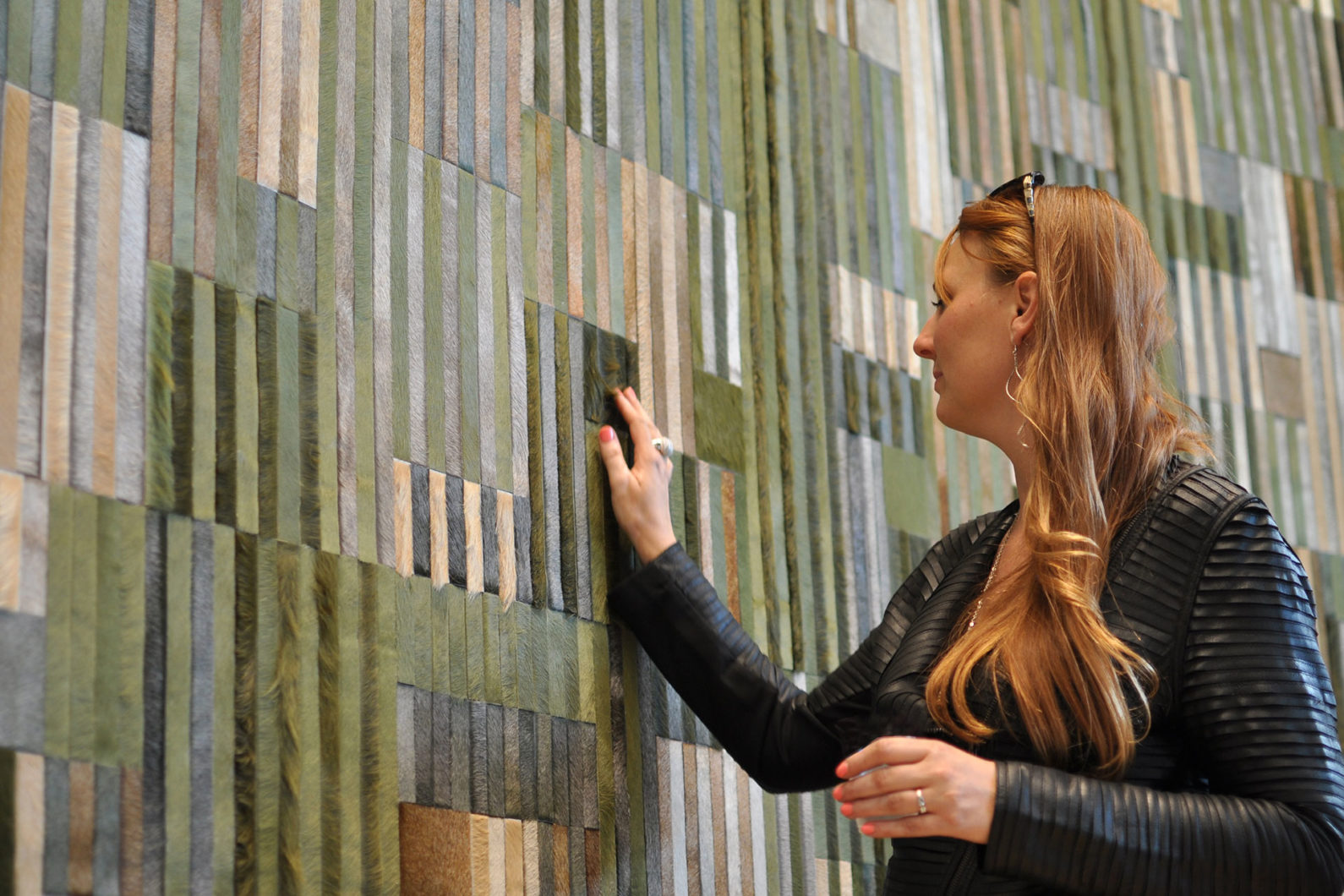 I recently had the opportunity to work with a wonderful committee of designers and industry representatives to plan the North Bay Spring Forum which followed the IIDA Northern California Chapter theme of “Design for Humanity”. What better place to host the event than at American AgCredit, a project for which I led the interior design, spaceplanning and art selection over a three year period.
I recently had the opportunity to work with a wonderful committee of designers and industry representatives to plan the North Bay Spring Forum which followed the IIDA Northern California Chapter theme of “Design for Humanity”. What better place to host the event than at American AgCredit, a project for which I led the interior design, spaceplanning and art selection over a three year period.
Following an inspiring round table conversation by panelists discussing how art and design can influence at-risk youth, American AgCredit’s CSO and the TLCD design team toured attendees through an amazing new 120,000 square foot new headquarters building. IIDA members were delighted to see a corporate interior environment with such an extensive art collection and commissioned installations including a cowhide wall mural, barrel stave feature and rammed earth wall. Throughout the afternoon local wines and delectable’s with a “Farm to Table” theme added to the festive atmosphere on the roof deck overlooking Sonoma County’s vineyards.
Neocon 2016: Is Your Workplace Ready for a Refresh?

There’s lots of excitement around applying a more residential feel to the commercial workplace. Furniture designers are creating collections that support a variety of postures and resemble the soft curves you might see at home. Not all creativity and productivity happens at a cubicle – some of our favorites in this “Resimerical” movement really support alternative ways of working.
Bernhardt’s Casino is a beautiful new sofa collection that was extremely popular at Necon 2016. Incorporating lounge furniture destinations within a workplace are just as important as the design of individual desks. It gives employees the opportunity to put their feet up in the middle of the day, much like you would at home. Pull-up side tables for a laptop, iPad or coffee cup while reading the paper were also featured in furniture arrangements.
Another favorite is the new Rockwell Collection by Knoll. The idea behind these new pieces is to create an environment that enables a variety of experiences, and empowers users to transform their space at a moment’s notice. Everything is mobile, easy to reconfigure and has a hospitality quality that captures the “Resimercial” feeling seen throughout the show. This type of collection could easily be incorporated into a higher education project where students need to work alone or in groups – such as TLCD’s Wine Business Institute project at Sonoma State.

One of the biggest challenges in workplace design is creating acoustically balanced spaces for optimal working conditions. Luckily for designers, decorative acoustic solutions are hitting the market and there are more resources than ever before. We have already been able to incorporate some of these solutions into our current work and the products are both beautiful and functional.
Felt has been making a huge come-back in recent years. These sound softening, modular products can be found on walls and ceilings providing acoustic absorption and dividing space with opportunities to incorporate graphics and pattern into the environment. One new felt introduction is Link from Filzfelt and it’s comprised of reconfigurable hexagonal modules that connect to create a private to semi-private screen depending on the negative space within the module. The overall effect has a delicate crochet type patterning.
For TLCD’s new office, we were able to use one of Filzfelt’s hanging panel products to introduce a playful, screening and sound absorbing element at the end of the workstations.
 The need for acoustics does not transcend specialty spaces. Newest to the acoustic wood wall and ceiling product scene is Unika Vaev’s Ecoustic Veneer product. Perforated and non-perforated beautiful wood veneer is available in a linear shiplap installation method. The product is engineered to reduce install time and be installed over almost any substrate for our remodel clients with expedited schedules!
The need for acoustics does not transcend specialty spaces. Newest to the acoustic wood wall and ceiling product scene is Unika Vaev’s Ecoustic Veneer product. Perforated and non-perforated beautiful wood veneer is available in a linear shiplap installation method. The product is engineered to reduce install time and be installed over almost any substrate for our remodel clients with expedited schedules!

We hear this new buzzword in relation to workplace design from clients, social scientists and manufacturers in the design industry. Neocon 2016 was a great way to learn about the latest and greatest products available to address the need for privacy in today’s fast-paced and technology rich work environment. We found three products that we plan to add to our toolkit. 
The Reflect chair by Allsteel is presented as a “new solo workspace” that creates a personal refuge in an open work environment. The large enveloping back reduces visual distractions. Generous armrests allow room for a laptop or paperwork. Mostly we like the oversized comfy seat with contrasting materials that welcomes folks who need a break. The new headquarter building TLCD designed for American AgCredit incorporates similar furniture solutions for privacy and comfort.
We learned about a new glass source for our projects – Carvart Contract, which was awarded Gold in the architectural & decorative glass category. Their super easy website boasts a soup-to-nuts collection of architectural glass products and hardware systems for just about any application. Their privacy solutions include full-height sliding glass panels with a range of gradient and pattern options.
 Teknion received the Neocon Best of Competition award for it’s Zones Collection that provides flexible alternatives for small one and two-person getaway spots. People can stretch out or huddle in privacy yet still have a subtle visual connection with their surroundings.
Teknion received the Neocon Best of Competition award for it’s Zones Collection that provides flexible alternatives for small one and two-person getaway spots. People can stretch out or huddle in privacy yet still have a subtle visual connection with their surroundings.
Summertime STEM Education and Architecture
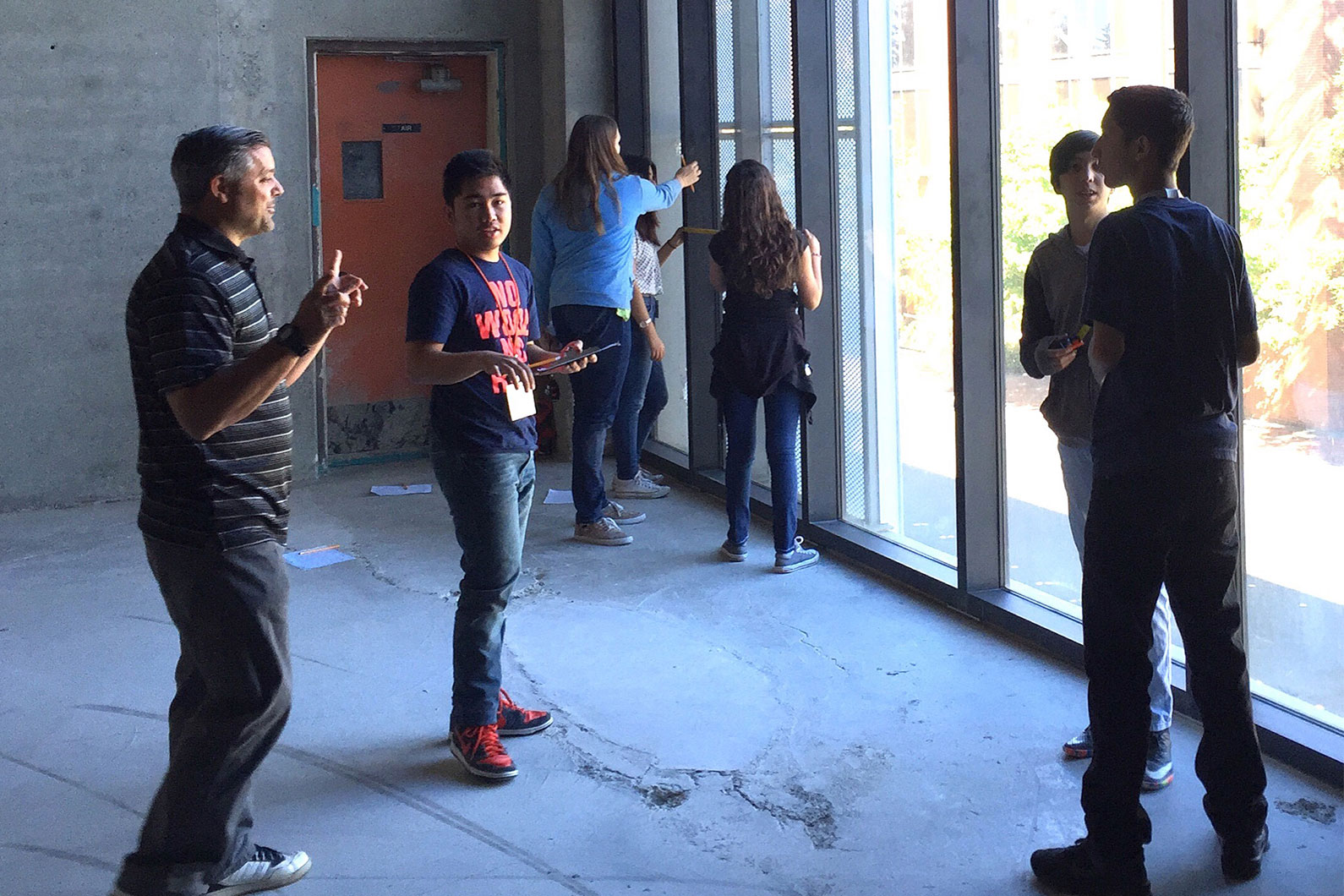 By Carl Servais AIA, NCARB, LEED AP
By Carl Servais AIA, NCARB, LEED AP
The Mike Hauser Academy is a summertime program through the Santa Rosa Chamber of Commerce that focuses on STEM (Science, Technology, Engineering and Math) education. The program provides students entering 9th grade with hands-on experience from STEM related employers in the area. TLCD Architecture hosted the class the week of June 20th and I had an opportunity to work with fellow designers, Nick Diggins and Stacey Walker to shape the curriculum for the week.
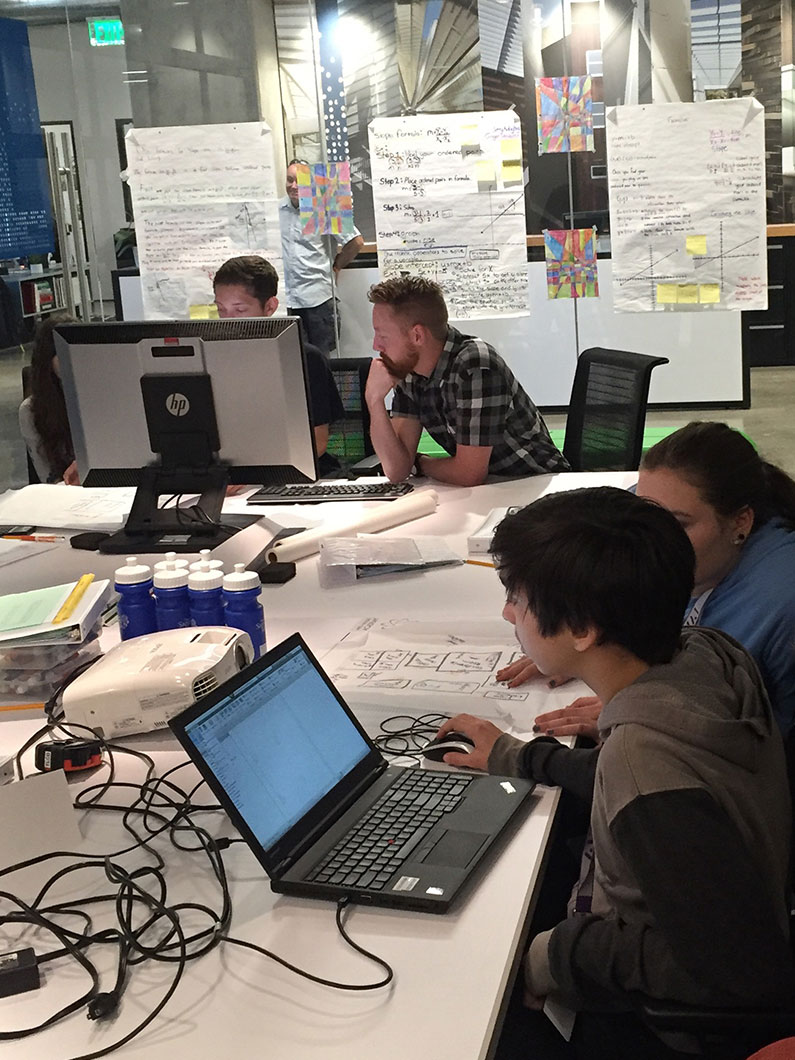
We had a lot of fun leading the students through the process of measuring an existing space, creating scale drawings by hand, developing a design based on a functional program, and finally modeling their design in 3D. The students did an amazing job working together throughout the week, which culminated in a presentation of their design to the group, complete with floor plans and a 3D rendering that could be viewed with Google Cardboard viewers. They particularly enjoyed seeing their own pictures as scale figures within the renderings. Check out these stereo panoramic renderings of the students inhabiting their designs:

Lucas and Ginger
http://pano.autodesk.com/pano.html?url=jpgs/736133b5-4d1f-4157-9609-ffea6be8b99c
Dorian and Janai
http://pano.autodesk.com/pano.html?url=jpgs/4c793c80-ec79-4125-b49d-709875031e62
Jerry and Montse
http://pano.autodesk.com/pano.html?url=jpgs/6fba6e88-9cab-42c4-981b-e570b20bc6ba
Groundbreaking at Sonoma State University’s Wine Spectator Learning Center

Yesterday marked a momentous occasion for Sonoma State University and TLCD Architecture. A well attended groundbreaking ceremony was held for the Wine Business Institute’s, Wine Spectator Learning Center. Speakers at the event included Marvin Shanken, editor and publisher of Wine Spectator magazine, Lt. Gov. Gavin Newsom, U.S. Rep Mike Thompson, and SSU President Ruben Armiñana, among others, and was covered by the Press Democrat.
It’s been three years since TLCD was first selected to design the renovation of the former University Commons building. After an initial design phase, the project was put on hold until the $9 million in private funding was raised.
Now that the project is fully funded, the construction process can begin! The project will be completed in time for students and faculty to enjoy their new space for the Fall 2017 semester.
For more information on the Wine Spectator Learning Center click here.
Celebrating Our New Digs in Downtown Santa Rosa
 Last Thursday, TLCD Architecture held an official ribbon cutting ceremony with the Santa Rosa Chamber of Commerce to commemorate the Open House for our new office at 520 Third Street in downtown Santa Rosa. After a few words from Chamber President Jonathan Coe and Vice Mayor Tom Schwedhelm, we opened our doors to clients, consultants, business neighbors, family and friends to check out our “new digs.”
Last Thursday, TLCD Architecture held an official ribbon cutting ceremony with the Santa Rosa Chamber of Commerce to commemorate the Open House for our new office at 520 Third Street in downtown Santa Rosa. After a few words from Chamber President Jonathan Coe and Vice Mayor Tom Schwedhelm, we opened our doors to clients, consultants, business neighbors, family and friends to check out our “new digs.”
TLCD employees manned the bar and served beer while Starmont Winery poured vino to our guests who enjoyed small bites from Chloe’s while perusing our new home. The open office layout really lends itself to large gatherings especially when the garage door is open, connecting our large conference room to the rest of the space.
We had about 300 guests join us during the three-hour event, which gave us a chance to get a lot of feedback about our design. We invited guests to share their thoughts on the wall in our “Gumby” conference room that doubles as a white board. As we anticipated, everyone had positive things to say about our new office and thought it felt like a great place to work. We are grateful for all of the effort that went into designing and creating our space and definitely enjoy coming to work here everyday!
Thank you to everyone who came to celebrate with us, and if you missed the event – please feel free to stop by next time you’re in downtown!
For more pictures from our Open House, check out our Facebook page!
Art Abounds at American AgCredit Headquarters

Color, texture and form filled the air at American AgCredit’s new corporate headquarters last week as we installed 104 pieces of artwork in their new three-story office building. I got my 10,000 steps in as I led a professional installation crew around the 90,000 square foot office to pin point placement of paintings, photography and sculpture. Tape measures, blue tape and old fashioned “eyeballing” were all employed as we juggled geometry with adjacent elements to create the “wow” factor we were looking for.
29 talented artists from Sonoma County as well as AAC’s Colorado and Midwest regions are represented in a range of mediums including oil painting, pastels, aerial photography, silver gelatin black and white photography, encaustic painting and giclee prints. Several pieces were commissioned specifically for the project, including a large metal sculpture and custom wall installation.
The art selection process topped off my three-year design journey with an awesome client and design team. Hats off especially to the AAC Art Committee for making wonderful selections that reflect the land which supports the agricultural industry.
I can’t wait for my next art consultation project!
For more information on the AAC Headquarters check out this previous blog post.
AIASF Design Award Winners Announced
 The Bay Area architectural design community celebrated its finest last night at the 2016 AIASF Design Awards program at the Herbst Theater in San Francisco. The TLCD Architecture + Mark Cavagerno Associates team was presented with an Honor Award for the College of Marin Academic Center.
The Bay Area architectural design community celebrated its finest last night at the 2016 AIASF Design Awards program at the Herbst Theater in San Francisco. The TLCD Architecture + Mark Cavagerno Associates team was presented with an Honor Award for the College of Marin Academic Center.
The new Academic Center has transformed the College of Marin’s Kentfield campus by thoughtfully engaging three generations of buildings and landscape, to create a new sense of community, and a welcoming gateway to the campus. The jury for the AIASF Design Awards commented:
“The scale of the gorgeous layered boxes is just right. The simple massing, limited surface palette, and the telegraphed linearity make a striking composition with the stately heritage trees. The organization and planning within the landscape has its roots in good campus history.”
TLCD Architecture and Mark Cavagnero Associates are thrilled to be recognized with an Honor Award for this project and our team looks forward to future collaborations.
Santa Rosa’s Evolving City Center

Santa Rosa’s city center has long been known as Courthouse Square and it carries a long, rich history. Originally laid out as a plaza in the early 1800’s, it later became the site of a grand County Courthouse. The Square was a lively center of community and political activity and a place where young and old gathered. The 1906 earthquake destroyed the Courthouse and a new one was built on the same site as part of the reconstruction efforts.
By the 1960’s county government had outgrown the Courthouse and it was razed. In the midst of urban renewal, the Square was divided into two parts by varying interests and Mendocino Avenue was routed through the middle.  Several decades and many City Councils later, the City of Santa Rosa is moving forward with the Reunification of Courthouse Square. This plan reunifies the Square and creates an urban park and gathering space for residents and visitors alike. With proximity to great dining, shopping and events like the Wednesday Night Farmers Market, it will also serve as an economic boon to local businesses.
Several decades and many City Councils later, the City of Santa Rosa is moving forward with the Reunification of Courthouse Square. This plan reunifies the Square and creates an urban park and gathering space for residents and visitors alike. With proximity to great dining, shopping and events like the Wednesday Night Farmers Market, it will also serve as an economic boon to local businesses.
TLCD Architecture has been a downtown Santa Rosa business for over 50 years and the architect on many key public projects. In February 2016, the firm moved to our new office at 520 Third Street, which fronts Courthouse Square. The building, a former telephone switching facility, had been abandoned for decades. TLCD’s team recognized the potential to transform it into a contemporary building with urban office space and retail opportunities. Working as part of the development team, this building was designed with the reunification of Courthouse Square in mind as a way to reinvigorate the city center.
Recognized for our role in the revitalization of downtown Santa Rosa, as well as other community projects, the Santa Rosa Chamber of Commerce recently named TLCD Architecture Small Business of the Year. Principal Don Tomasi, accepted the award and spoke to our firm’s commitment and work culture.
Furthering this exciting momentum are key infrastructure projects including the SMART Train, which is set to begin passenger rail service in late 2016. With stations that include the Sonoma County Airport (also in active expansion mode) and Railroad Square, there will be non-vehicular transportation directly to downtown Santa Rosa. This connectivity will bring a new level of energy and activity to the city center… aka Courthouse Square!
 To learn about the City of Santa Rosa’s vision, see the Downtown Station Area Specific Plan.
To learn about the City of Santa Rosa’s vision, see the Downtown Station Area Specific Plan.
For more about the history of Courthouse Square, read Gaye LeBaron’s article: Old Courthouse Square has divided Santa Rosa for 160 years.
Pharmacy of the Future – Less Confusion, More Accuracy
TLCD’s Healthcare Studio team recently had the opportunity to design a pharmacy space that incorporates a new technology called GSL Solutions Will-Call Intellicab System. This technology aims to create less confusion and room for error when you pick up your medicine.
Who first thought up those alphabetical bins at the pharmacy stuffed with little white prescription bags? Even when they have 2 “S” bins and the curious “P/Q” bin, it always seems that half the lettered bins are overflowing, the others suspiciously empty. The pharmacist shuffles though the piles only to find your prescription isn’t in the bin at all. They talk it over with their mystified colleagues. “Why don’t you give us ten minutes to figure it out?” they say.

That was the past. The next time you get your prescription filled it may start out on a conveyor belt. In this layout below, a Pharmacist sees your order and picks it out of inventory, just like they used to. From there it is placed in a plastic bin and then onto a conveyor belt. After that it heads to a second station where another Pharmacist confirms the order and requests a slot for the patient in the Intellicab. The Intellicab randomly assigns one of its drawers and a blinking light flashes. The pharmacist heads over, waves their ID and a drawer opens. A blinking slot appears and the Pharmacist inserts the order into the bay. If a pharmacist inserts the item into an adjacent bay the Intellicab will make a record of the event to help train the user.

When the patient shows up to collect a prescription, their personal data is entered, and once confirmed the bin with their order in it is identified. A light appears on the drawer that holds it, then the Pharmacist heads over, waves their ID card to let the Intellicab know which Pharmacist is making the request. The drawer opens and a light appears at the patient’s randomly assigned bin. The pharmacist would then check the name on the bag and complete the transaction.
Even more important than speeding up pharmacy lines at busy hospitals, this technology has the power to save lives. Taking the wrong medication can have deadly side effects and, while rare, the wrong medication is delivered to patients from time to time. No system is fool-proof from human error, but this technologically advanced pharmacy design will provide a faster and safer way to get medication.
If you’d like to read more about TLCD’s Healthcare Studio, check out some of our other projects here.
How to Play with Food
Recently the Redwood Empire Food Bank held its annual “Canstruction” event, which turns a food drive into a can sculpture competition. It was held at the Coddingtown Mall for a week of display and voting. Afterwards all the food was donated to our local food bank where it was dispersed into the 52 million pounds of food they donate to families of Sonoma County every year! We were able to raise donations for 2,889 pounds of food for the final design. To start this mission ZFA laid down the strong ground work and rallied the troops for a few fun filled weeks of designing and developing the sculpture. To help visualize and smooth the build day, the team leaders arrived with 3D drawings that were comparable to a Lego instruction book. The day of construction was so fun and rewarding we decided to share the experience. Hey mom, playing with your food is awesome!
TLCD Architecture’s Chair Parade Signals Move to New Office
 Friday brought cloudy skies and rain, but it certainly didn’t dampen spirits as TLCD Architecture moved to our new office just two blocks down Santa Rosa Avenue. Why have movers pack up your chairs, when you can roll them over – umbrellas and all! This symbolic move signifies a nearly decade-long process to renovate an abandoned building in downtown Santa Rosa and turn it into a vibrant, mixed-use project. The Press Democrat captured the essence of this move in this article that appeared over the weekend “Tenants Move Into New Office in Santa Rosa’s Former AT&T Building”.
Friday brought cloudy skies and rain, but it certainly didn’t dampen spirits as TLCD Architecture moved to our new office just two blocks down Santa Rosa Avenue. Why have movers pack up your chairs, when you can roll them over – umbrellas and all! This symbolic move signifies a nearly decade-long process to renovate an abandoned building in downtown Santa Rosa and turn it into a vibrant, mixed-use project. The Press Democrat captured the essence of this move in this article that appeared over the weekend “Tenants Move Into New Office in Santa Rosa’s Former AT&T Building”.
The exterior transformation of the building is very apparent, but the space inside is simply amazing. With 16′ high ceilings, raw concrete walls, and sleek lines, the office feels urban and very hip. As architects, designing your own office space comes with no shortage of ideas for work environment, furniture and finishes. We’ll post more about our new office design in coming weeks… but for today, it feels great to settle in and begin work in our new digs!
Monolithic Desk Installed at American AgCredit Headquarters
As the TLCD Architecture designed American AgCredit Headquarters project nears completion, one of the most exciting details of the project is being installed – the main reception desk. Set in front of a rammed earth wall, this dramatic, 27-foot long monolithic white desk stands in striking contrast to the earthen wall behind it. The desk is manufactured in modules by Isomi in England, and is being installed by a crew from Connecticut. The crew glues the modules together, which are pulled tight by means of a motorized clamping system. The seams are filled and sanded, and the resulting monolithic structure is quite simply stunning. LED lighting will be installed at the base of the desk so that it will appear to float above the floor.
TLCD Announced as Architect for Wine Spectator Learning Center

Sonoma State University announced today that TLCD Architecture and BNBT Builders will partner on the design and construction of the Wine Spectator Learning Center in Rohnert Park.
“As the educational nucleus of a thriving regional economy, it was important to us to engage local professionals on this project. We decided after a lengthy review of top quality firms that TLCD and BNBT have the right combination of skill and experience. Over the coming months, a cutting-edge facility will take shape on campus, designed and built to provide the University community a teaching and learning environment that meets its demands and exceeds expectations as one of California’s leading institutions of higher education,” Dr. William Silver, Dean of the School of Business and Economics said.
TLCD Architecture has been working with the Wine Business Institute at Sonoma State since early 2014 to bring high level design visualizations to the fundraising effort and is thrilled to continue as the architect for this project.
“It’s a real privilege to be involved in such an innovative project. Sonoma State University and the Wine Business Institute have taken a very sustainable approach by revitalizing one of the original campus buildings. We believe the transformation will be truly stunning, and provide a perfect home for this forward-thinking regional and international program,” Brian Wright, Principal at TLCD Architecture said.
Bent Origami Panels Going Up on Museum on the Square

When you think of origami, images of delicate and intricately folded paper comes to mind. TLCD takes origami one giant step further with the installation of a key exterior feature on the Museum on the Square project in downtown Santa Rosa. Perforated metal panels are being installed on the north side of the building to create a “veil” for the raw concrete facade. Typically perforated panels are installed as flat sheets, but TLCD Architecture worked with B.T. Mancini Company to custom fabricate panels manufactured by McNichols. The panels are then bent to form a unique sculptural pattern much like folded origami. The panels also serve a practical function as sunshades for the building. The panels are angled toward nearby Courthouse Square in acknowledgment of the downtown’s main urban space. The north side of the building was covered during much of the early construction and for the last several months work was focused on the exterior glass. When the metal panels began going up it created some buzz, but this week’s installation of the bent panels is literally turning heads. Check out what’s going on at 3rd Street and Santa Rosa Avenue!
Carl’s Excellent Adventure: Leadership Santa Rosa Part 3
My story about the second Leadership Santa Rosa program day, Government and Politics, truly began several months ago at the Class XXXII retreat where several of my classmates and I had a discussion about the reunification of Courthouse Square in Santa Rosa, an important and contentious project which has been in the works for many years. That spirited discussion inspired me to complete our homework assignment by attending the City Council meeting in September where the City Council decided to move ahead with funding the project, and that meeting became a tipping point for me to speak out in support of the City Council’s decision by writing a letter to the local newspaper, the Press Democrat.
And so, with my freshly inspired spirit for civic engagement, I entered the City Council chambers again in October to learn all about government, policy, and politics during our program day.
Continue reading “Carl’s Excellent Adventure: Leadership Santa Rosa Part 3”
IIDA Art & Wine Event Raises Funds for Local Students
Suzanne Nagorka, Interior Designer
Close to 60 members and guests of the IIDA NC (International Interior Design Association, Northern California) North Bay City Center gathered in the sculpture garden of Sonoma County Museum on October 17 for our second annual Fall Art and Wine Event. Over $2,000 was raised for the Museum’s Educational Program that brings art and museum tours to underserved students in Sonoma County.
Our TLCD Architecture Interior Design team (Domenica Sheets, Stacey Walker, and myself) made up half of the planning committee for the fundraiser, and we were also among the many industry sponsors who made the event possible.
Local wine, delicious Mexican food, tasty treats and a generous raffle enhanced the soiree, while face painting artist Clementine the Amazing provided a fun and festive activity for guests who wanted to honor the Dia de los Muertos theme with wearable sugar skull art.
Interior Designers and affiliated professionals were wowed by the Docent tours of the Museum’s three fabulous exhibits: Artistry in Wood, Dia de los Muertos and an amazing Fiber Arts show. IIDA NC is one of 30 worldwide IIDA chapters that leads the way for the next generation of design innovators by providing a forum for professional development and advancement of the Interior Design Industry.
Special thanks go to our Gold Level sponsors: ARC/Bendheim Glass, LeGrand, Shaw Contract and Wolf Gordon.
The final IIDA NC North Bay City Center event of the year will be our annual Member Appreciation Event in December, which we are busy planning! For information on upcoming IIDA NC events, click here.
Carl’s Excellent Adventure: Leadership Santa Rosa Part 2
The topic of Class XXXII’s first Leadership Santa Rosa program day was Agriculture. After our fascinating pretour of a mushroom farm in Sebastopol, I was excited to see what the day would bring, but not so excited about starting at 6am. Ugh! I can’t complain too much though, since our first stop was the Bucher Dairy, a 2nd generation family-owned organic dairy farm on 360 acres near Healdsburg, where they are up every day at 1am to start milking the cows. Yikes! They have 700 dairy cows producing milk for Clover Storneta, and in recent years planted a 40 acre vineyard to support their own wine label, Bucher. I learned a lot about how the farm operates and how they have integrated new technology over time to increase efficiency, including creating their own “plate cooler” that works like a heat exchanger to passively cool the milk with stored water.
Our next stop was Santa Rosa Junior College’s Shone Farm for a panel discussion with Tony Linegar, the Sonoma County Agricultural Commissioner, Karissa Kruse, the President of the Sonoma County Wingrowers, and Doug Beretta from Beretta Family Organic Dairy.
Continue reading “Carl’s Excellent Adventure: Leadership Santa Rosa Part 2”
Serious Fun: California’s Wine Business
Anyone living in California knows the impact the wine industry has on our economy. California produces 90% of the wine for the US with an estimated retail value of $24.6 billion. California is also becoming the leader in wine business education for professionals worldwide. What you might not know is that Sonoma State University in Rohnert Park, is leading the way with its innovative Wine Business Institute (WBI). The WBI is an education and research institute within the School of Business and Economics. It was created as a public-private partnership with a clear mission: to educate students, provide research and develop programs that would support the needs of one of the primary industries and employers in our region and around the world. WBI is the first and only program in the US to focus exclusively on the business aspects of the wine industry, offering both an undergraduate degree and MBA program.
TLCD Architecture, located just minutes from Sonoma State University, has a diverse practice that includes work for both winery/hospitality and educational clients. These two areas of expertise meshed beautifully when TLCD was selected to design the new Wine Spectator Learning Center at Sonoma State. It’s given us an opportunity to explore the programmatic needs of wine business and marketing majors and assist the school in developing high level design visualizations for fundraising efforts.
Our work with the WBI began by meeting with the administrators and faculty to develop a vision and concept for the new facility, which will comprise a complete remodel of the original University Commons Building. From that initial vision we created several renderings of the design concept, which in turn helped to generate several large donations for the project from the Institute’s partners in the wine industry. Schematic Design has been completed, and we’ll be moving into the next phases of design shortly. We’re fortunate to have Summit Engineering on our team, who also happens to be one of the premier winery engineers in Northern California.
It’s incredibly fulfilling to be part of a program that will educate and train the next generation of wine business professionals and entrepreneurs. While TLCD Architecture’s work extends throughout Northern California, we have been in business here in Sonoma County for 50 years. Contributing to our community, quality education and a thriving business culture is important to us.
Wine education is not all about classes, research and training. It’s also about immersing ourselves in the culture of wine and having some “serious fun.” We recently teamed with our friends at Summit Engineering for a showdown at the Sonoma County Harvest Fair “World Championship Grape Stomp” competition. Celebrating its 41st year, the Harvest Fair celebrates Sonoma County’s harvest by honoring world-class wine, beer and culinary creations.
Click the video below to see the TLCD Architecture/Summit Engineering Grape Stomp Showdown!
More articles about the Wine Spectator Learning Center
Wine Spectator Donates $3 Million to Sonoma State University
SSU Wine Institute Gets Another Major Gift
Peter Michael Adds Its Support To Wine Spectator Learning Center At Sonoma State University
Grape Stomp Showdown: TLCD Architecture vs Summit Engineering
 On a warm fall weekend in wine country, the ultimate grape showdown took place between two Santa Rosa firms. TLCD Architecture challenged Summit Engineering to compete in the annual Harvest Fair Grape Stomp for bragging rights about who can generate the most juice in under 3 minutes.
On a warm fall weekend in wine country, the ultimate grape showdown took place between two Santa Rosa firms. TLCD Architecture challenged Summit Engineering to compete in the annual Harvest Fair Grape Stomp for bragging rights about who can generate the most juice in under 3 minutes.
Two teams from each firm prepared for this event by enduring a rigorous training regiment… mainly developing our core strength from laughing so hard. It turns out there is a real finesse to grape stomping as we learned the intricacies of being the “Stomper” or the “Swabby.” Foot size does not matter if you are the Stomper, it’s much more about the swirl and kick technique to move the juice towards the spout. The Swabby role benefitted from laser sharp focus and unusually long arms to funnel the grape juice into the jug.
While the teams from TLCD and Summit did not win the heat that day, we had a respectable amount of “wine juice weight” and went home proud. Purple feet and hands, a trophy t-shirt and the following video mark this historic showdown.
We Rock: Creative Preparations for IIDA Fall Art and Wine Event
Stacey Walker, Interior Designer
IIDA North Bay City Center is gearing up for the 2nd Annual Fall Art and Wine Event and enlisted the help of our TLCD office for the decorations.
Suzanne, Domenica and I are on the planning committee for the festive Dia de los Muertos themed event that will be hosted at Museums of Sonoma County in downtown Santa Rosa on Saturday, October 17th from 3-6pm. There will be docent tours of the historic museum exhibits, ‘Dia de los Muertos Altars’ and ‘Artisty in Wood’, as well as tours of the new contemporary museum exhibit ‘The Sculpted Fiber: West Coast Fiber Artists’. Clementine The Amazing Face Painter, a local award winning face painting artist will be magically transforming our guests’ faces into Day of the Dead Sugar Skulls. There will be a silent auction with wonderful prizes and the proceeds of this event will benefit the Museum’s Educational Program for Students.
We harnessed the creativity of our staff to paint river rocks with sugar skull faces and create beautiful tissue paper marigolds to decorate the Museum Sculpture Garden. Our normally boisterous crowd was quiet with concentration as they painted colorful faces on the collection of river rocks and cut, crimped and twisted the tissue paper into beautiful Marigold flowers!
Tickets for this fabulous event can be purchased online http://www.eventbrite.com/e/iida-north-bays-2nd-annual-fall-art-wine-event-tickets-18317944465 – We would love to see you there!
College of Marin Celebrates Successful Measure C Bond Projects
College of Marin held a celebration Thursday afternoon to mark the completion of the Measure C Bond Program, and the ribbon-cutting for the newly completed Academic Center, which was designed by the team of TLCD Architecture + Mark Cavagnero Associates. Don Tomasi and Brian Wright represented TLCD Architecture at the event, along with John Fung and Olga Kozachek from Mark Cavagnero’s office.

Situated at the corner of College Avenue and Sir Francis Drake Boulevard, the new Academic Center, provides a welcoming front door to the Kentfield campus. The 43,000 square foot building houses 16 classrooms, a 100-seat lecture hall, 3 computer labs, and offices for the college faculty and administration. The building was designed to be fully integrated with the sloping site, carefully preserving many of the heritage oak and redwood trees, and featuring native and drought-resistant landscaping. The project is pending LEED Gold certification.
The celebration was attended by community members, college faculty, staff, board and administration, contractors, program managers, students, and regional elected officials. The mood was festive, with refreshments and conversations centering on the successful completion of the 10-year building program. The college president, Dr. David Wain Coon, led the formal presentation that also included comments by board members, administrators, students and elected officials.
Carl’s Excellent Adventure: Leadership Santa Rosa Part 1
I recently began my two-year participation in Leadership Santa Rosa, an “educational program intended to develop and equip effective community leaders via exposure to pertinent issues, broad thinkers and the richness of Santa Rosa and Sonoma County.” The program was created by the Santa Rosa Chamber of Commerce and as a part of Class XXXII, I hope to join the distinguished group of community leaders who have graduated from the program over the years, including TLCD Architecture’s own Don Tomasi (Class VIII) and Jason Brabo (Class XXIV). Through a series of full-day educational and interactive seminars, I will learn directly from experienced leaders about various aspects of our community including challenges we face and opportunities for our future.
 The topic for our first program day was “Agriculture” and our first official activity was a tour of Gourmet Mushrooms, a mushroom farm off of Gravenstein Highway north of Sebastopol. Justin Reyes, the Manager for Sales and Marketing, led us on a tour through the facility where they grow seven varieties of gourmet mushrooms that are sold under the Mycopia brand at groceries throughout the United States, including our local Safeway, Raley’s, and Whole Foods. The mushrooms are grown in bottles packed with a special wood based substrate that is first “seeded” with mycelium, then incubated for several months, and finally moved to harvest rooms where the mushrooms grow. Their mushrooms have been certified organic and their operations are highly sustainable, including using very little water and producing very little waste. All of their used wood substrate is sold to local farms for compost and the approximately 1 million bottles in circulation at the facility are continuously reused.
The topic for our first program day was “Agriculture” and our first official activity was a tour of Gourmet Mushrooms, a mushroom farm off of Gravenstein Highway north of Sebastopol. Justin Reyes, the Manager for Sales and Marketing, led us on a tour through the facility where they grow seven varieties of gourmet mushrooms that are sold under the Mycopia brand at groceries throughout the United States, including our local Safeway, Raley’s, and Whole Foods. The mushrooms are grown in bottles packed with a special wood based substrate that is first “seeded” with mycelium, then incubated for several months, and finally moved to harvest rooms where the mushrooms grow. Their mushrooms have been certified organic and their operations are highly sustainable, including using very little water and producing very little waste. All of their used wood substrate is sold to local farms for compost and the approximately 1 million bottles in circulation at the facility are continuously reused.

The tour was incredibly fascinating and I learned a lot more than I ever thought I would while wearing a hairnet. I can’t wait to see what other experiences this journey will bring and I promise to keep sharing them with you! For now, I’ll leave you with a few fun facts about mushrooms:
- The largest living organism on Earth is a mushroom in Oregon that is over 2,000 acres and can be seen from space.
- Fungi are their own kingdom, but they are closer to animals than plants.
- Nearly all plants have a symbiotic relationship with a partner fungi.
Stay tuned for more in my Leadership Santa Rosa Series – there are a lot more adventures to come!
To learn more about the farm Gourmet Mushrooms, Inc. watch this video.
Game On… Architectural Renderings Go Interactive
Architecture is a complex process that is integrated with massive amounts of information requiring coordination between many parties. We use software specifically developed for this type of information management (BIM), but what’s so interesting is all this information is imbedded in a digital 3D model. We are constantly finding new ways to use and extract this information throughout the design process.
The current hot trend in design visualizations is the integration of virtual reality (VR) rendering into the Revit (BIM) workflow. I’ve had a lot of fun sharing this new type of presentation with clients, staff, friends – even Angel our office dog tried it out using Google Cardboard. After showing my 9-year old son this cool technology, which literally puts the viewer in the space, I realized it’s already out of date when he said, “Dad, all you can do is look around.” It hit me that the future is here. His generation will be expecting software that enables true interactive immersion. What if we, as architects, can design workflows that allow the user to interact with a space while it’s still in development – much the same way we build physical models to critique and explore ideas?
A physical model has always been an easier tool for sharing ideas than technical drawings. A model isn’t static – you can pick it up, rotate it, move around it, and feel what the idea is in a physical solution. Models are the universal language of design and they help us understand the concept of three-dimensional problem solving. In the digital landscape it’s quickly changing how we share ideas with each other and our clients.
TLCD’s culture is very supportive of testing new software. If you follow trends in new techniques of rendering and architectural visualizations, you may have seen some examples of interactive environments taking off recently. There are many resources for starting this workflow and one that we’ve been testing recently is Unreal Engine 4. We took this software for a test drive and modeled our new office space. Rather than strapping on VR goggles, our staff can walk through our new office and experience it from the comfort of their own computer monitor (view video above).
On the more technical side, how does this type of software change our current workflow? For a current static rendering like the one shown in the first part of the video, we can prime a digital model for rendering pretty quickly. Using the power of our render farm, we usually run 80 cores (CPU’s) resulting in one render after a few hours. Not too bad considering we used to wait days for the same output only a few years ago.
Now if you want video, you are looking at a lot of time and resources to develop an in-house animation that is usually under a minute in length. At the end of multiple days of work you have an amazing video to share with clients and others (and everyone loves movies, right?) That thirty-second video loses its sparkle when you realize that you need to change something in the design as a result of meeting comments. Usually you can’t re-render a whole walkthrough because of tight schedules – but what if you could? What if it was just a part of the standard workflow and you could render the space and were allowed to change views or make a movie within minutes?
Why not turn the scripted walkthrough into a “game” and let someone else walk around and experience it in real time! This is the direction we are headed at TLCD… and virtual reality is just fuel to the fire. Integrating the visual experience with a physical/digital experience is so exciting to us as architects because we are integrating it into our early designs as a linkable workflow. Immersing yourself deeper into an environment is an architectural experience beyond the average visual.
Learning to craft a visualization to create an interactive experience is the new art of rendering. Video game developers have been doing this for years and the most current digital environments are so immersive it almost feels real. This way of sharing a design brings in thoughts of simple actions infused with realism – like adding sounds of the city when you open a door. We see so many possibilities for this in the near future. Imagine an environment that allows end users to experience the space and use it as a learning tool with interactive virtual diagrams.
Our goal is to integrate this software into our designs to create new modes of integrated thinking for clients who are looking for innovation and value for their project. At the moment, we are only designing buildings, but soon we might be creating worlds! This is too much fun to be had all alone, come join us!
 No animals… or architects were harmed in the making of this blog post. Most days Angel can be found at our office brightening people’s days while stopping by their desk for a treat or pat on the head. Nick can be found any number of places…job sites, his work station, client meetings, or low crawling to sneak up on his unsuspecting coworkers!
No animals… or architects were harmed in the making of this blog post. Most days Angel can be found at our office brightening people’s days while stopping by their desk for a treat or pat on the head. Nick can be found any number of places…job sites, his work station, client meetings, or low crawling to sneak up on his unsuspecting coworkers!
Milestone Celebration for American AgCredit Headquarters
TLCD hosted and toasted the American AgCredit furniture selection team yesterday on the occasion of completing the ancillary furniture specifications for their Santa Rosa Headquarters Building. Homemade peach pie and local Sonoma County champagne were savored amidst a colorful disarray of fabric samples and drawings.
After 18 months of furniture research and evaluation, the accomplishment of this major milestone was cause for celebration. The TLCD Interiors team is excited about being one step closer to the December 2015 completion date and seeing all the interior spaces come to life.
The ancillary package being ordered through RDI includes over 800 pieces of furniture for conference rooms, collaborative spaces, break rooms and outdoor spaces.
Cheers to a great team effort!
(For more information on the American AgCredit project, check out previous blog posts here, here, here and here.)
Praxis in Action: Healdsburg’s Cerri Building
In May we put up a post, Praxis: Practical Application of a Theory that talked about the stage in our process where investigation and critical analysis leads to idea generation and critique. We routinely tap into the collective expertise of our team for this critique process – whether it be a casual discussion or a full charrette. Yesterday we held a firm-wide design discussion of one of the more unusual projects in our office – the historic Cerri Building in Healdsburg.
TLCD Architecture is teaming with Healdsburg architect Alan Cohen in the design of the this downtown parcel that will accommodate the City’s farmers market and additional parking. At issue is whether to preserve an existing structure on the site, or to remove it and install new shade structures with photovoltaic (solar) panels. Although very early in the design process, yesterday’s discussion yielded many good ideas that the design team will explore. The main concept is to transform the existing building into a new space that will serve many functions and add to Healdsburg’s vibrant downtown culture. We are looking at strategies that allow for a stronger connection with the adjacent street, sidewalk and most importantly, the visitor. The team also shared inspiration photos that suggest other directions for the design, such a new structure providing indoor/outdoor space for the farmer’s market, as well as alternate surfaces for the photovoltaics.
These open office design conversations are what keeps our projects fresh and the design concepts clear and focused. We refine our ideas by critiquing our work as a group and we are always fascinated by the power of sharing with each other.
Design Features Take Shape on New American AgCredit Headquarters
This week TLCD Architecture’s staff toured our American AgCredit project, a 120,000 square foot, 3-story headquarters building just north of Santa Rosa. The project is scheduled for occupancy in early November and is currently at an exciting stage of construction, with many facets of the design taking shape.
Perhaps 2 of the greatest points of interest were the grand stairway, and a rammed earth wall. The grand stairway connects each of the 3 floors in a dramatic atrium that opens onto the building courtyard. The stair soars through the space at varying angles, and is clad with steel plate railings that were individually lifted into place by crane. These will be “blackened” by an artist in order to provide a deep, black patina. When the building is complete, a 3-story high cowhide mural by Kyle Bunting of Austin Texas will be a prominent feature of the atrium.
The rammed earth wall was built early in construction. It was incased in a wooden structure for protection, and then the building was constructed around it. The protective wood structure was removed just early this week, and so we were some of the first to see this amazing wall, which will form the backdrop to the main reception desk. The wall is a tangible reference to the soil that makes agriculture possible, a powerful reference to American AgCredit mission of farm lending.
 The floors are raised pedestal construction, which allows the reconfiguration of under floor electrical, data, and other systems. In this project we are also using the space below the floor for the supply of conditioned air, an very energy-efficient, quiet and healthy system known as displacement ventilation. We were able to observe the below-floor infrastructure in areas where the floor tiles have yet to be installed. Among other things, we saw “air highways” that are being constructed to efficiently deliver air to the far reaches of the building.
The floors are raised pedestal construction, which allows the reconfiguration of under floor electrical, data, and other systems. In this project we are also using the space below the floor for the supply of conditioned air, an very energy-efficient, quiet and healthy system known as displacement ventilation. We were able to observe the below-floor infrastructure in areas where the floor tiles have yet to be installed. Among other things, we saw “air highways” that are being constructed to efficiently deliver air to the far reaches of the building.
The exterior of the building, aside from dramatic, sweeping curves and multiple “sky bridges”, has an appearance not unlike many other modern structures. However, beginning in late August an exterior “skin” of perforated zinc panels will be installed. These zinc panels will transform the appearance of the building, and will visually articulate the façade while providing sunshading that will significantly reduce the cost of cooling the building.
Architecture Reborn: Fading Past to Vibrant Future
By Kevin Teel, Project Architect
 TLCD Architecture has had the opportunity to work on several diverse historic projects over the last decade – from the 1912 stone Vintage Hall at St. Helena High School – to the 124 year-old DeTurk Round Barn in Santa Rosa. We are set to begin work on another storied historical structure in Healdsburg – a 1920’s warehouse called the Cerri Building. Historic projects are of particular interest to me because we each have our own way of “seeing” the character of a building, leading to unique interpretations and end results.
TLCD Architecture has had the opportunity to work on several diverse historic projects over the last decade – from the 1912 stone Vintage Hall at St. Helena High School – to the 124 year-old DeTurk Round Barn in Santa Rosa. We are set to begin work on another storied historical structure in Healdsburg – a 1920’s warehouse called the Cerri Building. Historic projects are of particular interest to me because we each have our own way of “seeing” the character of a building, leading to unique interpretations and end results.
My personal journey began in Colorado and Arizona – places where I honed my own process for interpreting the history of buildings. Though most buildings I refer to are not historic landmarks, the process of revealing their inner character is the same.
I began to roam old mining towns and backcountry while attending college in the Southwest. There is a romance for the bucolic nature of dilapidated barns and mining structures in this area, but for me the real excitement is in imagining these places in their heyday. What was happening on any typical day? I pull each of my senses into the story and build around the experience. While none of these mental images may have happened, they help set basic parameters for how I would investigate design decisions in future projects. This same philosophy governed my thesis work in Arizona, when exploring adaptive reuse ideas of mining ruins near Prescott, Arizona.
Adaptive Reuse in my mind, is a process of inspiration and evaluation that allows the original building to shine, while simultaneously providing for current needs, regulations and community desires. It attempts to fuse, not separate, these elements into a lasting whole that, when done well “just seems right.” This approach doesn’t lessen the importance of the original building – it simply highlights it. It doesn’t suggest superiority of contemporary materials and methods; it attempts to show commonality of past and present construction means. This is why initial observations are so important to maintain, even in the presence of often complex and competing concerns.
My first visit to DeTurk Round Barn in Santa Rosa was not unlike entering the old mining structures in the Southwest. The barn was boarded up and in quite a state of disrepair, but I felt an immediate connection. After I got over wanting it for myself (yes, adaptive reuse can be a residence), I was immediately struck by what a calming space it was. This is when I began to consider the original function – the barn was built for horses, but they were trotters, not barrel racers. I imagined a well-lit space with beautiful horses steadily moving around the inner ring, clean horse stalls around the edges and hay carefully stacked overhead. This spirit of calmness would be fundamental to the success of this project, no matter the amount of chaos in getting to the finish line!
Next, I was amazed at the light quality of the barn considering every ground floor window was boarded up and covered with plastic. The only light was from the original, dusty skylights above. Clearly this space could be light and bright again. Sometimes seemingly mundane ideas, such as seismic mitigation, take over my thoughts, but this is almost without exception an opportunity to enhance our interpretations.  For example, wooden posts carrying the weight of the loft would not be adequate to meet modern codes and would need retrofitting. These materials could simply be construction waste, or we could find a way to “carry history forward.” Spectacular old growth redwood (a huge piece of our local history) was resawn and used as interior finish in the barn, exposing its beauty for future visitors to enjoy.
For example, wooden posts carrying the weight of the loft would not be adequate to meet modern codes and would need retrofitting. These materials could simply be construction waste, or we could find a way to “carry history forward.” Spectacular old growth redwood (a huge piece of our local history) was resawn and used as interior finish in the barn, exposing its beauty for future visitors to enjoy.
With this inspiration in mind, and as a foundation, the question becomes “What is the vision for this building now and in the foreseeable future?” This is where public input and design team coordination comes into play. Although the community’s feedback reduced the project scope considerably, it didn’t reduce the challenges TLCD Architecture would face. The firm still needed to rehabilitate an extremely unique and dilapidated 8,300 square-foot round barn while maintaining its historic integrity. We were also tasked with seamlessly incorporating a kitchen, restrooms, mechanical/electrical and storage rooms, as well as integrating 21st century technology to ensure DeTurk Round Barn would become a popular event space for the City of Santa Rosa.
TLCD now has another wonderful opportunity to play a role interpreting the history of the Cerri Building in Healdsburg. This is another building with a long, storied history and most certainly a quite different future. It will not be possible without community input, technical expertise and a fundamental understanding of the nature of the space and surrounding environment.
DeTurk Round Barn has been one of TLCD’s most published and recognized projects… I hope you will find the following links of interest:
AIA California Council, Adaptive Reuse Merit Award 2014
Retrofit Magazine Article “Barn Raising”
GreenSource Magazine Article “Uplifting a Round Barn”
Big Ass Fan Case Study DeTurk Round Barn
View video below for more background on the DeTurk Round Barn
Alan Butler Celebrates 30 Years with TLCD!
By Don Tomasi AIA, Principal
In today’s world it’s rare to stay at any one company for an entire career, so its remarkable that in recent months, 3 of us have celebrated our 30th anniversaries with TLCD Architecture. It’s with great excitement that we celebrate the 30th work anniversary of my friend and partner Alan Butler.
Although we didn’t know each other at the time, Alan was working in Seattle in the summer of 1984, and I was living just 4 blocks away – on the same street! We both moved from Seattle to competing architectural firms in Santa Rosa within a year of each other, our offices just blocks apart – you guessed it, on the same street! Alan began work at Lawry Coker DeSilva Architects (LCD) as its 7th employee. But it was another several years before we met. (For the record, we now work in the same office, but live 14 blocks apart – on different streets!)
In 1993 the two firms merged to form Tomasi Lawry Coker DeSilva Architects later to become TLCD Architecture. Alan had become a partner of the firm and was leading the first phase of the Santa Rosa Junior College new Petaluma Campus. Alan’s experience on the SRJC Petaluma campus project and his longstanding interest in higher education helped determine the direction of his career, and he established community college projects as a major part of our firm’s practice.
Alan was responsible for the firm’s first breakthrough project, the new Frank P. Doyle Library at SRJC’s main Santa Rosa campus. Realizing that TLCD Architecture’s best chance of being selected for this project was a strategic alliance with a larger firm, Alan traveled to Boston to explore a relationship with Shepley Bulfinch. Through Alan’s efforts, TLCD and Shepley Bulfinch were awarded the project. As TLCD’s highest profile project at that time, it was instrumental in launching TLCD as a premier architectural firm in the region. With Doyle Library, Alan’s longstanding interest in libraries blossomed into a true passion, leading to several other community college libraries. Alan has authored 2 books on the topic of academic library design, first Touring Libraries and more recently, Experiencing Libraries.
As a Principal of the firm Alan quickly demonstrated his leadership abilities, assuming many office management responsibilities. Over the majority of our 22 years working together Alan and I have shared the bulk of management duties, picking up the slack from the other as our other responsibilities required. The dynamic of our working relationship could best be described as “intuitive”, though I am pleased to note that we do not (usually) complete each other’s sentences!
 It has been a rewarding 22 years, and we’ve had a great time working together. With the help of the incredibly talented people we work with, together we have had the opportunity to oversee the impressive evolution of our firm into something quite remarkable.
It has been a rewarding 22 years, and we’ve had a great time working together. With the help of the incredibly talented people we work with, together we have had the opportunity to oversee the impressive evolution of our firm into something quite remarkable.
After the Napa Earthquake: Rebuilding and Connecting a Community
 By Brian C. Wright, Principal | Project Manager
By Brian C. Wright, Principal | Project Manager
We live in earthquake country and for most Northern Californians’ the possibility of a major earthquake is etched into our consciousness. When the Napa Earthquake struck last August, the 6.0 magnitude quake made national headlines. Images of damaged downtown buildings, wine barrels collapsed into piles and homes leaning sideways were everywhere on the media.
For those of us with friends and family in Napa County, our first reaction was to make sure everyone was safe and to offer our help. I grew up in Napa and the recovery effort began on a personal note for me. Within hours of the earthquake, my sister and I were cleaning up damage and debris at our 94 year-old father’s home. Even without structural damage, it was amazing to see how devastating an event like this can be. There was overturned furniture, dislodged doors, contents literally thrown out of the refrigerator, and of course broken glass everywhere. One of our clients at Napa Valley College had his chimney collapse into his living room – something you don’t see everyday.
In the immediate days following the earthquake, my involvement would take a turn, as TLCD Architecture was selected to work with the County of Napa to assess and repair their damaged buildings in the downtown core. The team assembled for the earthquake repair projects was more than just a slate of companies able to perform the work. This quickly became a close-knit team that worked tirelessly to meet the constantly evolving and unforeseen issues that arose in the days and weeks following the earthquake.
In any emergency, citizens rely on County services for help and support. Many of these important functions were housed in two critical buildings that were damaged – the County’s Main Administration Building and the Carithers Building. In addition to the actual repair work, we were tasked with moving people into swing space to ensure minimal disruption of services. Fortunately, TLCD had been working with the County on a tenant improvement project for the Health & Human Services Agency (HHSA), and this large-scale campus provided the space needed to accommodate teams that were displaced. Juan Arias, the County of Napa Capital Projects Manager shared his thoughts: “The work product and flexibility shown by TLCD in program and project development for our Health and Human Services Agency has been second to none, particularly in light of the earthquake-related needs for relocation of people and departments.”
Every project we work on is a team effort with our clients, but the circumstances surrounding the Napa earthquake took this to another level. The degree of communication, coordination and oversight required to keep so many moving pieces in motion was truly extraordinary. Project Architect, Dennis Kennedy, has been with TLCD for 28 years and played an integral role throughout the scope of these projects. He summarized his experience best: “I feel very fortunate to work for a firm that values relationships and puts resources where they are most needed. My priorities for the last year were the projects for the County of Napa and I feel an immense sense of pride and accomplishment in what we’ve achieved.”
Reflecting back on this last year, the word that most encapsulates my experience is “connection“. In addition to growing up in Napa, a big portion of my career with TLCD Architecture has been focused in Napa County – from major campus bond improvements at Napa Valley College, to the historic renovation of Vintage Hall at St. Helena High School, and in recent years, our work with the County of Napa. When this disaster struck last August, the quality relationships we had formed with the County were only made stronger through the rebuilding process. The entire project team has connected on a deeper level because we came together to do the right thing. We also learned many lessons, which we will share with our existing and future clients. The biggest take-away is the value of implementing current codes that require proper bracing of ceiling systems, ductwork, piping and even furniture systems. For more technical information TLCD’s work on the County Buildings, click here.
Interesting Links…
What to do before, during and after an earthquake
Drone’s Eye View of Earthquake Damage
An Architect’s Perspective on Napa’s Earthquake Repair Projects
Brian Wright AIA
The 6.0 earthquake that shook Napa last August was a devastating blow to many people and businesses in the region – including the County of Napa’s office buildings and employees. After an expedited RFP process required by FEMA, TLCD Architecture was selected to work on the Main Administration Building and the Carithers Building, both County buildings in downtown Napa.
County Administration Building
The County Administration Building is a three-story building housing Public Works, the Planning and Permit Department, the Board of Supervisors, the County Counsel and the CEO’s office among others – some of which were shut down after the earthquake hit. Although the media showed severe structural damage on many historical buildings and homes, modern buildings such as the Administration Building fared much better, suffering mostly from interior damage from broken water pipes and HVAC damage, with some damage done to the exterior shell of the building. Phase 1 work on the Administration Building was limited to the Third floor, which housed the CEO, Board of Supervisors, and County Counsel. Phase 2 included structural and exterior repairs of the building.
The Carithers Building
The Carithers Building, which houses services such as the District Attorney, Public Defender, Child Support Services and the Assessor/Recorders office suffered similar damage. Broken sprinklers flooded half of the building with an estimated 7,500 gallons of water on two floors, and in turn destroyed the ceilings, carpet, drywall and furniture. Additional interior damage to HVAC units and electrical systems resulted, all of which made the process of rebuilding very complex. Phase 1 for the Carithers Building included portions of the first floor, which housed the District Attorney’s office. Phase 2 included the remainder of the work on the additional floors and offices in the remainder of the building.
By the time TLCD Architecture was retained in September, the buildings had been stripped down – carpets ripped out, ceiling tiles pulled down and all damaged furniture removed. We were then tasked with fast-tracking a very detailed project that included unearthing additional “surprises” as we dug deeper into the ceilings and walls of the building and marking up as-built drawings to include all of the damage found.
The first task for our team of consultants was to inspect the building and prepare a damage assessment along with repair recommendations for both buildings. Our marked up as-built drawings were then modeled in Revit, which helped coordinate the efforts of our consultant team. The detailed damage assessment reports, including estimated repair costs, were necessary both for developing repair construction documents, and for submitting to FEMA and Cal OES for potential reimbursement to the County.
TLCD had been working with the County on a large tenant improvement project in South Napa for the Health and Human Services Agency (HHSA) Campus prior to the earthquake. This space proved to be a huge asset for the County and acted as swing space for temporarily displaced programs. TLCD and its consultants provided move management services that helped the County accomplish a complicated series of transfers to ensure all of their staff had a place to work while repairs were being accomplished at the two downtown buildings, as well as work still being completed at the HHSA campus.
We are happy to say we met the County’s Phase 1 deadlines of getting the District Attorney back into their offices on January 3, and the Board of Supervisors back into their new Boardroom by May 5. We are currently working on Phase 2 of the Carithers building and expect to complete the project in September.
Through this process we have learned many lessons, which we will share with our existing and future clients. The biggest take-away is the value of implementing current codes that require proper bracing of ceiling systems, ductwork, piping and even furniture systems.
We are very proud to have been able serve the County of Napa in their time of need. Our commitment and the strong relationship we had developed with them drove our team to accomplish this tremendous goal in a short period of time. Ultimately it was about getting them back into “their homes” as quickly as possible.
Our outstanding team is comprised of:
- TLCD Architecture
- Principal/Project Manager – Brian Wright, AIA
- Project Architect – Dennis Kennedy, AIA
- Designer – Phil Jones
- Designer – Peter Levelle
- Project Captain – Ken Goforth
- Construction Manager – DPR Construction
- Structural Engineer – ZFA Structural Engineering
- Mechanical/Plumbing Engineer – Costa Engineers Inc.
- Electrical Engineering & Lighting – O’Mahony & Myer
- Waterproofing – SGH
- Furniture Services – Facilities by Design
- Move Management – Visions Management
- Audio/Visual – Charles M. Salter Associates Inc.
Why I Love Public Architecture
Alan Butler AIA
The career of an architect has its highs and lows. If we are lucky and engaged in our profession we get a chance to design some great buildings. I have been both fortunate and proud of what I have done in the last three decades of practice. Every so often an event occurs that really gives you a sense of the value of what we do.
This morning I attended an end of the year breakfast presented by the Friends of the Petaluma Campus Trust. In the course of the presentation, three first generation college students spoke; Kim Baptista, a full-time parent and cancer survivor; W. Jamar Minor, an Air Force veteran and transplant from Akron, Ohio, and Adriana Lopez Torres, a Mexican born “Dreamer” raised in rural Marin County. The stories of the opportunities and support that the college and staff have been able to provide them with were extremely moving. Even more impressive was their own determination to push on despite a host of cultural, physical and financial obstacles. It was their teachers, counselors, and staff that really made this happen. As architects we just provided a good place for those things to happen. Their lives will be truly different from those of their parents and the college has made it possible.
For nearly 30 years I have been working on the development of the Petaluma Campus of Santa Rosa Junior College. When I began, the campus was a group of portable buildings behind the giant plaster chicken at the Sonoma-Marin Fairgrounds. In 1995, I was immensely proud to be at the dedication of the first phase of the new campus built on a forty-acre site in east Petaluma. Almost 15 years later I was even more proud as the second phase of the campus’ development ushered in a new era for Petaluma, providing a full range of community college opportunities. As with most building dedications, we accept the accolades, head home, and don’t often get a chance to appreciate the post-occupancy life of the buildings. Hearing the student’s personal stories reminds me of how proud I am to have played a part in an institution that can have such transformative results. It is personal stories like these that really make my professional life worthwhile.
PRAXIS: practical application of a theory
What is your work environment like? Does it motivate and energize you? Well it should! Each workplace has an optimum environment in which to achieve maximum functionality and purpose. As architects we are often called upon to understand and develop what this might be. Most of the time this moment in the design process is called programming, but there’s an even more important stage prior to that. Analysis! Developing a strong base of information can begin to inform designers beyond the norm and make something really unique for a client (or ourselves). This process of investigation, research and critical thought allows us to map information from all influences of a project.
Reflection is another key piece of our design process. We gather all the findings from the analysis stage and move to graphic representations as tools for idea generation and critique. For instance, the Praxis infographic below breaks down one idea to it’s simplest form by graphically telling a story. In this example, “the way we work” was a key element for developing the design of our firm’s new office. Rather than just laying out how many people and offices get implemented into a floor plate, we dove into our office culture. We really wanted to understand what would empower our designers and staff. Read on after the graphic…
 At TLCD Architecture’s new office, which is currently in design, we are consciously surrounding ourselves with our work – a sort of demonstration space to show what we are doing at any given time. You may visit one day and see a process of design happening right in front of you… creating spontaneous interactions between people across multiple projects. Design feeds off of strong studio cultures, and to strengthen ours, we are embracing the process of design and implementing it even further into our own space.
At TLCD Architecture’s new office, which is currently in design, we are consciously surrounding ourselves with our work – a sort of demonstration space to show what we are doing at any given time. You may visit one day and see a process of design happening right in front of you… creating spontaneous interactions between people across multiple projects. Design feeds off of strong studio cultures, and to strengthen ours, we are embracing the process of design and implementing it even further into our own space.
The practice of architecture and designing space for people is an amazing experience that TLCD gets to participate in everyday. We thought our own office space should share this process and not hide it. As we move to the next phase of design, we will begin to activate the space through the use of models, renderings and other visualization techniques. Recently, our staff got together to see what the new office space could look like using a new iPhone app and a simple cardboard box.
The built environment is in constant evolution and it’s a very exciting time for architecture and technology. Having the right team to take you to new levels means that we have to constantly be able to adapt, evolve and learn from each other. Our team thrives off the mutual respect, creative energy and ideas we can generate together. We can’t wait to show you what this looks like at TLCD’s new office, but more importantly to put it into action for our clients. Stay tuned!
Improving Mental Health Care in Sonoma County
A small but important TLCD Architecture project was featured in an article, ‘County Overhauling Mental Health Services for Those in Crisis’ in today’s Press Democrat. The Sonoma County Crisis Stabilization Unit is a new facility that will replace the existing, outdated facility currently housed in the old Sonoma County (recently Sutter) Community Hospital complex on Chanate Road.
 The Crisis Stabilization Unit will expand and improve the County’s emergency mental health services which treat 4500 clients each year. This new, larger facility located at The Lakes business park in west Santa Rosa will be more accessible to the clients they serve and visible to the community. In addition to providing services to adults, it will also provide much needed services to adolescents who are currently among the most underserved in the North Bay mental health care community. Project Manager Jason Brabo, Project Architect Carl Servais, Project Captain Julie Wycoff and Interior Designer Domenica Sheets are the project team.
The Crisis Stabilization Unit will expand and improve the County’s emergency mental health services which treat 4500 clients each year. This new, larger facility located at The Lakes business park in west Santa Rosa will be more accessible to the clients they serve and visible to the community. In addition to providing services to adults, it will also provide much needed services to adolescents who are currently among the most underserved in the North Bay mental health care community. Project Manager Jason Brabo, Project Architect Carl Servais, Project Captain Julie Wycoff and Interior Designer Domenica Sheets are the project team.
The 15,000 sf unit is a Tenant Improvement in an existing business park and has been designed to meet the specific needs of the clients and staff. It will serve those who come in on a voluntary basis as well as those who arrive involuntarily or by law enforcement and will provide a calm, clean and welcoming place for them to access treatment.
The Crisis Stabilization Unit is the second mental health services project TLCD has worked on – the first being the recently completed 95-bed Aurora Santa Rosa Hospital, mentioned in the article.
Mental health facilities present a wide range of design challenges and requirements. Clients need a safe and secure place in which to be treated where they cannot harm themselves or others, and the built environment should support that. Staff also need to be able to observe and monitor clients at all times. The finishes play a large role in creating a warm and welcoming environment while also being durable. The right finishes and color palette can help create a hospitality feel rather than an “institutional” feel. Natural lighting is used as much as possible because evidence has shown that natural light helps balance moods and aids the healing and recovery process. As Stephen Parsons, client case manager at the facility noted in the article, “It will be the kind of place where people who walk in will feel welcome.”
TLCD’s design team has worked closely with the Crisis Stabilization Unit care providers to create a space that will greatly improve emergency mental health care for Sonoma County residents. The work is interesting, complex and challenging. It is also very satisfying to know that the work we do will help improve care for some of the most vulnerable people in our community.
TLCD Getting Their Hands Dirty
You don’t often go out on a Saturday morning in January and think to yourself, “Did I need to put sunscreen on this morning?” But that’s what I found myself doing a couple Saturday’s ago with a crew of folks from the AIA Redwood Empire, including four from TLCD Architecture; Nick Diggins, Peter Levelle, Ron Starkey (Marina‘s husband), and myself. We spent the better part of that Saturday working on the second of five houses to be built at the Woodland Hills project in Cotati for Habitat for Humanity of Sonoma County. We were split into two groups, one crew building a wood fence and the other crew placing sand and pavers for the driveway. I think I speak for the whole group when I say we put in a lot of hard work, and we also had a lot of fun that day. It’s very rewarding at the end of the day to see the fruits of your labor in something as beautiful as a rustic driveway of pavers, or a fresh wood fence. It’s even more rewarding to know that your labor has helped provide a home for a deserving family in your community.
Recognition for the Mendocino College North County Center in Willits
 The Mendocino College North County Center in Willits was recently named a winner in the education category of the North Bay Business Journal’s awards program for Top Real Estate Projects in the North Bay. The North County Center, designed by TLCD Architecture and built by Midstate Construction, opened in the Fall of 2013 and has spurred a growth in the number of students enrolling in classes at the Center. The heart of this facility is the Learning Center, a collaborative learning resource environment with a pair of redwood barn doors that open to administrative space and a wood and glass sliding storefront wall that connects to a computer classroom. The redwood barn doors and redwood board paneling on the interior serves to complement weathering steel panels on the building’s exterior that are slowly oxidizing to a beautiful rust red color.
The Mendocino College North County Center in Willits was recently named a winner in the education category of the North Bay Business Journal’s awards program for Top Real Estate Projects in the North Bay. The North County Center, designed by TLCD Architecture and built by Midstate Construction, opened in the Fall of 2013 and has spurred a growth in the number of students enrolling in classes at the Center. The heart of this facility is the Learning Center, a collaborative learning resource environment with a pair of redwood barn doors that open to administrative space and a wood and glass sliding storefront wall that connects to a computer classroom. The redwood barn doors and redwood board paneling on the interior serves to complement weathering steel panels on the building’s exterior that are slowly oxidizing to a beautiful rust red color.
As Project Architect for the North County Center, this was the first project at TLCD that I was able to work on from conceptual design all the way through construction. When my Mom came to town for a visit, this is the project I took her to see. I am anxious to see the final results of this oxidation process so that the complete design vision can be realized (and so we can do the final photography!). I can’t complain though since I got to work with a couple of folks from the College, Mark Rawitsch, Dean of Instruction, and Mike Adams, Director of Facilities Planning, who had to wait more than 25 years to see the North County Center realized! I guess it’s like they say, all good things are worth waiting for.
Rapid Prototyping: Captured on Video
This was the perfect project to take a test drive of Autodesk’s Dynamo for Revit and see what we could do. Dynamo is a new, exciting, visual programming software that is similar to Grasshopper for Rhino. We are actively beginning our exploration into computational design, and have already begun to see its benefits as we integrate Dynamo into TLCD’s BIM design process. In this quick exercise we were able to quickly develop eight different iterations from our design. Don’t miss the video and take a peek of us creating an addicting, generative design solution to share and discuss with the entire office and friends!
Check out an earlier blog post from December that started this conversation. Rapid Prototyping: Exploring Multiple Design Options

